The first stop on our trip to the Volga was the city of Penza. Penza is actually not located on the Volga river. We were headed to Samara, a city of one million people, but because the train tickets were expensive and we wanted to explore anyway, we decided to pick a city nearby that had the cheapest tickets and visit it. That city ended up being Penza.
Penza was a good choice. It is big, around 517,311 people according to the 2010 census, but not too big, so we had enough time to see most of it. It’s an old city with old architecture, founded in 1663. But a lot of it has been lost over the years.
The city boasts a very nice pedestrian street and cheap, good food. The people are friendly and attractive. While some parts of the city are in bad shape, overall it has a nice local vibe to it that could help turn it into a tourist attraction given proper marketing.
As things stand now, there are probably only a handful of foreigners who visit the city each year. Even the Russians I spoke with looked at me with surprise when I said I was visiting Penza. But we went anyway.
How to get there
The train ride was really cheap, only about 500 rubles (or $8). From Moscow the trains leave from the Kazansky Railway Station located at Metro Komsomolskaya. The train ride took around 14 hours and we had to sit the entire way. But luckily they had plugs so we could charge our phones and work on our laptops the whole ride.
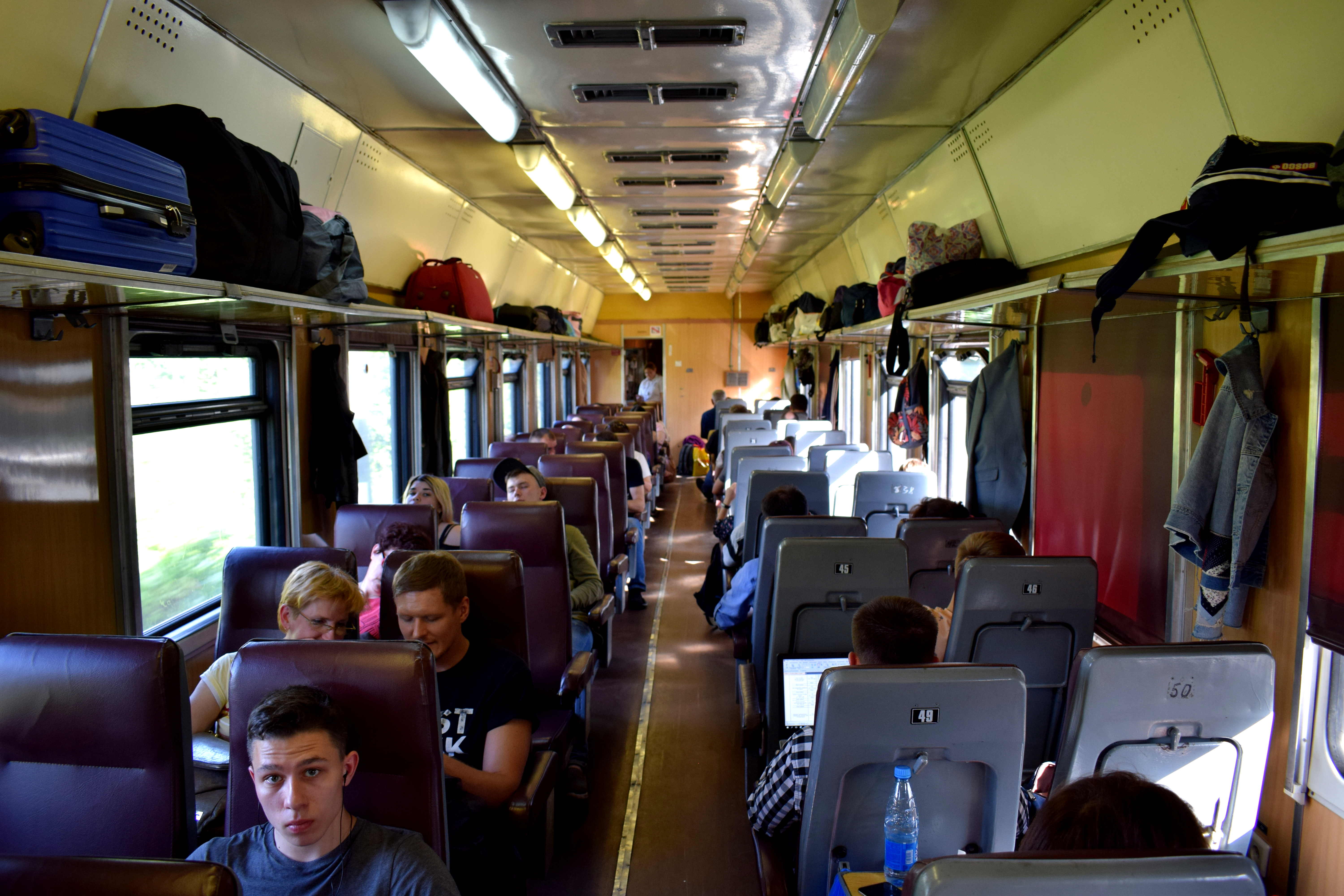 Getting off at the train station in Penza.
Getting off at the train station in Penza.
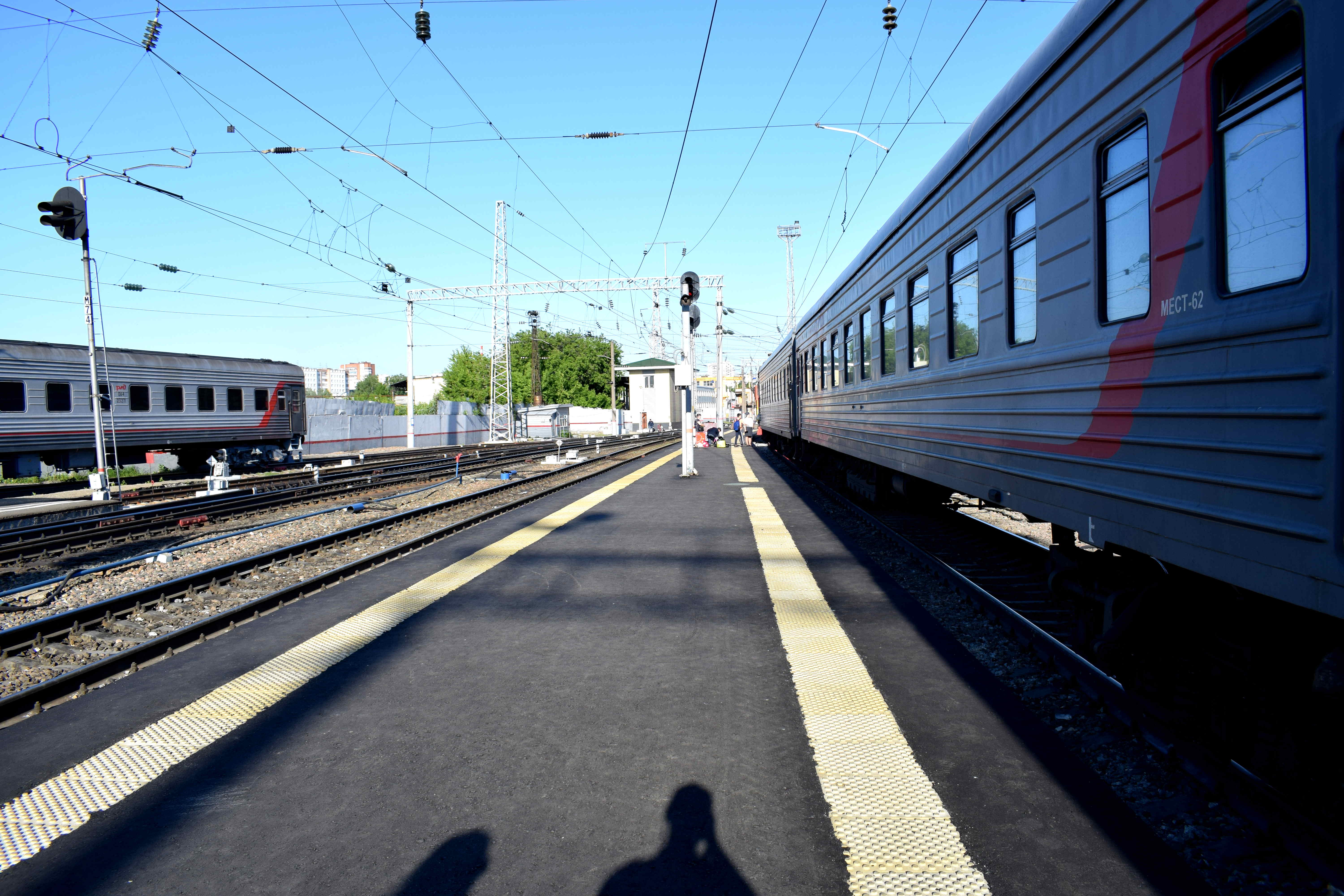 The first thing that got me worried on arrival was the modern train station. After all, Penza was founded in 1663. It has been connected by railway since the late 19th century. So why was Penza’s train station a modern boring building? What did the train station look like in the 19th century and early 20th century? Why was it no longer there?
The first thing that got me worried on arrival was the modern train station. After all, Penza was founded in 1663. It has been connected by railway since the late 19th century. So why was Penza’s train station a modern boring building? What did the train station look like in the 19th century and early 20th century? Why was it no longer there?
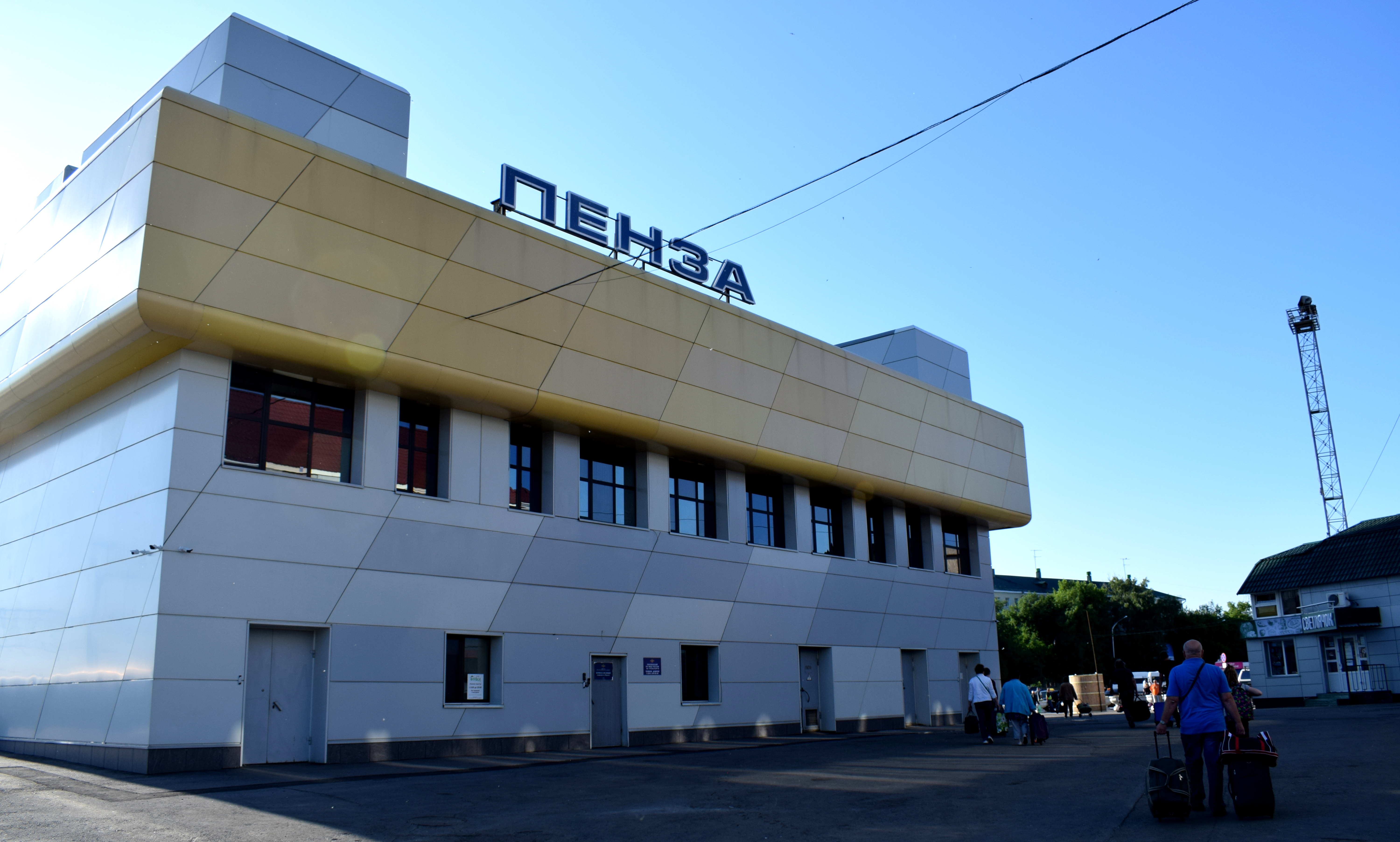 Well the story is a sad one. Here is what Penza’s train station looked like in the late 19th and early 20th century. The original train station was made out of wood, but looked a lot better than it does today.
Well the story is a sad one. Here is what Penza’s train station looked like in the late 19th and early 20th century. The original train station was made out of wood, but looked a lot better than it does today.
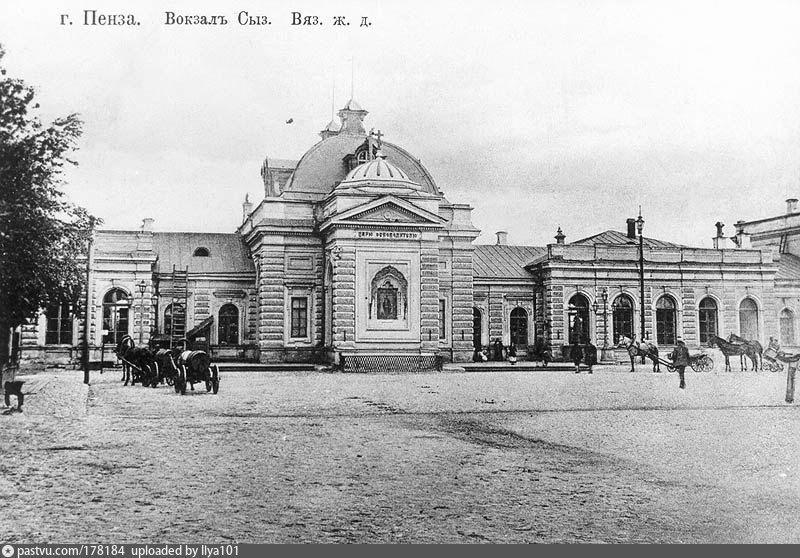
Penza’s train station in 1915. In 1923 the train station was renovated and replaced by brick.
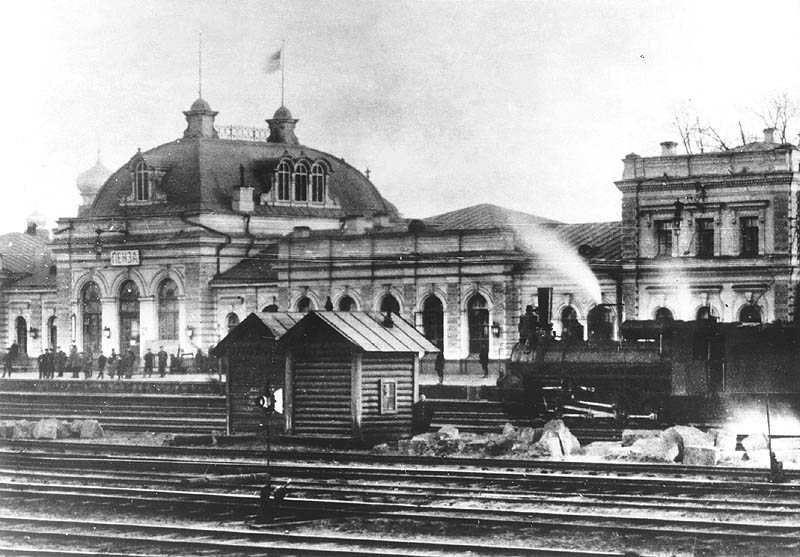
Here is the train station in the 1950’s shortly following WWII.
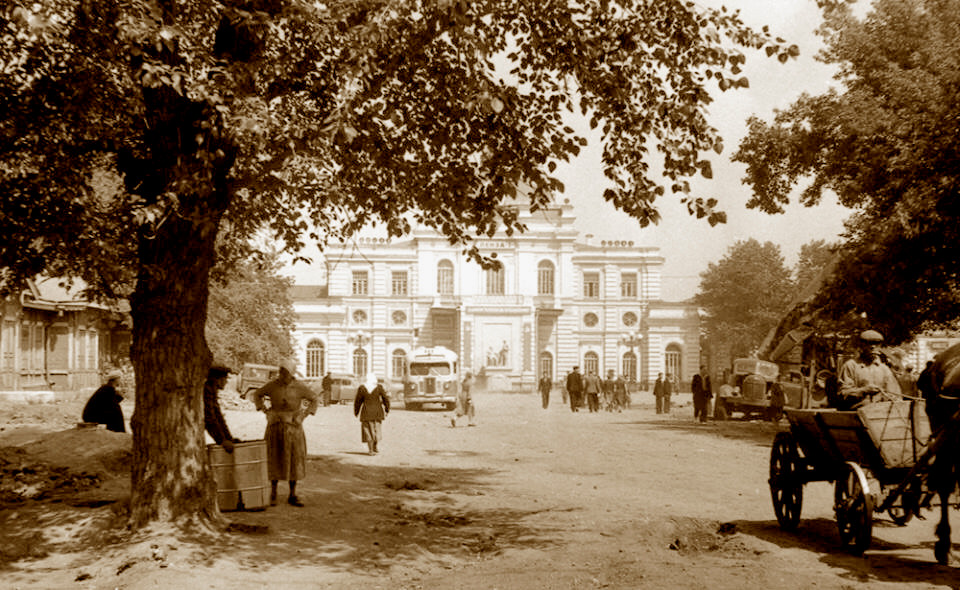
The old train station stood as a central symbol of the city all the way into the late 1960’s. It was a beautiful building, the type you can find in any European city.
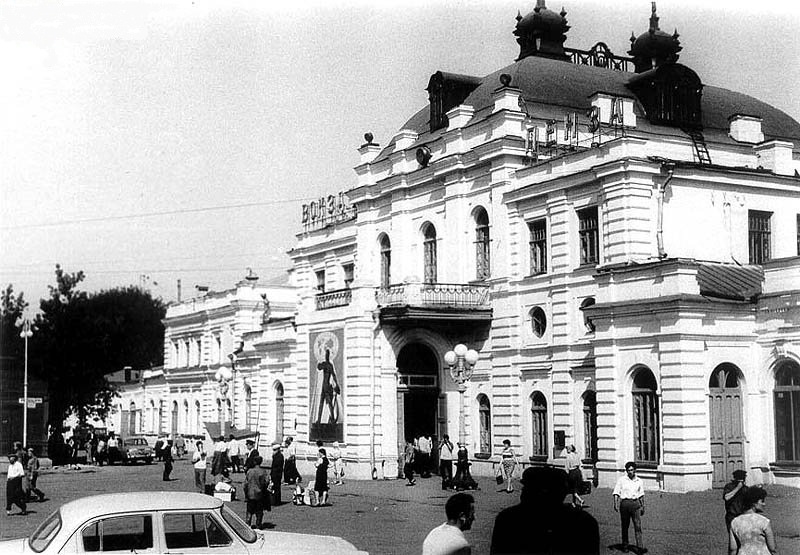
And then the Soviets demolished it and replaced it with this monster in the 1970’s. Communist urban planning at its worst.
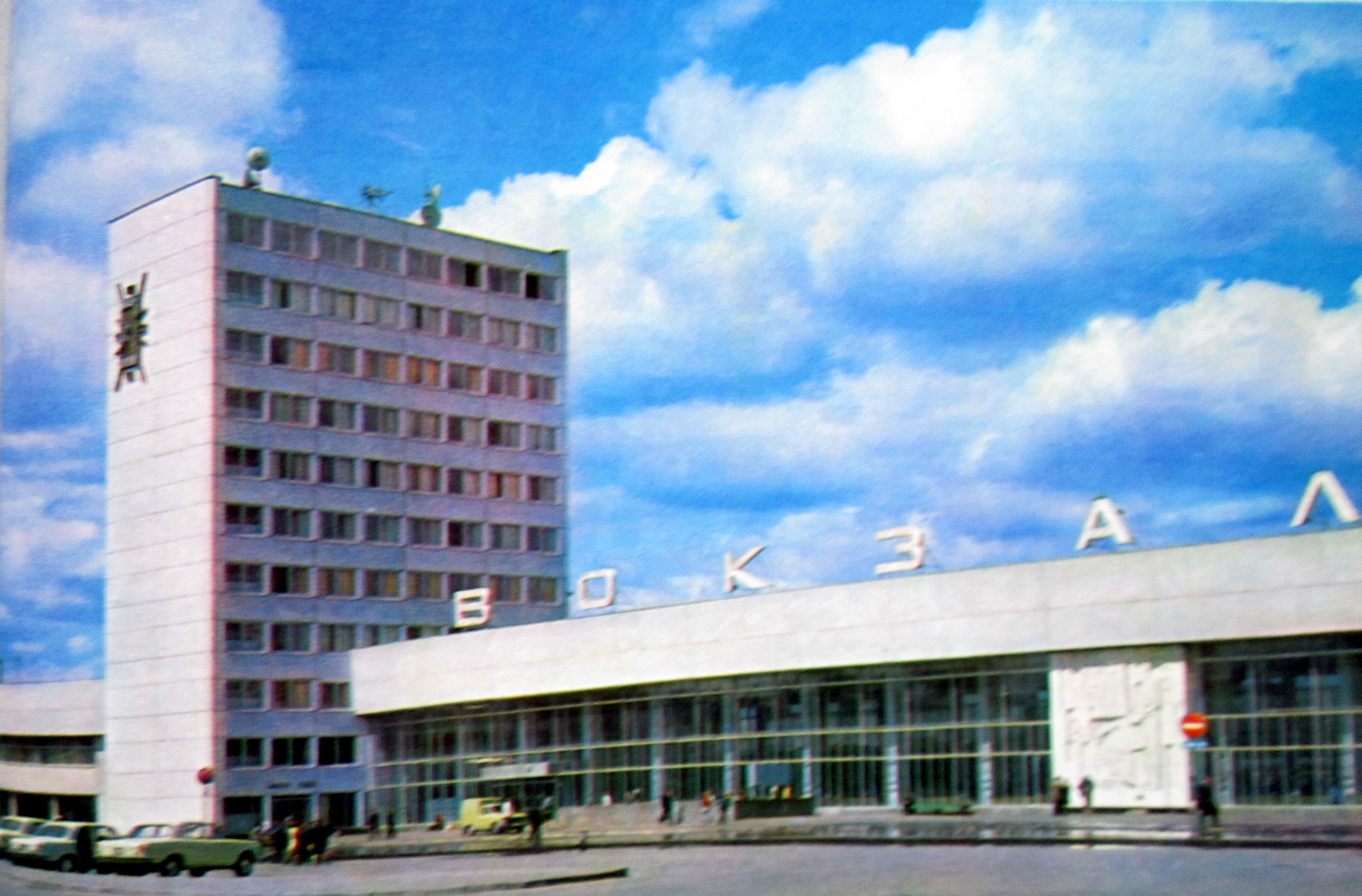
The city carried out renovations of the train station from 2013-2016 where it got its current look. Personally, I think the city should have torn down the station built by the communists and rebuilt the old train station. The result is a central symbol of the city has been lost forever.
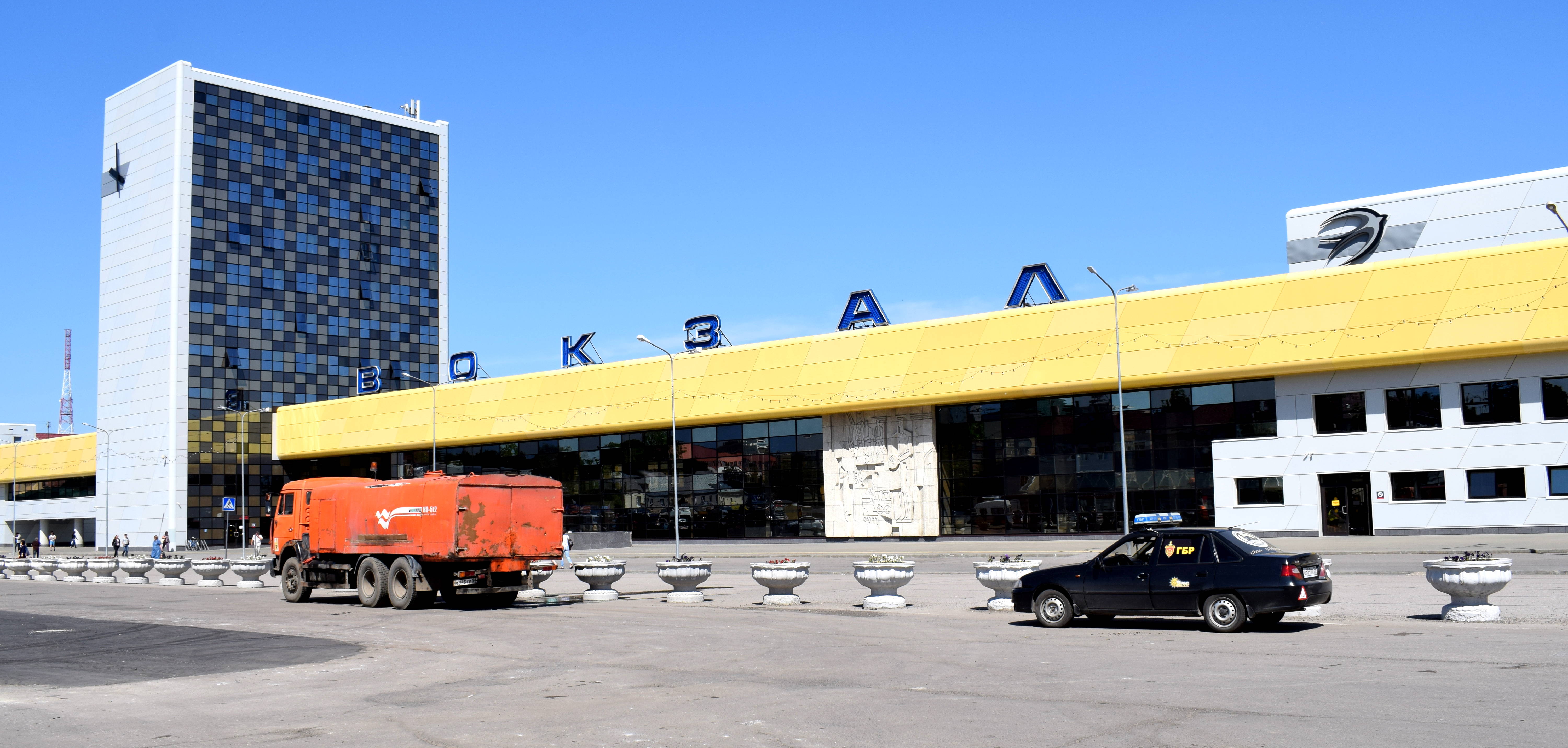 Despite this sad story, the area in front of the train station was clean and well maintained.
Despite this sad story, the area in front of the train station was clean and well maintained.
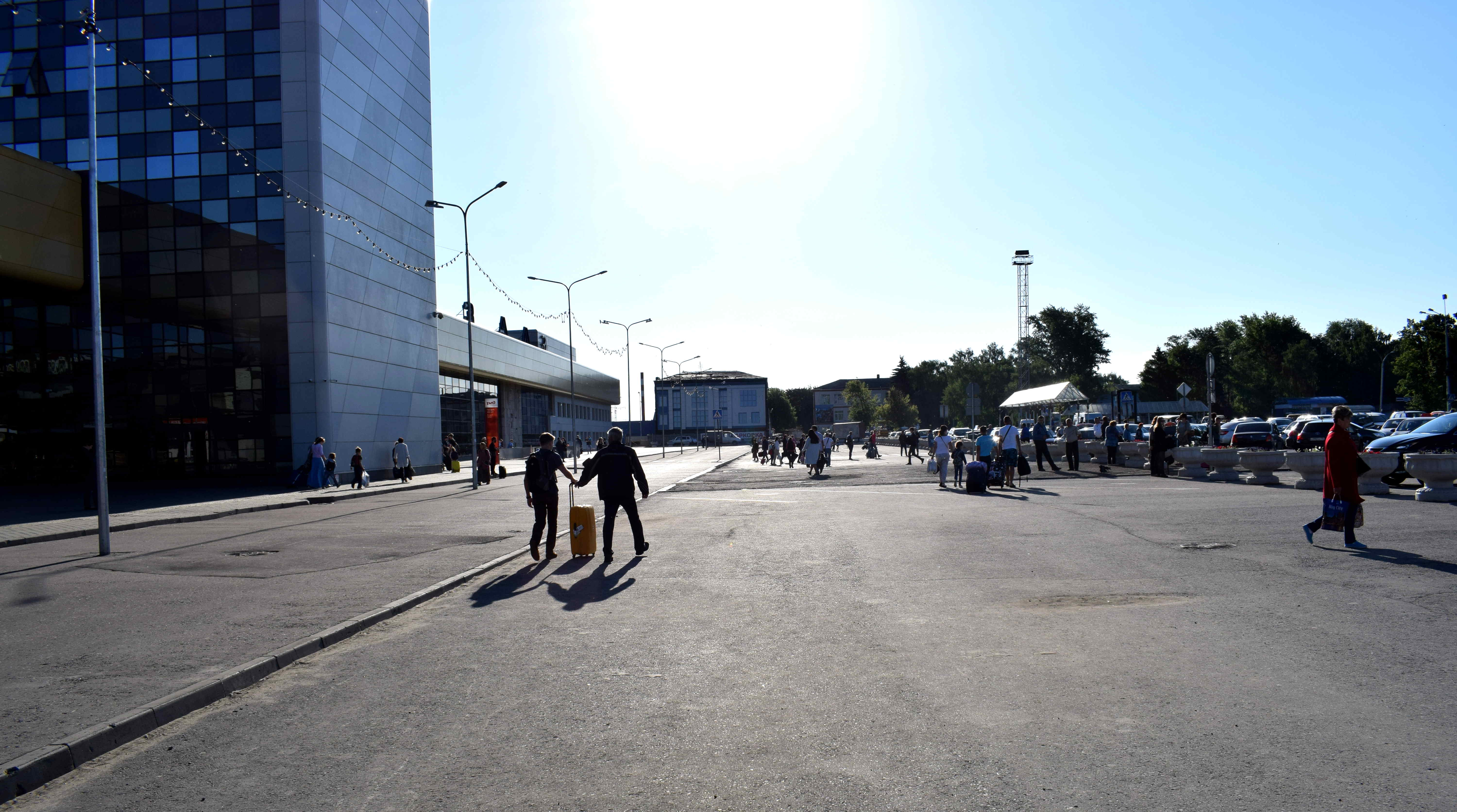 Shawarma McDonalds style.
Shawarma McDonalds style.
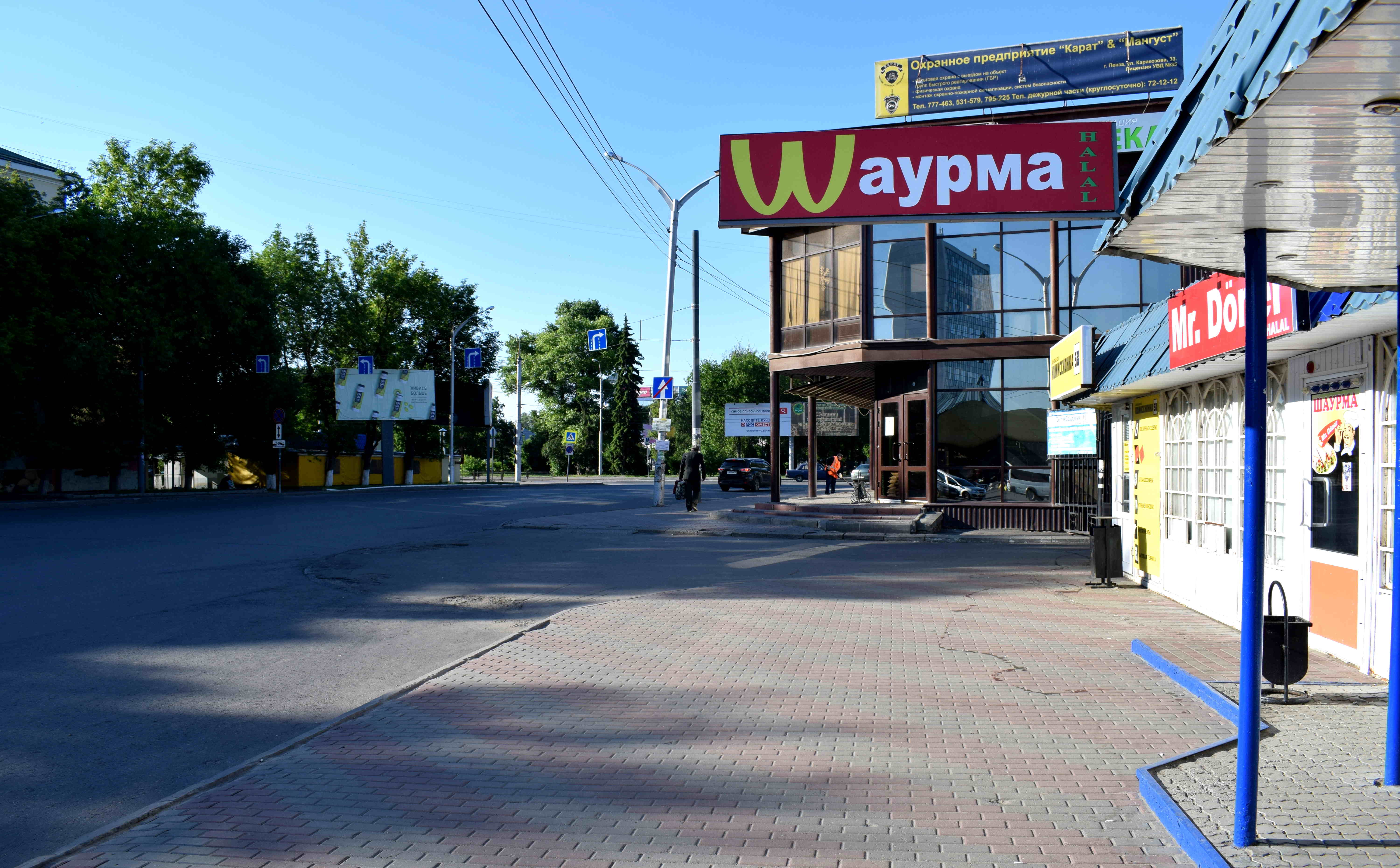 There was a decent park next to the train station that you pass through to get to the city center. Some people were lining up selling books.
There was a decent park next to the train station that you pass through to get to the city center. Some people were lining up selling books.
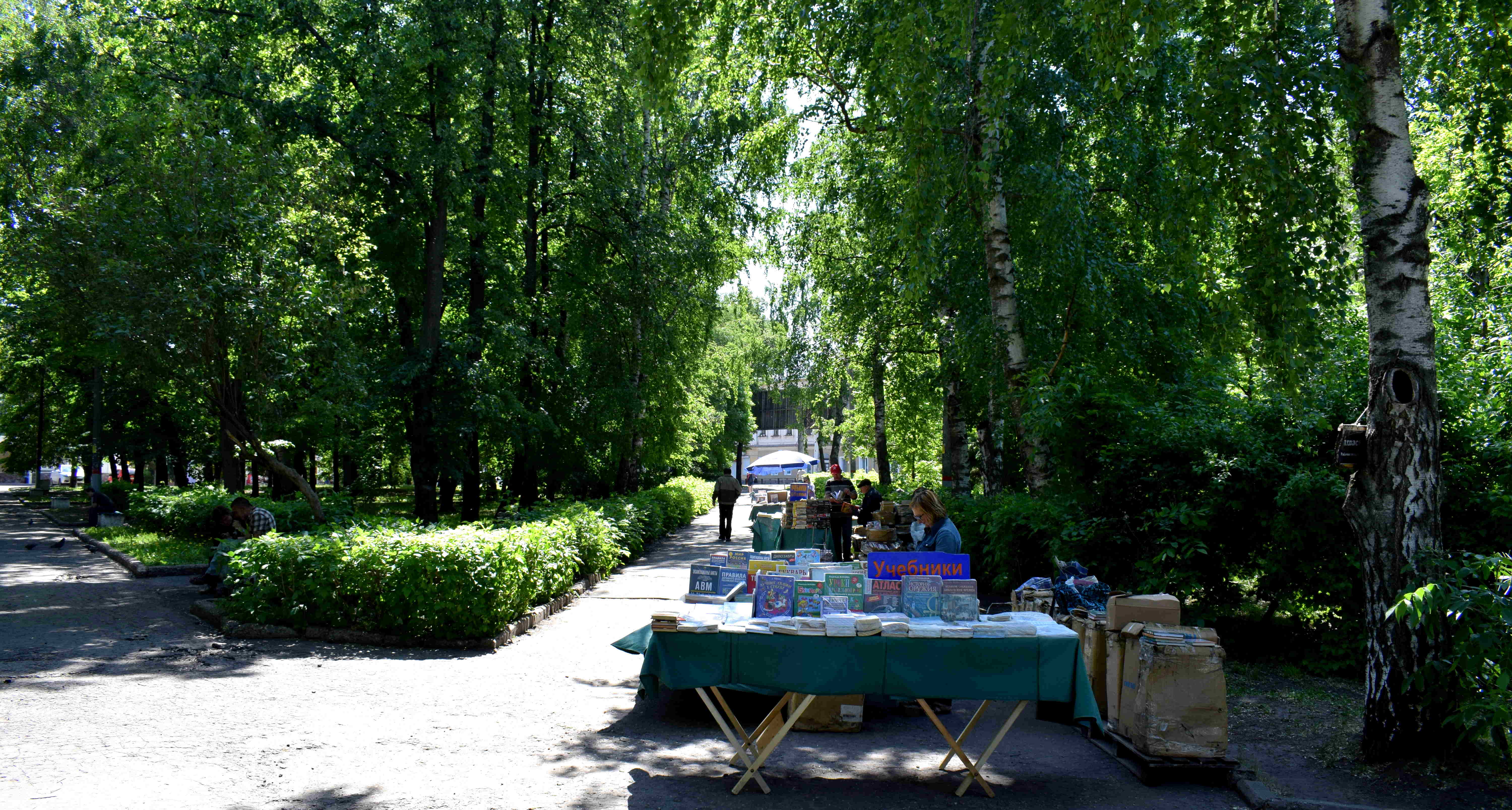 Walking toward the city center Penza had its fair share of historical buildings sprinkled throughout the city. On the right you can see pre-revolutionary Penza architecture, before the communists took power in 1917.
Walking toward the city center Penza had its fair share of historical buildings sprinkled throughout the city. On the right you can see pre-revolutionary Penza architecture, before the communists took power in 1917.
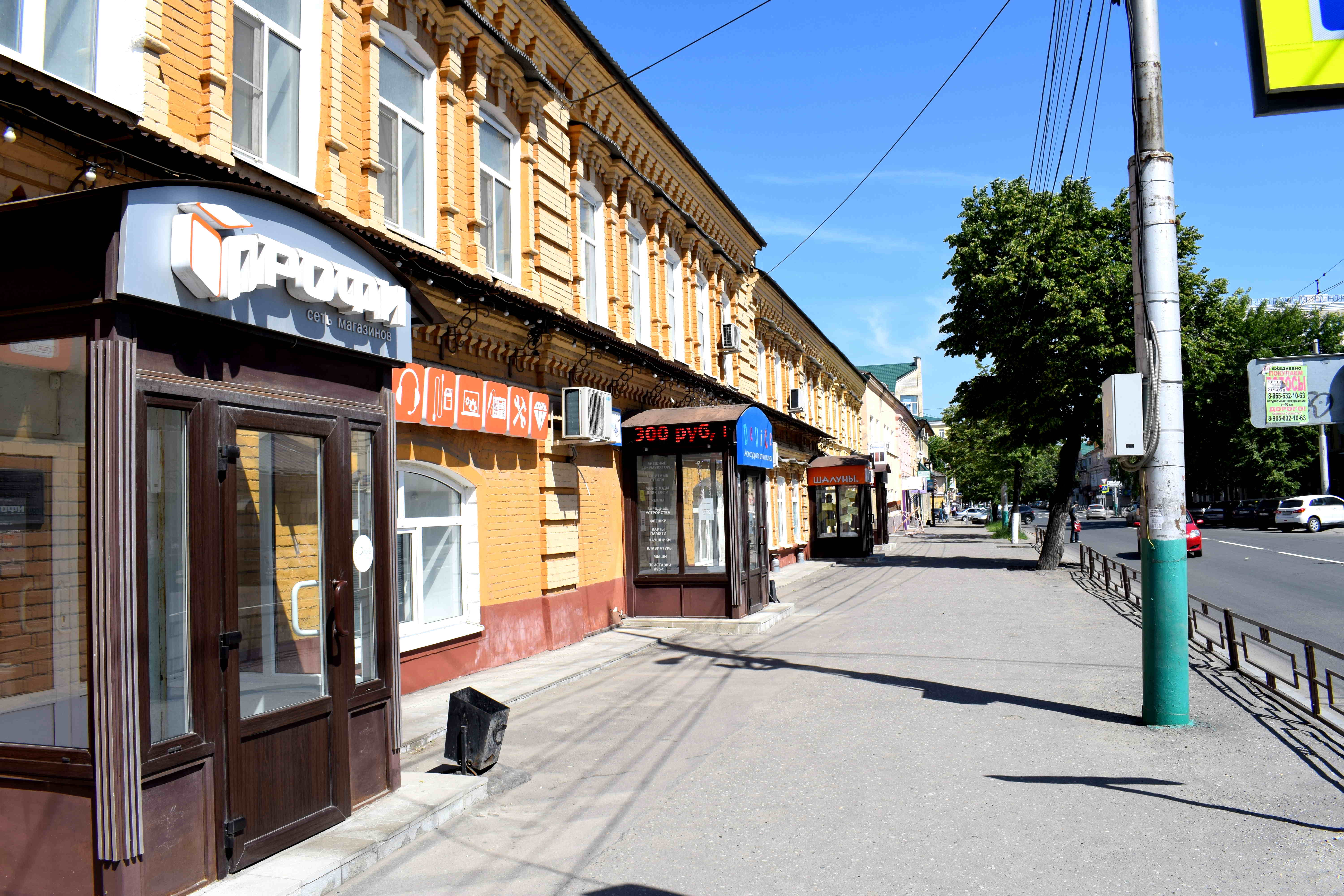 This is the kind of architecture that Russia should work on preserving. These buildings document Russia’s Czarist history, its living evidence of the European nature of the country.
This is the kind of architecture that Russia should work on preserving. These buildings document Russia’s Czarist history, its living evidence of the European nature of the country.
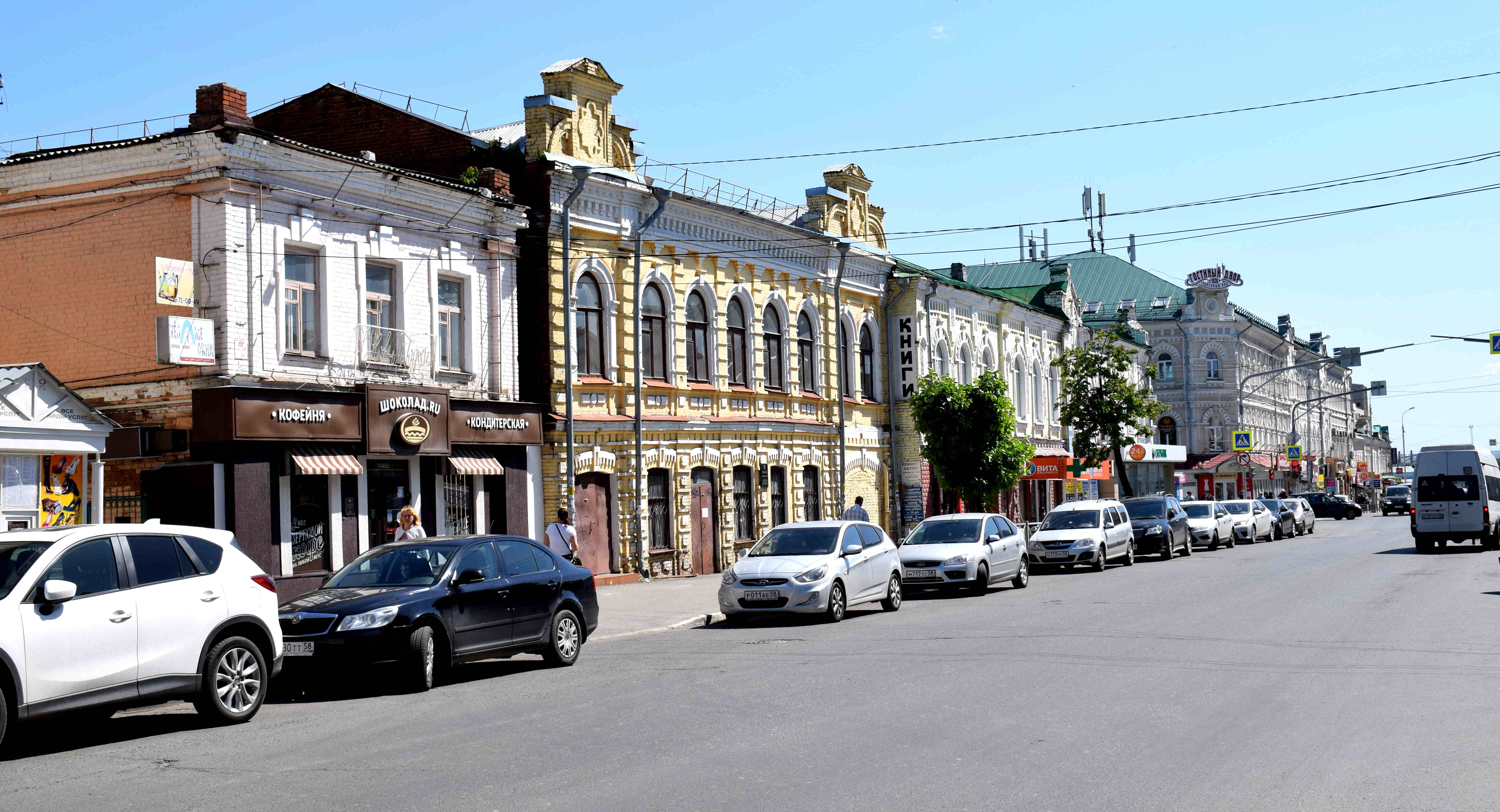
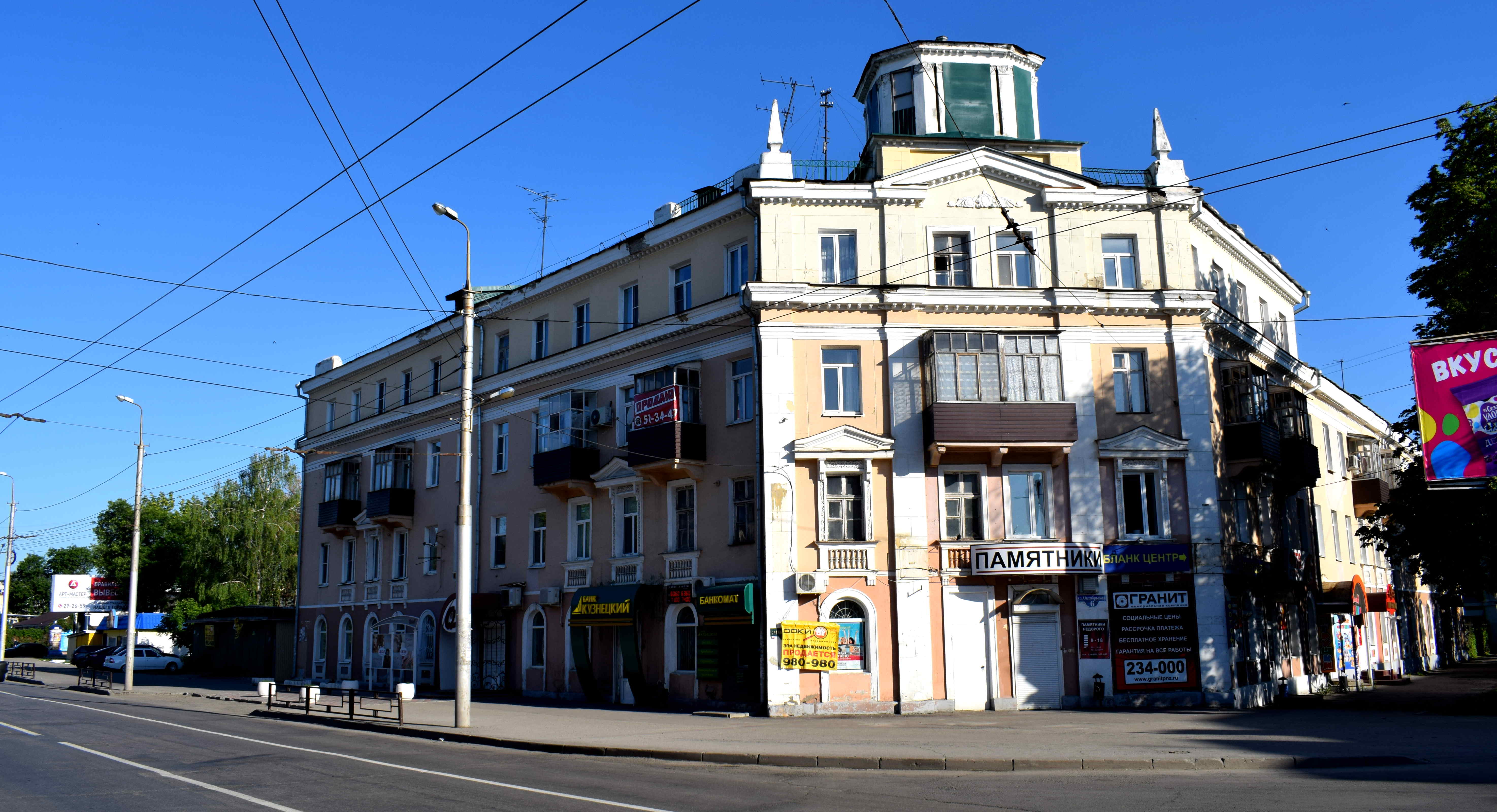
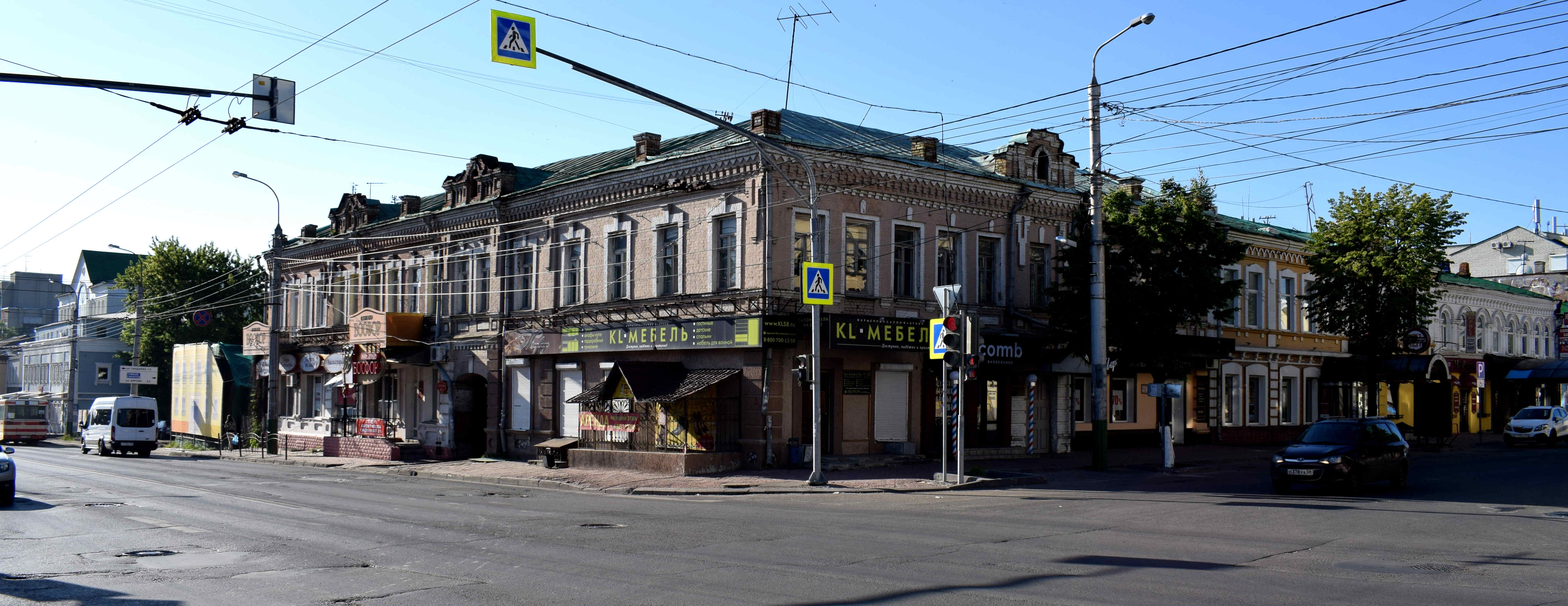
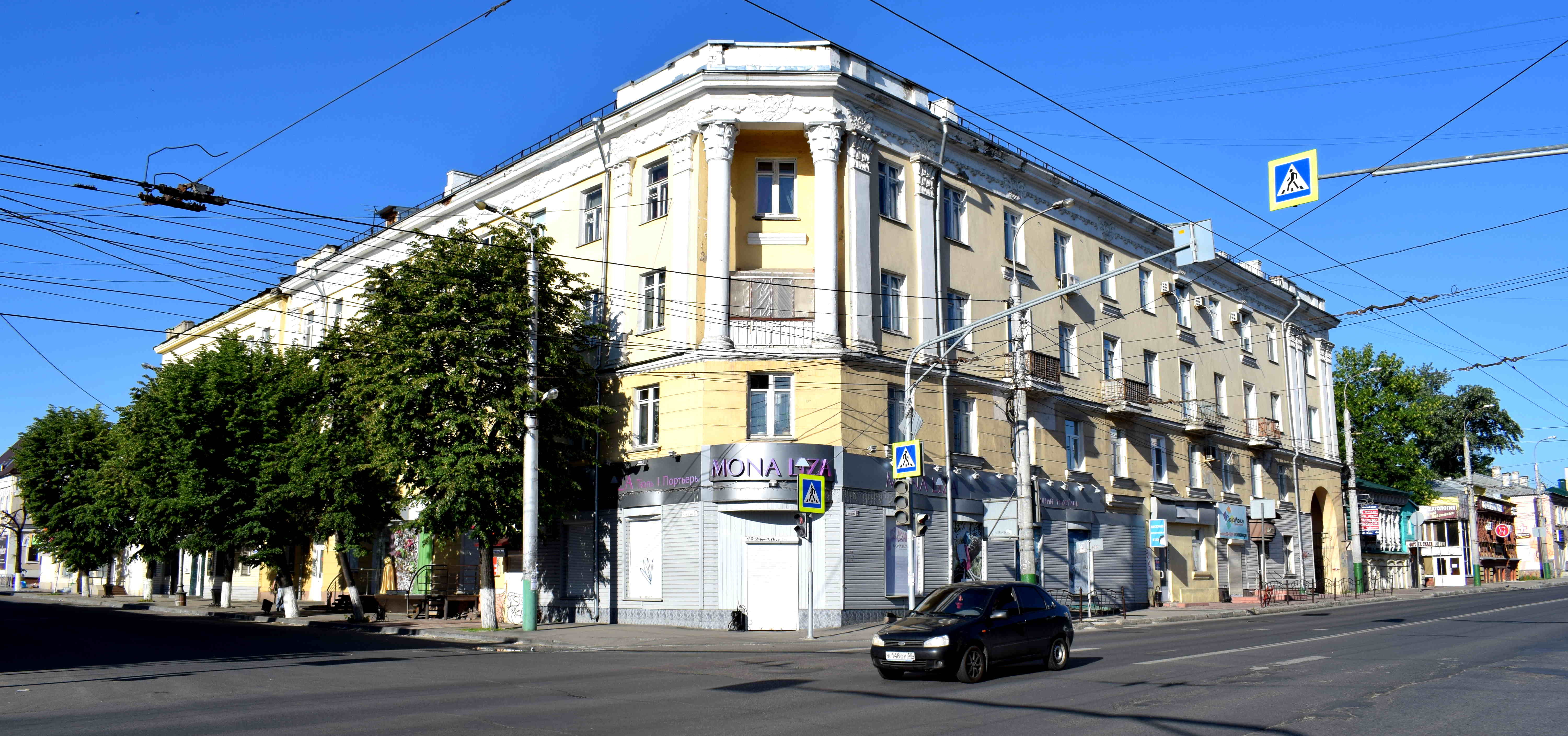
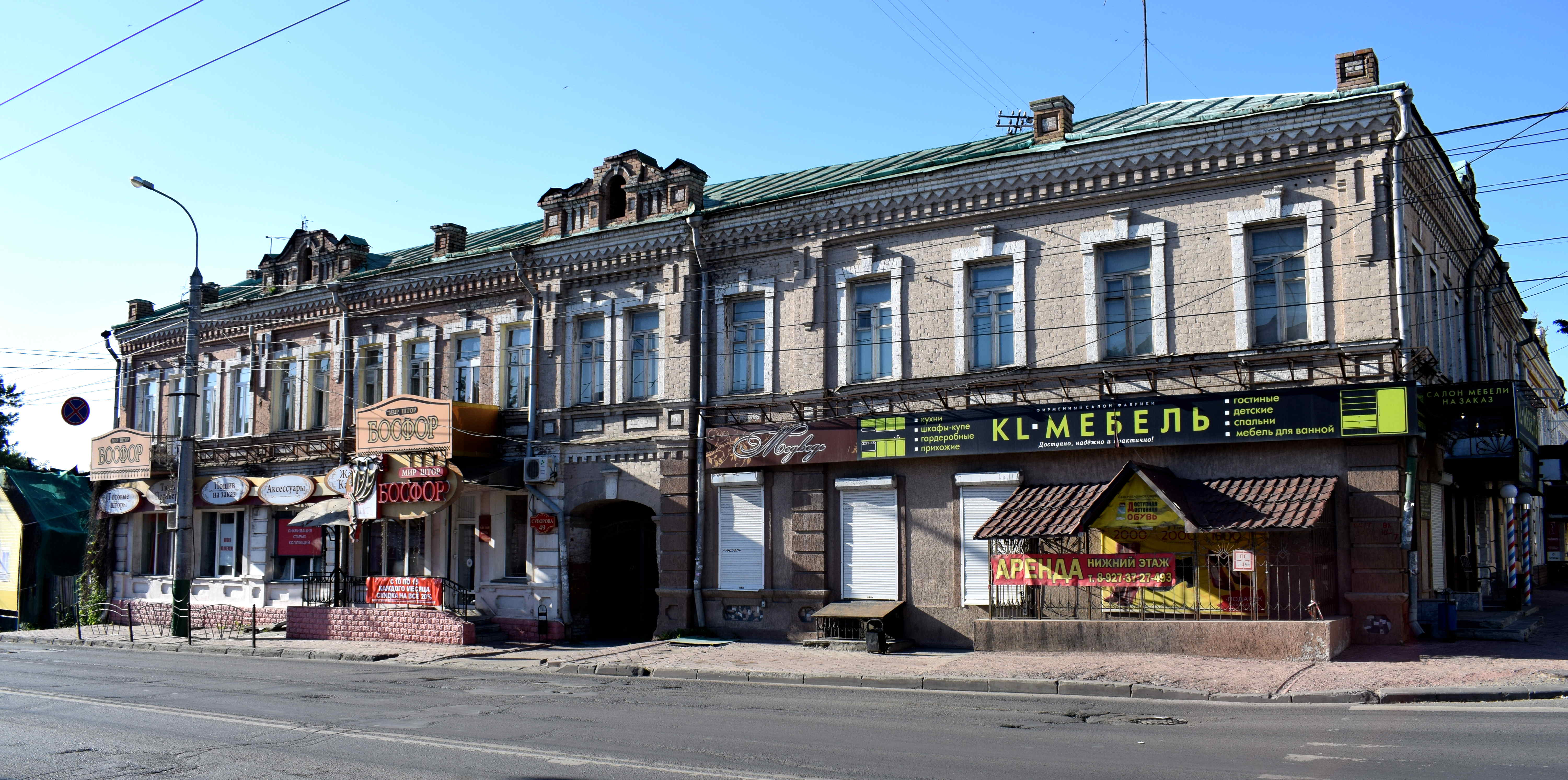 A small coffee and chocolate shop in an old building.
A small coffee and chocolate shop in an old building.
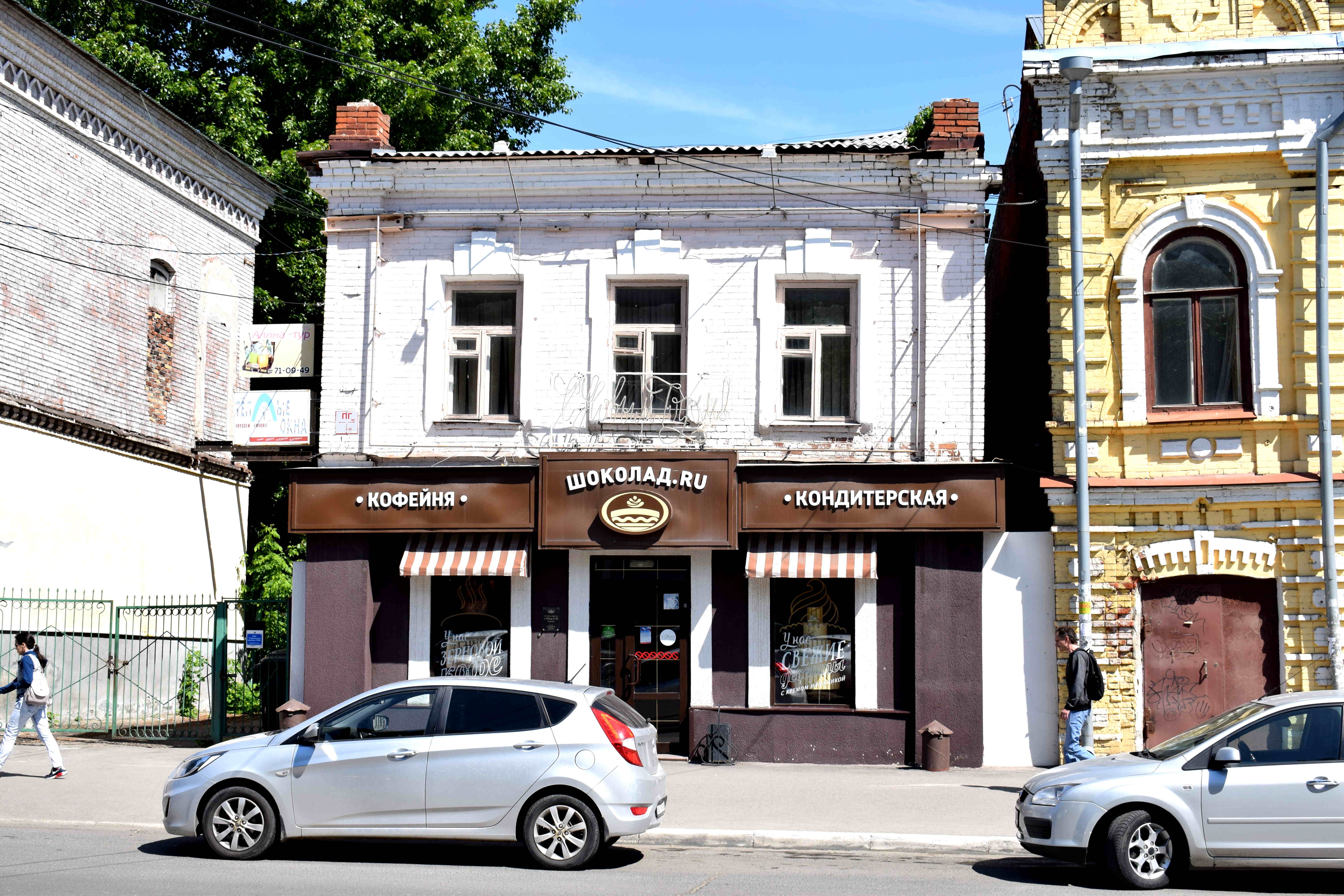 Near the city center there is a statue to Vissarion Belinsky, the famous 19th century literary critic who played a major role in catapulting Fyodor Dostoevsky’s literary career. In 1845 he praised Dostoevsky’s first novel Poor Folk which made Dostoevsky one of the most well-known writers in Russia at the time, and he would later go on to write the Russian classics Crime & Punishment, The Brother Karamazov and Notes from Underground.
Near the city center there is a statue to Vissarion Belinsky, the famous 19th century literary critic who played a major role in catapulting Fyodor Dostoevsky’s literary career. In 1845 he praised Dostoevsky’s first novel Poor Folk which made Dostoevsky one of the most well-known writers in Russia at the time, and he would later go on to write the Russian classics Crime & Punishment, The Brother Karamazov and Notes from Underground.
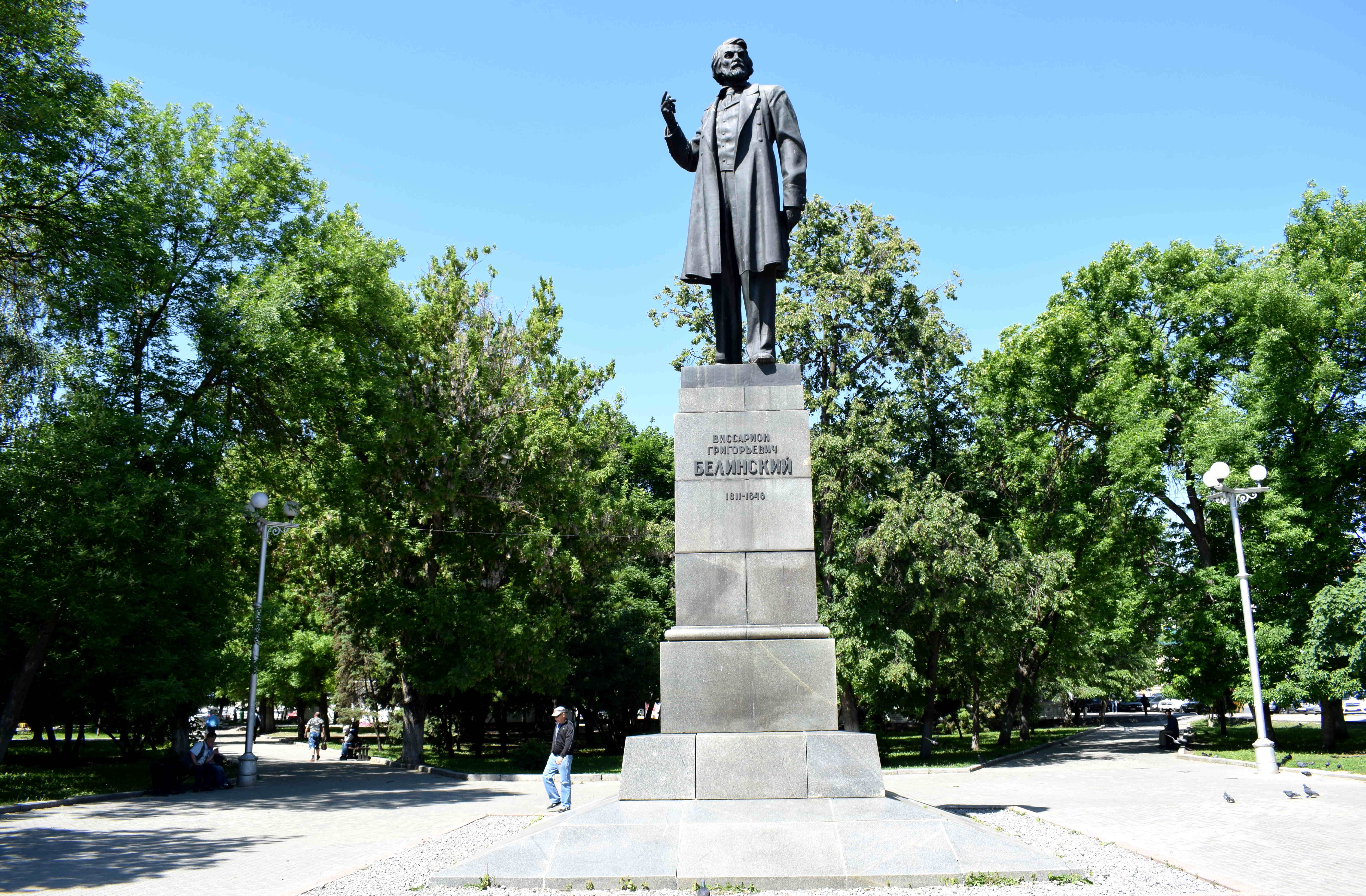
The statue is located in the middle of a small square named after him.
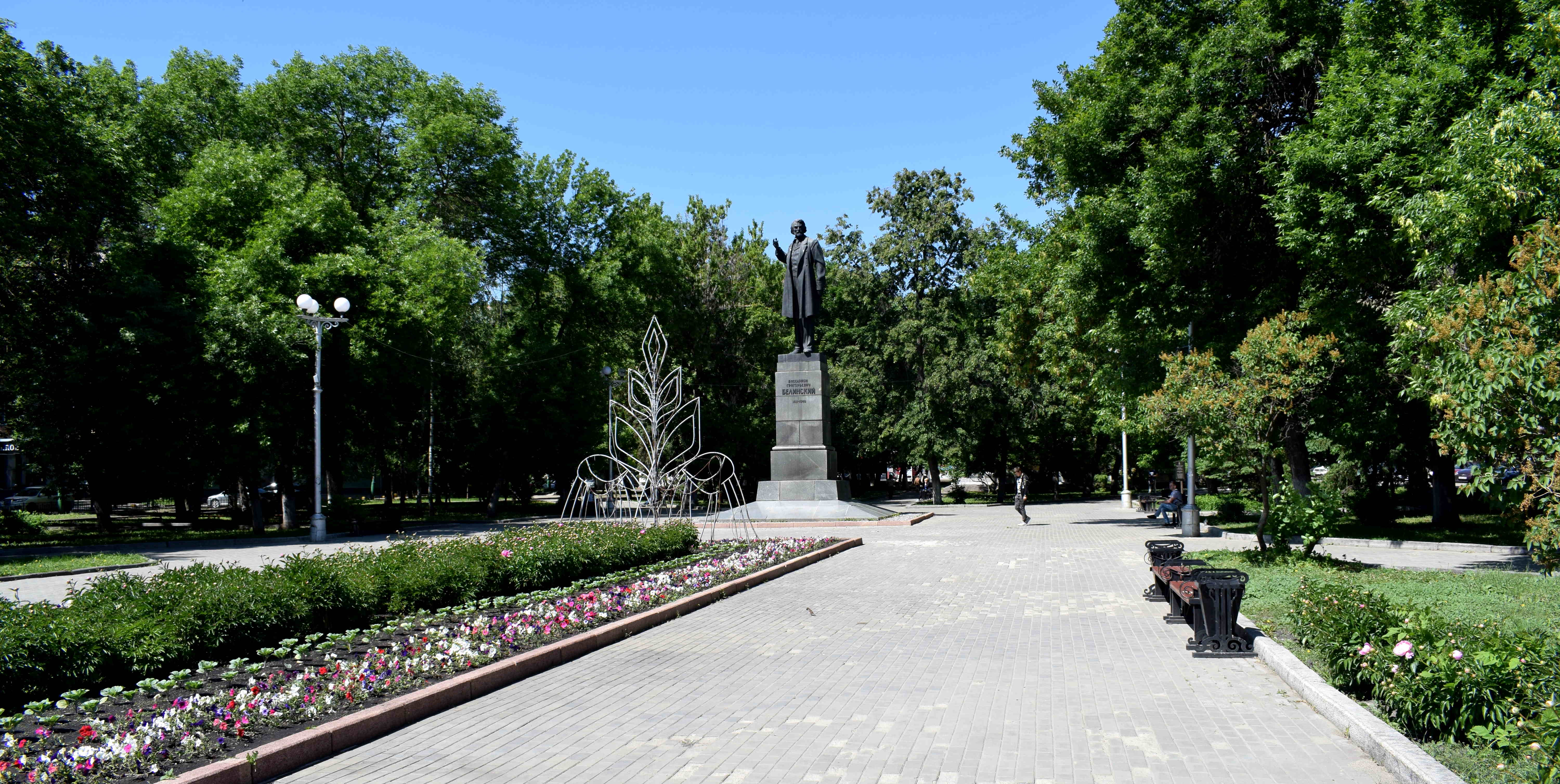 On the other side of Belinsky Square is the Penza Regional Drama Theater.
On the other side of Belinsky Square is the Penza Regional Drama Theater.
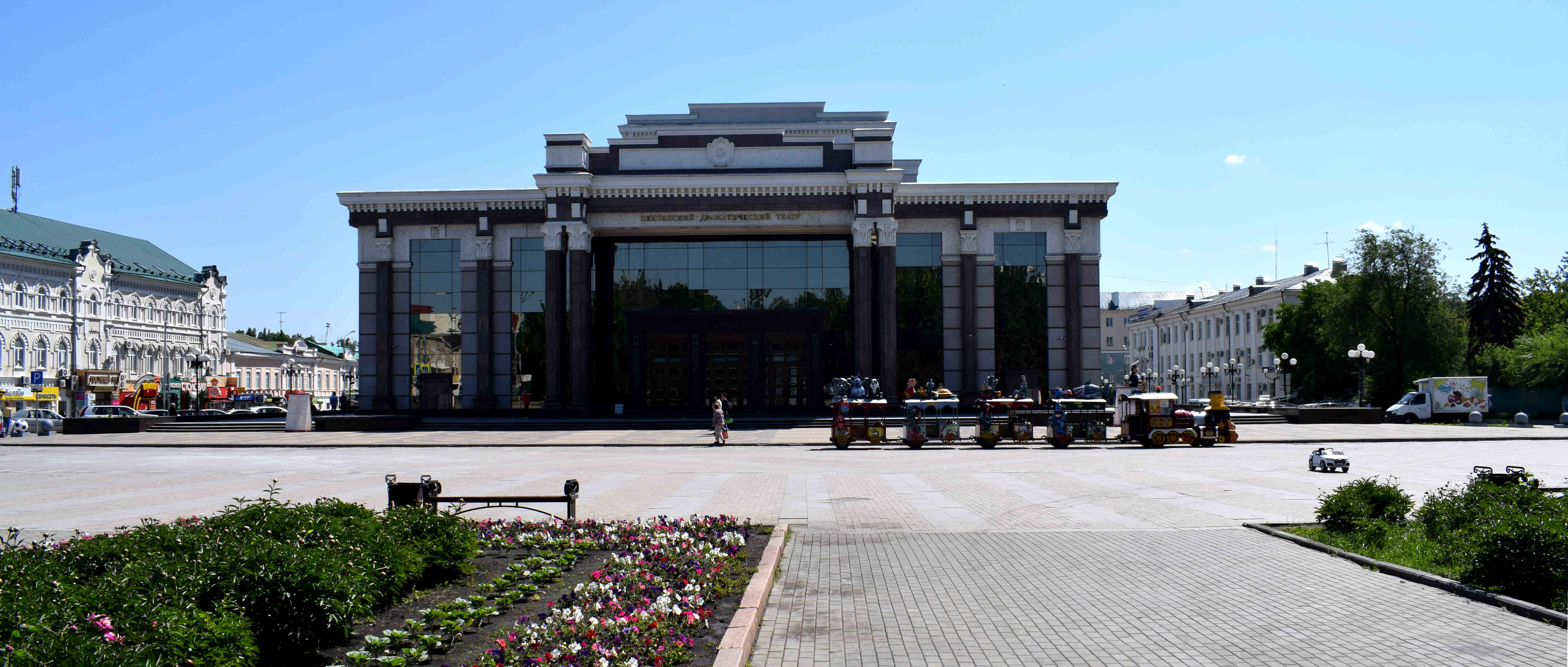 Penza’s main square and the start to Moskovskaya Street, the city’s primary pedestrian street.
Penza’s main square and the start to Moskovskaya Street, the city’s primary pedestrian street.
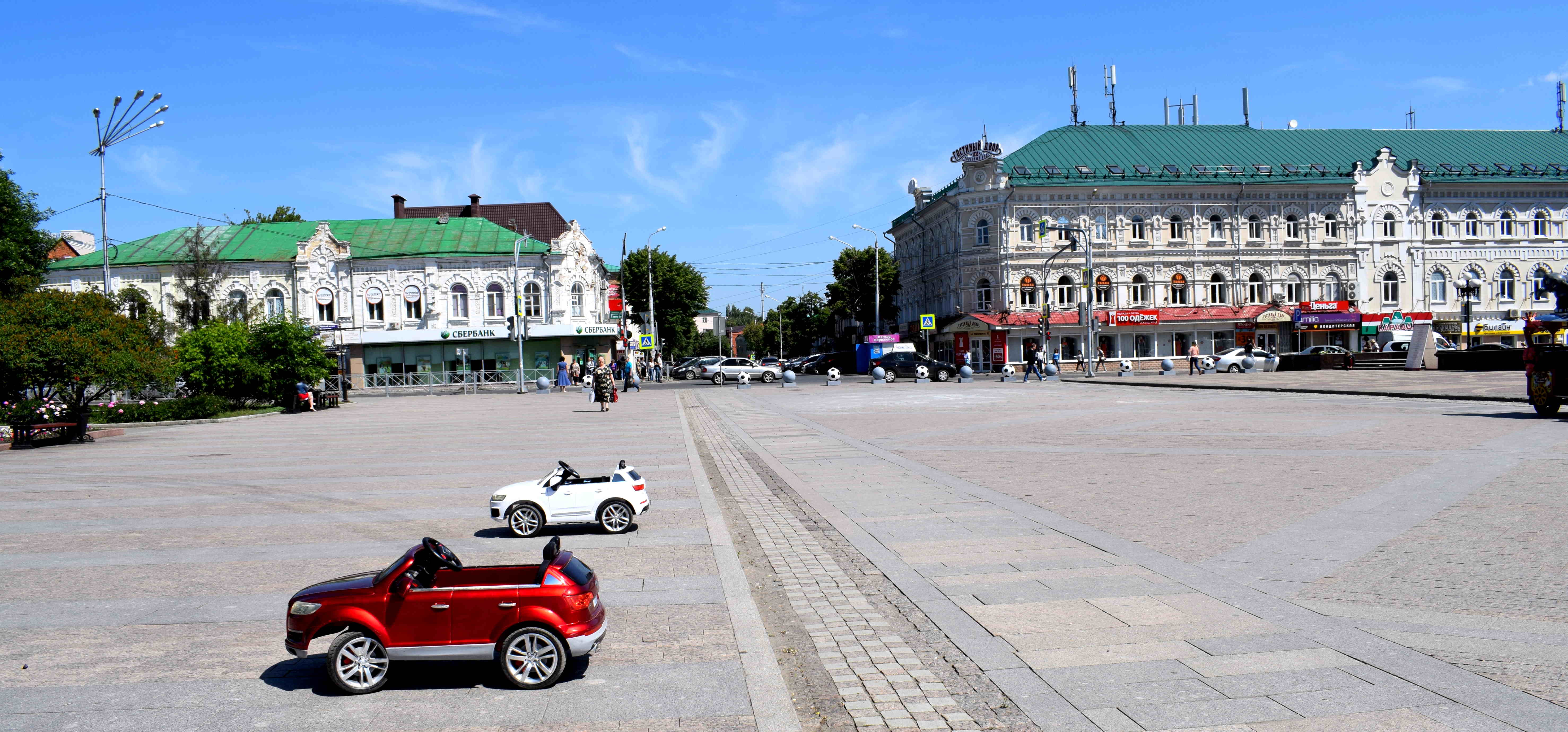 Moskovskaya Street. This is Penza’s primary pedestrian street. Up until a few years ago this street was open for cars. But the city decided to turn it into a full pedestrian street closed off to traffic. It is actually one of the longest pedestrian streets I’ve ever walked on and leads almost all the way up to the small church in the background.
Moskovskaya Street. This is Penza’s primary pedestrian street. Up until a few years ago this street was open for cars. But the city decided to turn it into a full pedestrian street closed off to traffic. It is actually one of the longest pedestrian streets I’ve ever walked on and leads almost all the way up to the small church in the background.
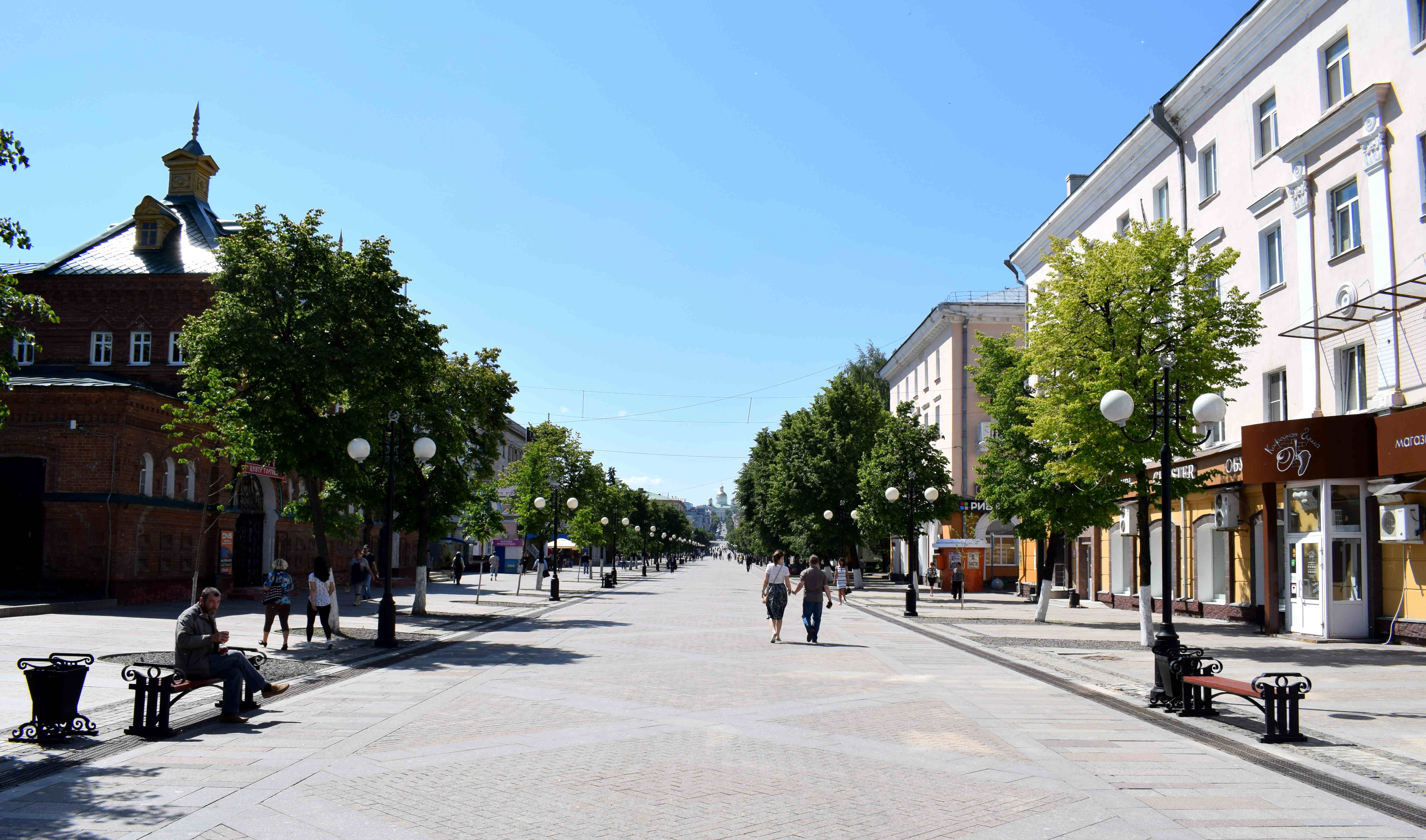 A nice ‘kvas’ stand to refresh yourself on a hot summer day. Kvas is a Russian beverage made from bread and tastes something like non-alcohol beer with sugar added.
A nice ‘kvas’ stand to refresh yourself on a hot summer day. Kvas is a Russian beverage made from bread and tastes something like non-alcohol beer with sugar added.
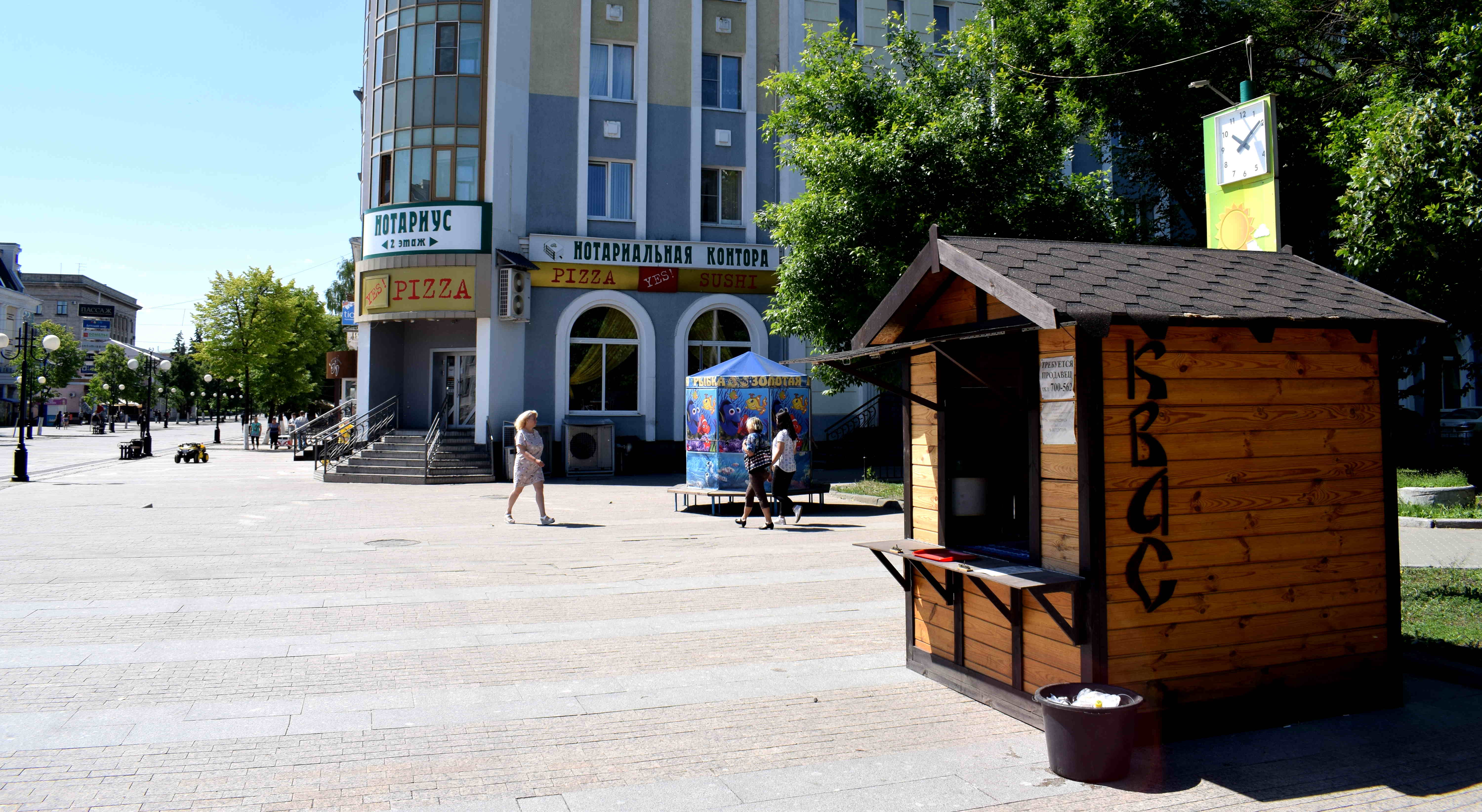 The Gorodok Shopping Center, a small shopping mall located in a historical building.
The Gorodok Shopping Center, a small shopping mall located in a historical building.
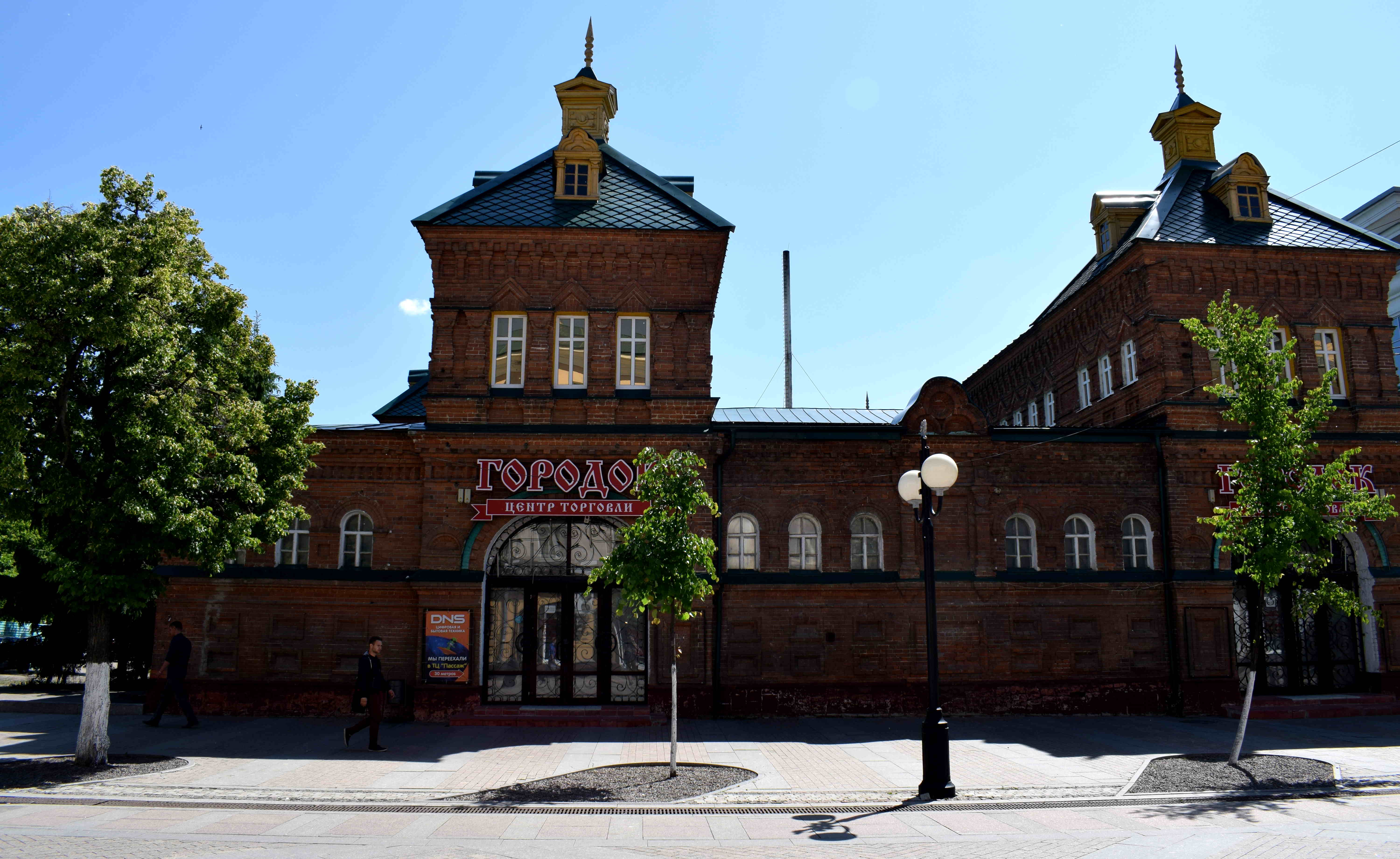 Walking up the street. It was a hot summer day in the morning and the street was mostly empty, but it filled up later in the evening.
Walking up the street. It was a hot summer day in the morning and the street was mostly empty, but it filled up later in the evening.
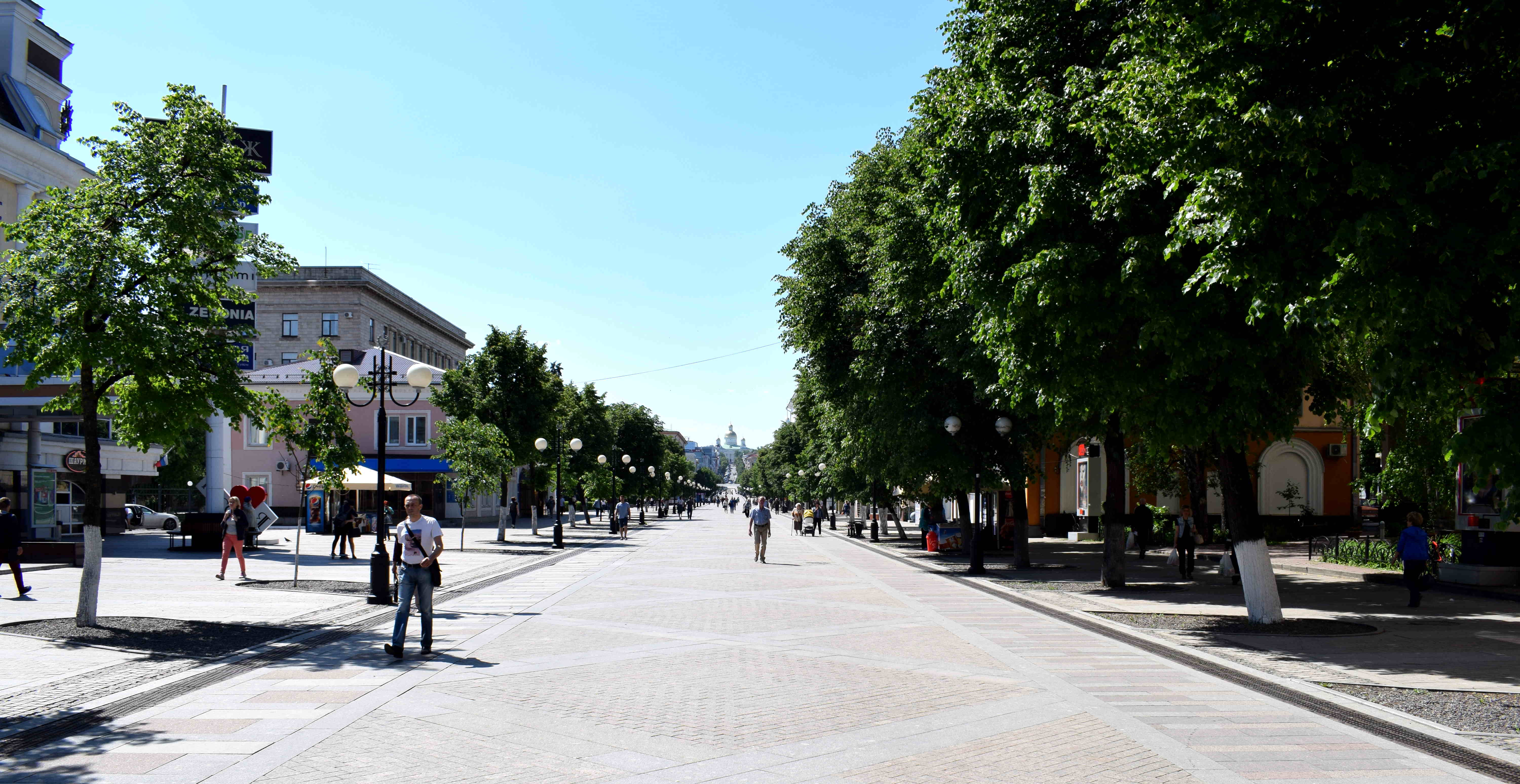 A converted Khrushchovka on the city’a main street. Khrushchevkas are apartment buildings built during the reign of Soviet leader Nikita Khrushchev in the 1950’s and 1960’s. The distinguishing feature among them is that they were all built to be five stories high. Despite being an integral part of Soviet and Russian history and attempts by architectual preservation societies to declare them as part of Russia’s architectual heritage, they are at a threat of disappearing forever under government-run housing programs. You can read about how Moscow is massively destroying Khrushchevkas here. Thankfully, it looks like they are still standing in Penza.
A converted Khrushchovka on the city’a main street. Khrushchevkas are apartment buildings built during the reign of Soviet leader Nikita Khrushchev in the 1950’s and 1960’s. The distinguishing feature among them is that they were all built to be five stories high. Despite being an integral part of Soviet and Russian history and attempts by architectual preservation societies to declare them as part of Russia’s architectual heritage, they are at a threat of disappearing forever under government-run housing programs. You can read about how Moscow is massively destroying Khrushchevkas here. Thankfully, it looks like they are still standing in Penza.
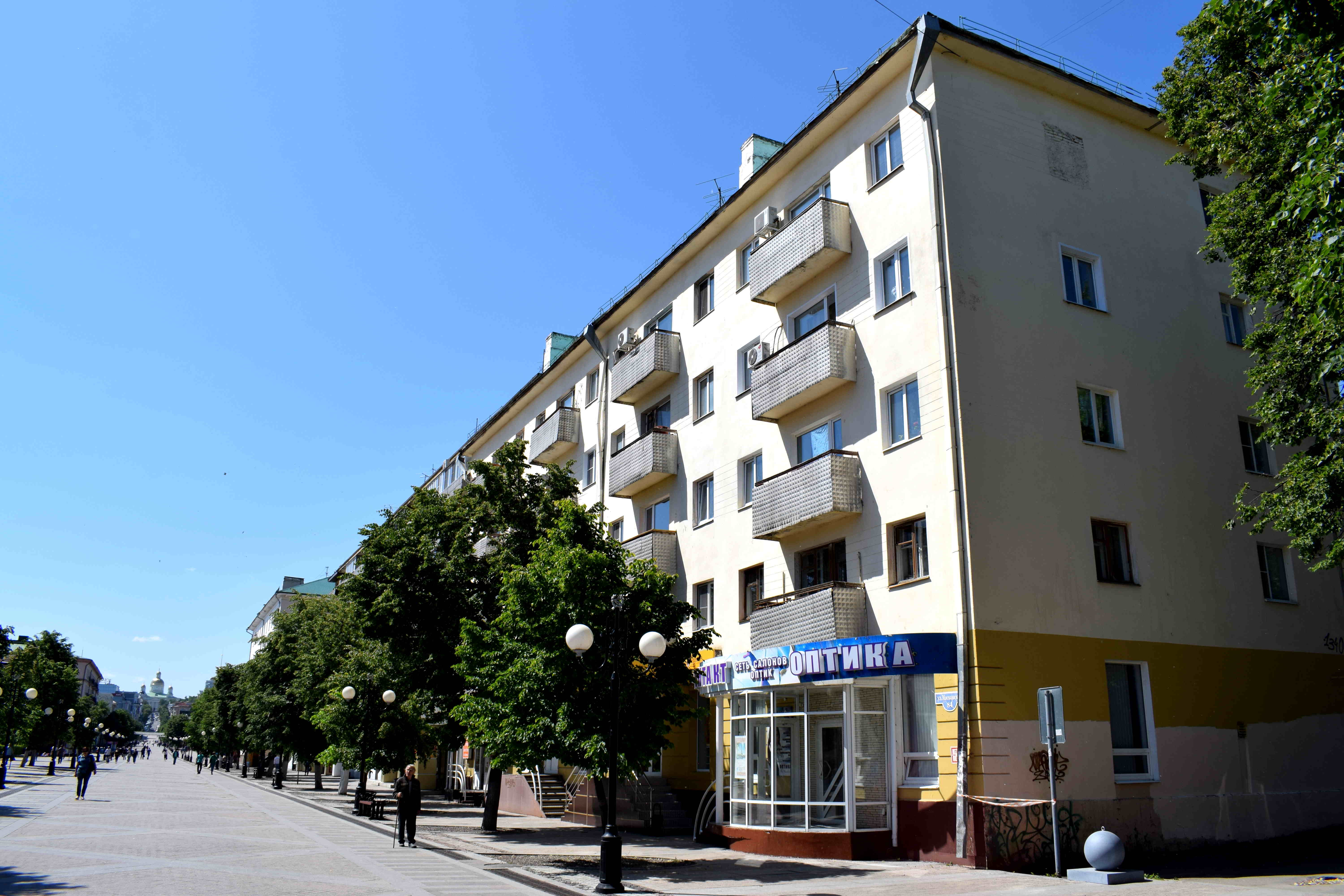 Of course no Russian city is complete without a statue and square dedicated to Lenin. Behind the statue is the Penza regional administration building.
Of course no Russian city is complete without a statue and square dedicated to Lenin. Behind the statue is the Penza regional administration building.
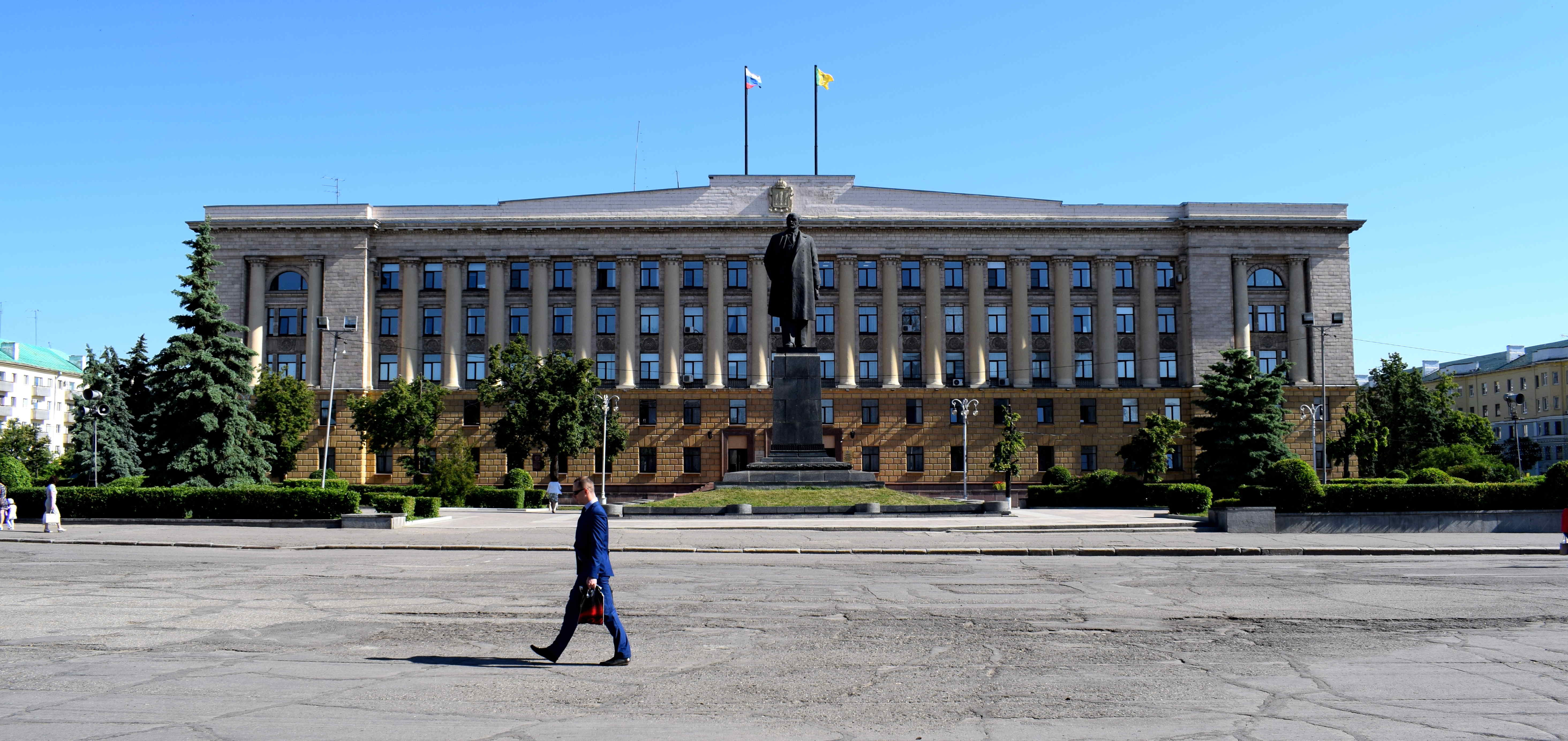 Lenin Square was nice, but as a rule, squares built by the communists tend to be too wide and large without enough attractions to make it a vibrant public space.
Lenin Square was nice, but as a rule, squares built by the communists tend to be too wide and large without enough attractions to make it a vibrant public space.
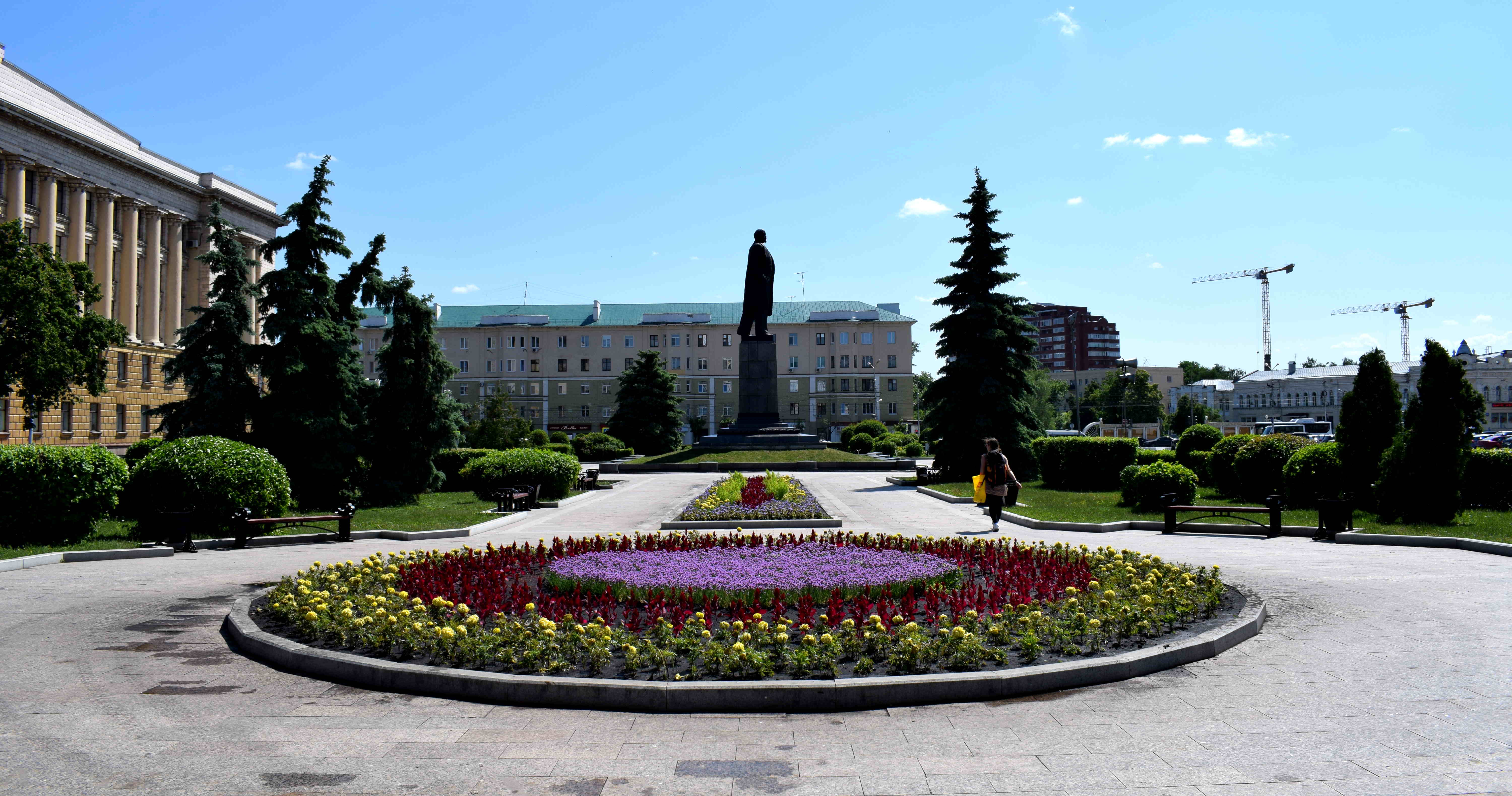 The Governor’s Office of the Penza Region.
The Governor’s Office of the Penza Region.
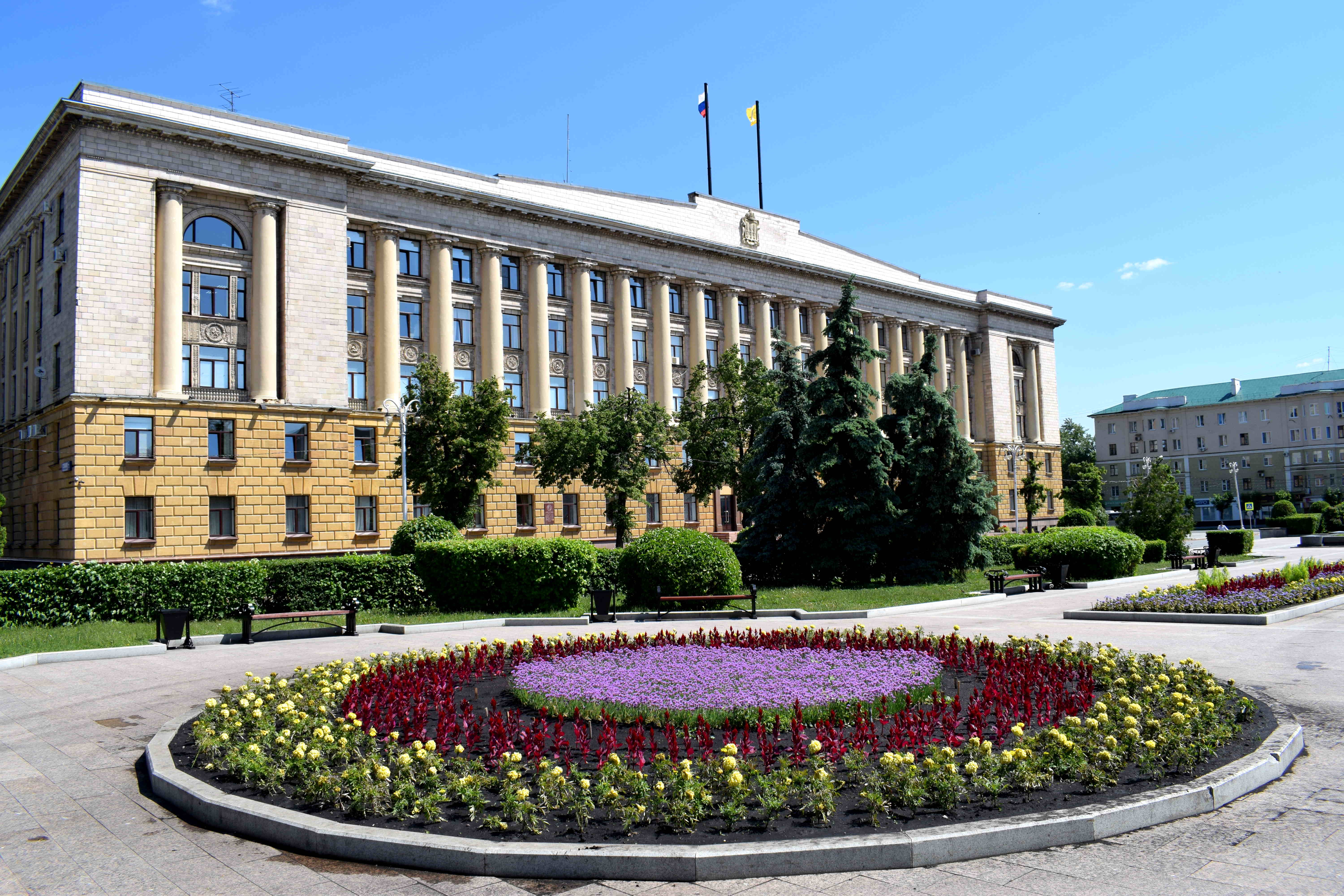 Lenin towering over everyone.
Lenin towering over everyone.
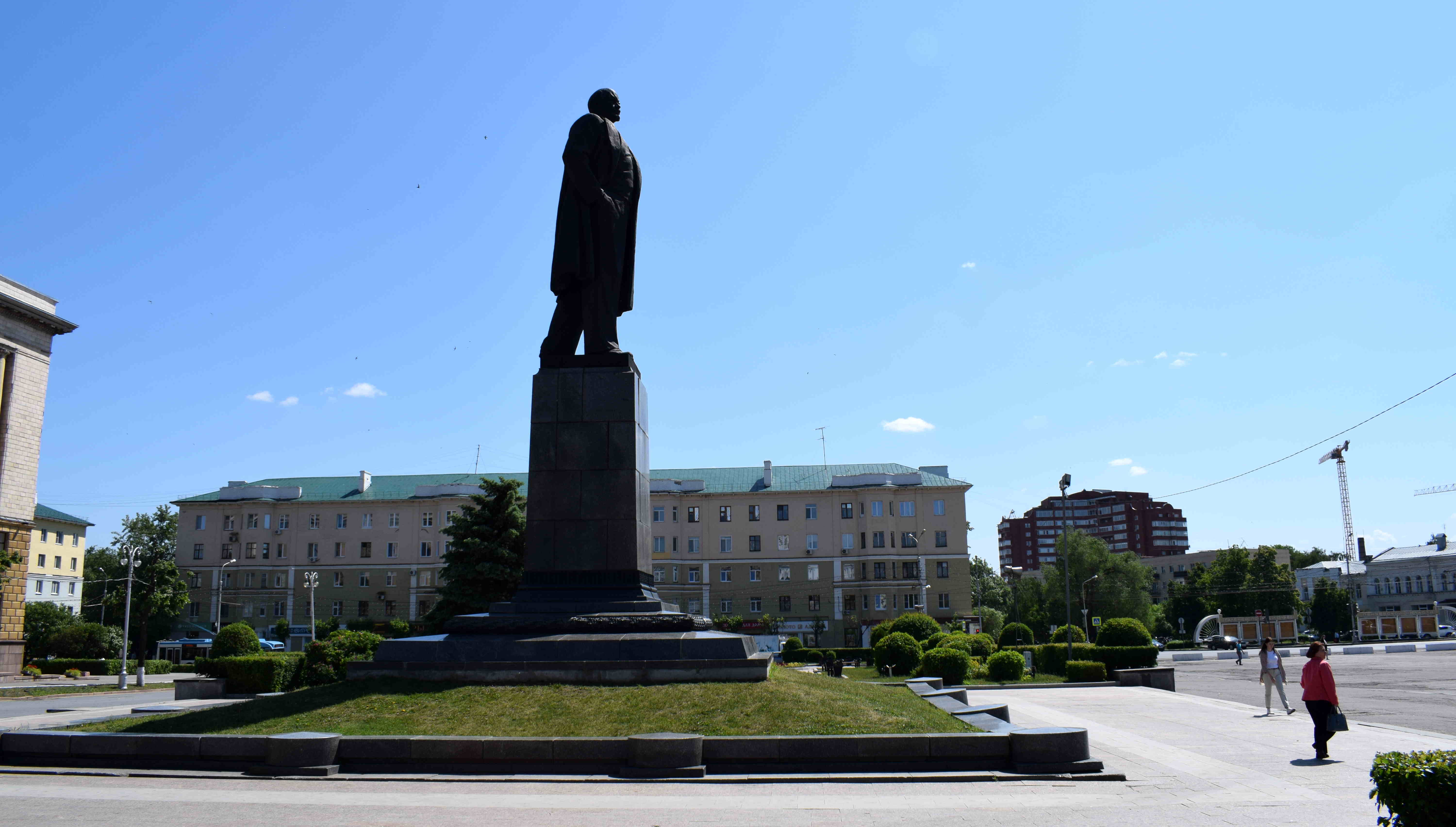 An old shopping center with a McDonalds. A good example of how an old building can be used to host modern businesses.
An old shopping center with a McDonalds. A good example of how an old building can be used to host modern businesses.
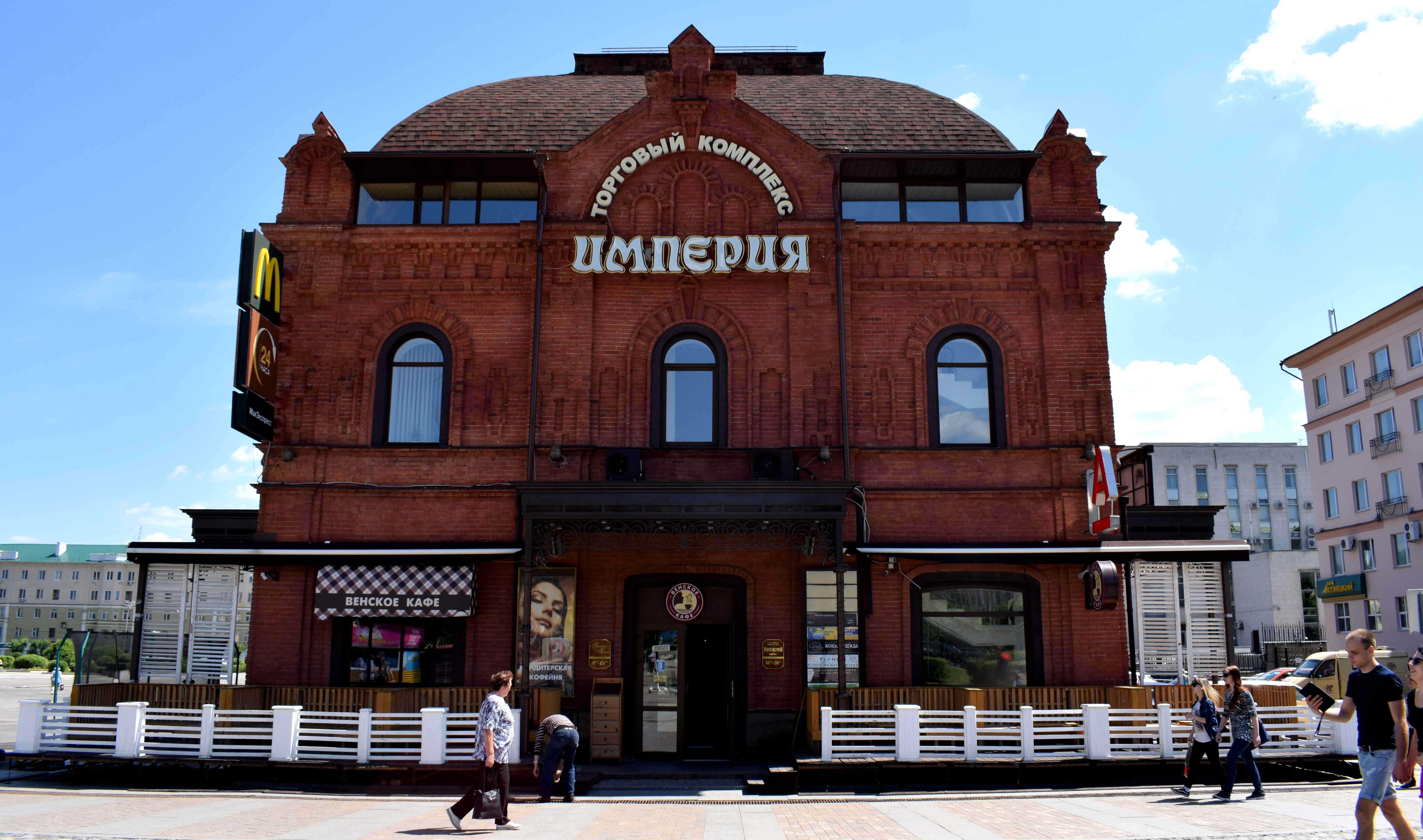 Of course, Penza’s main attraction is the city’s impressive pedestrian street. It is one of the longest I’ve seen in any European city and stretches all the way to the church in the distance on top of the hill.
Of course, Penza’s main attraction is the city’s impressive pedestrian street. It is one of the longest I’ve seen in any European city and stretches all the way to the church in the distance on top of the hill.
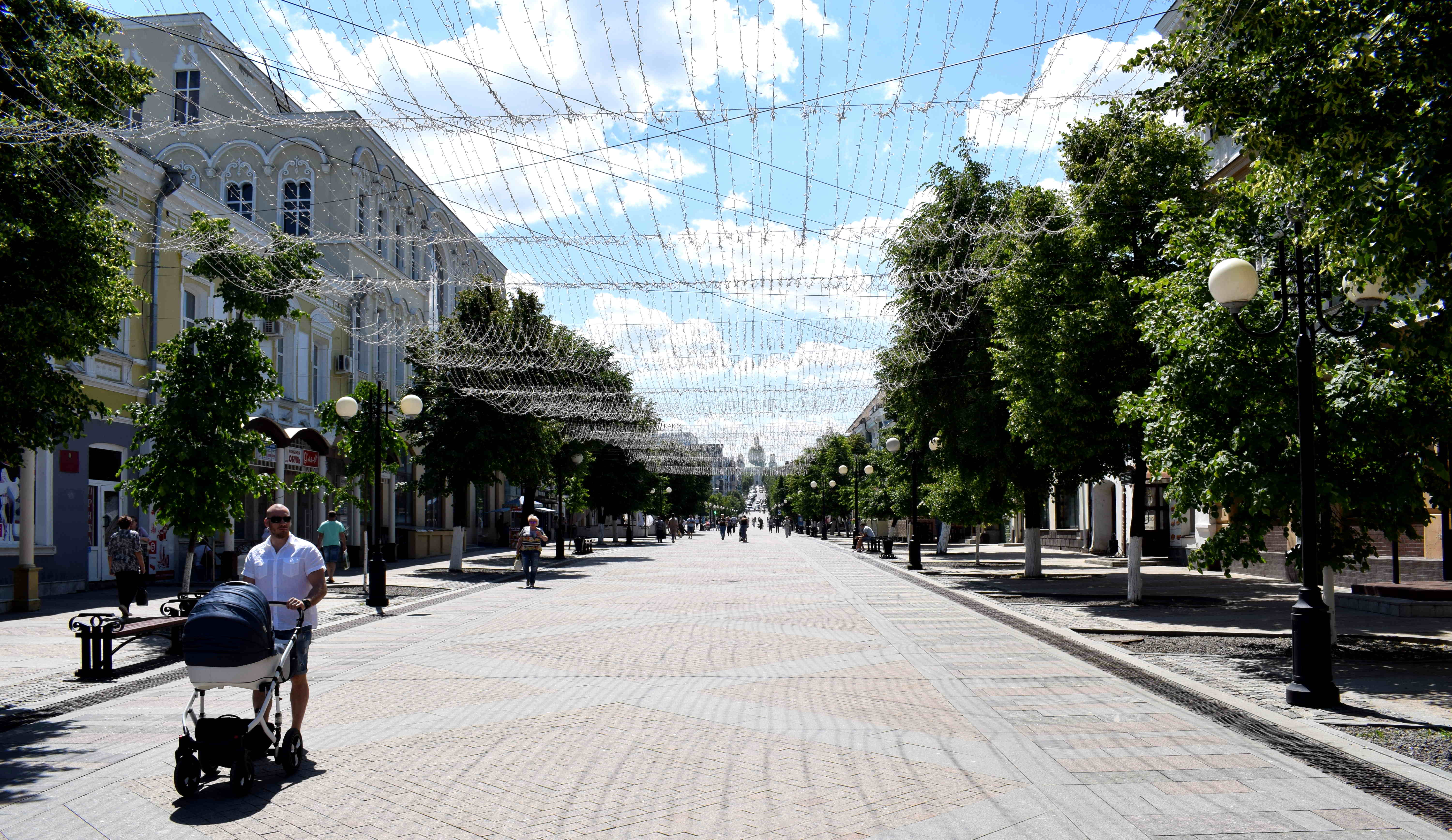 This converted pedestrian street was well kept and maintained, with lots of benches, trees and architecture.
This converted pedestrian street was well kept and maintained, with lots of benches, trees and architecture.
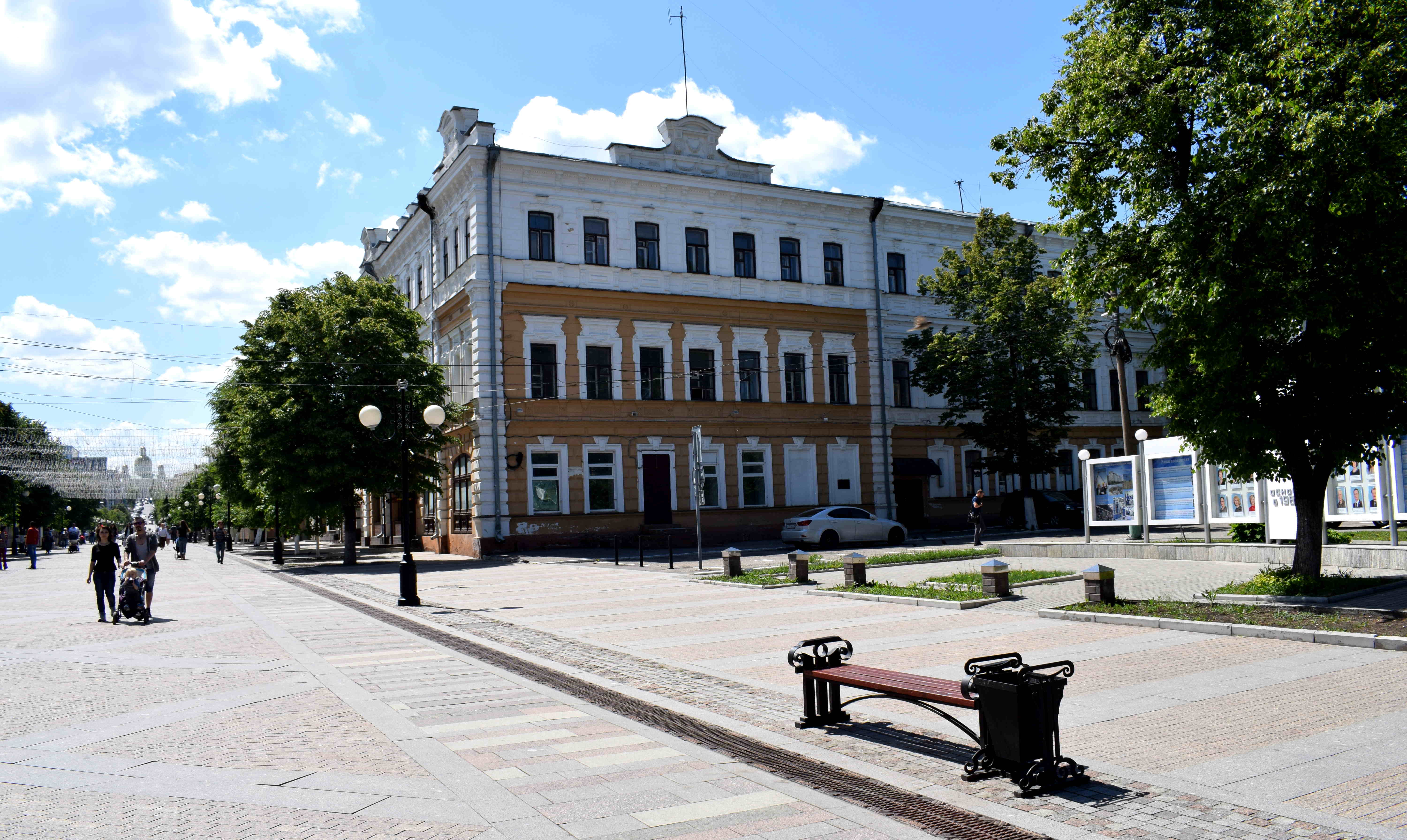 Another old building in the center.
Another old building in the center.
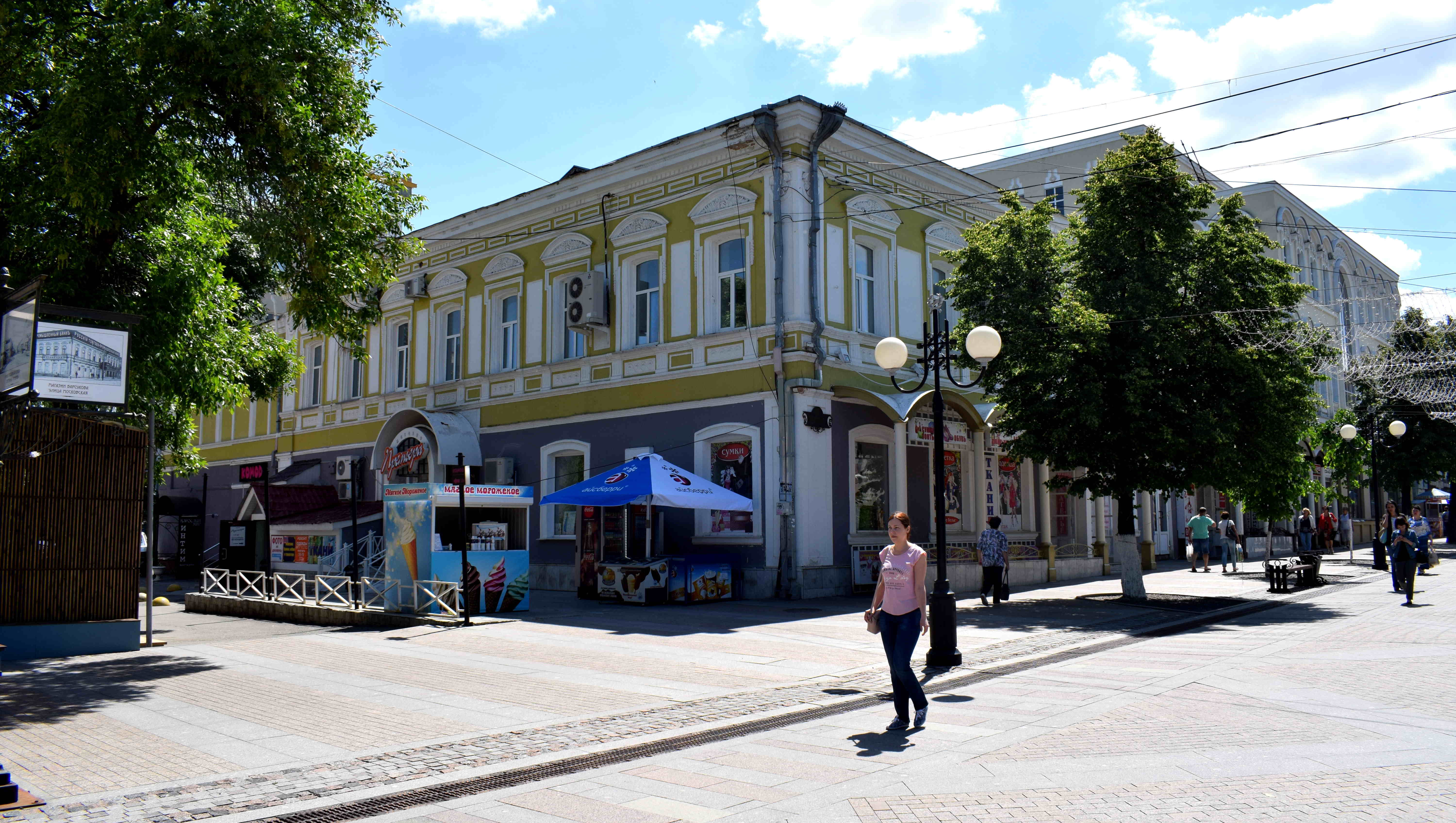 A bakery with tasty local food.
A bakery with tasty local food.
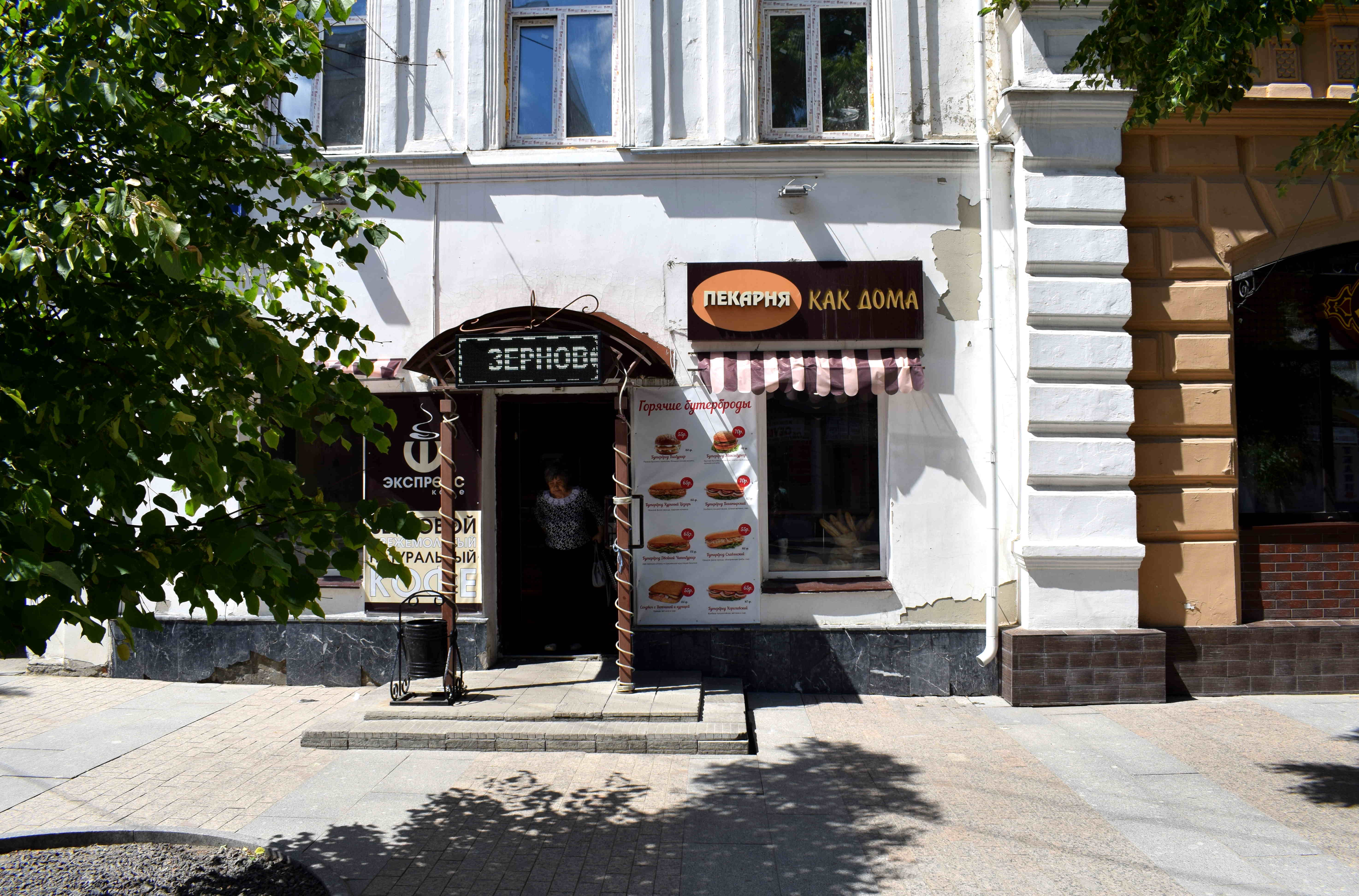 A restaurant with some outdoor seating. Café culture isn’t as developed in Russia as it should be. The weather is often blamed, but in the summertime this should not be the case.
A restaurant with some outdoor seating. Café culture isn’t as developed in Russia as it should be. The weather is often blamed, but in the summertime this should not be the case.
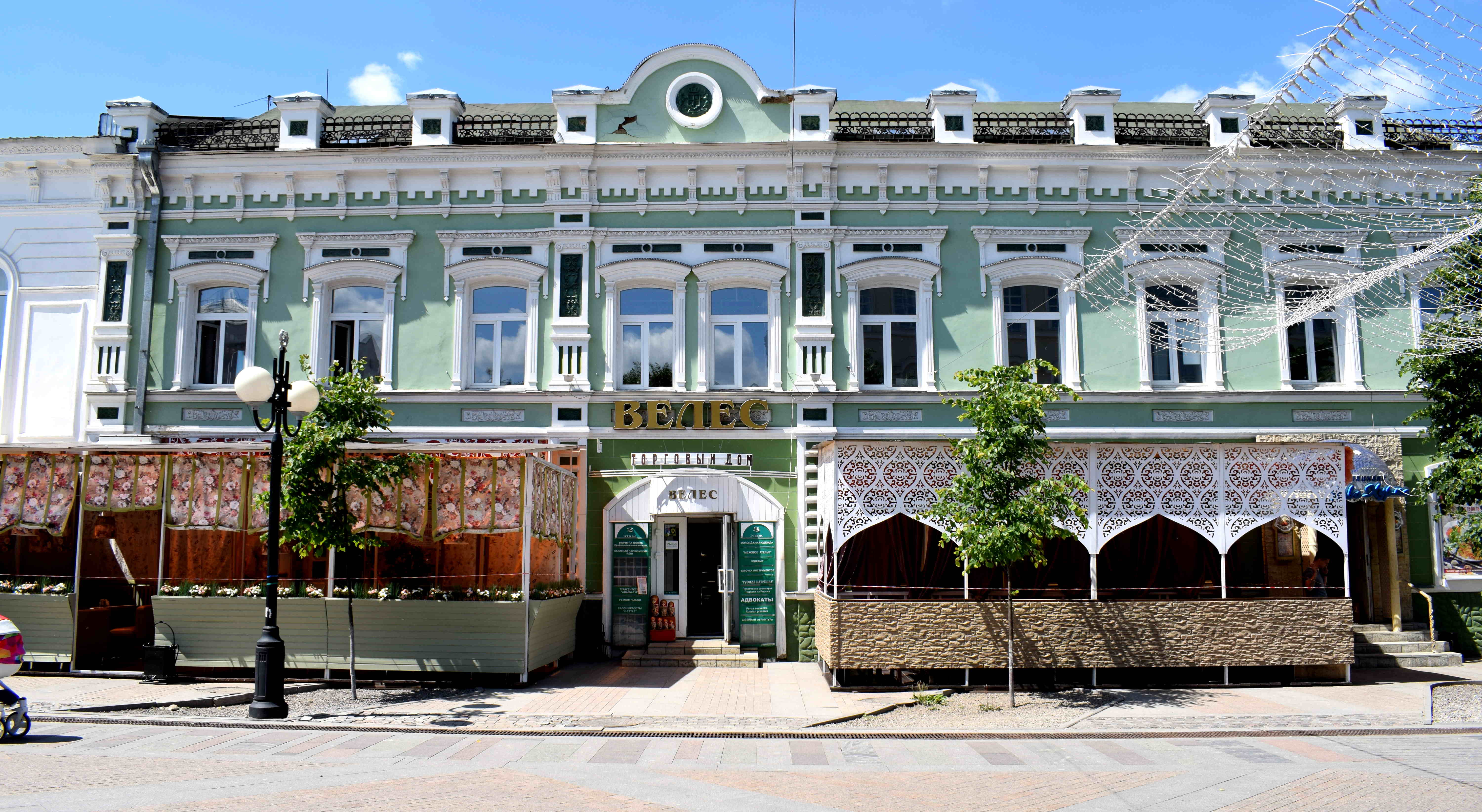 More local restaurants, this one called ‘bread and salt’, a reference to an old Russian tradition of offering bread and salt to guests who visit people’s homes.
More local restaurants, this one called ‘bread and salt’, a reference to an old Russian tradition of offering bread and salt to guests who visit people’s homes.
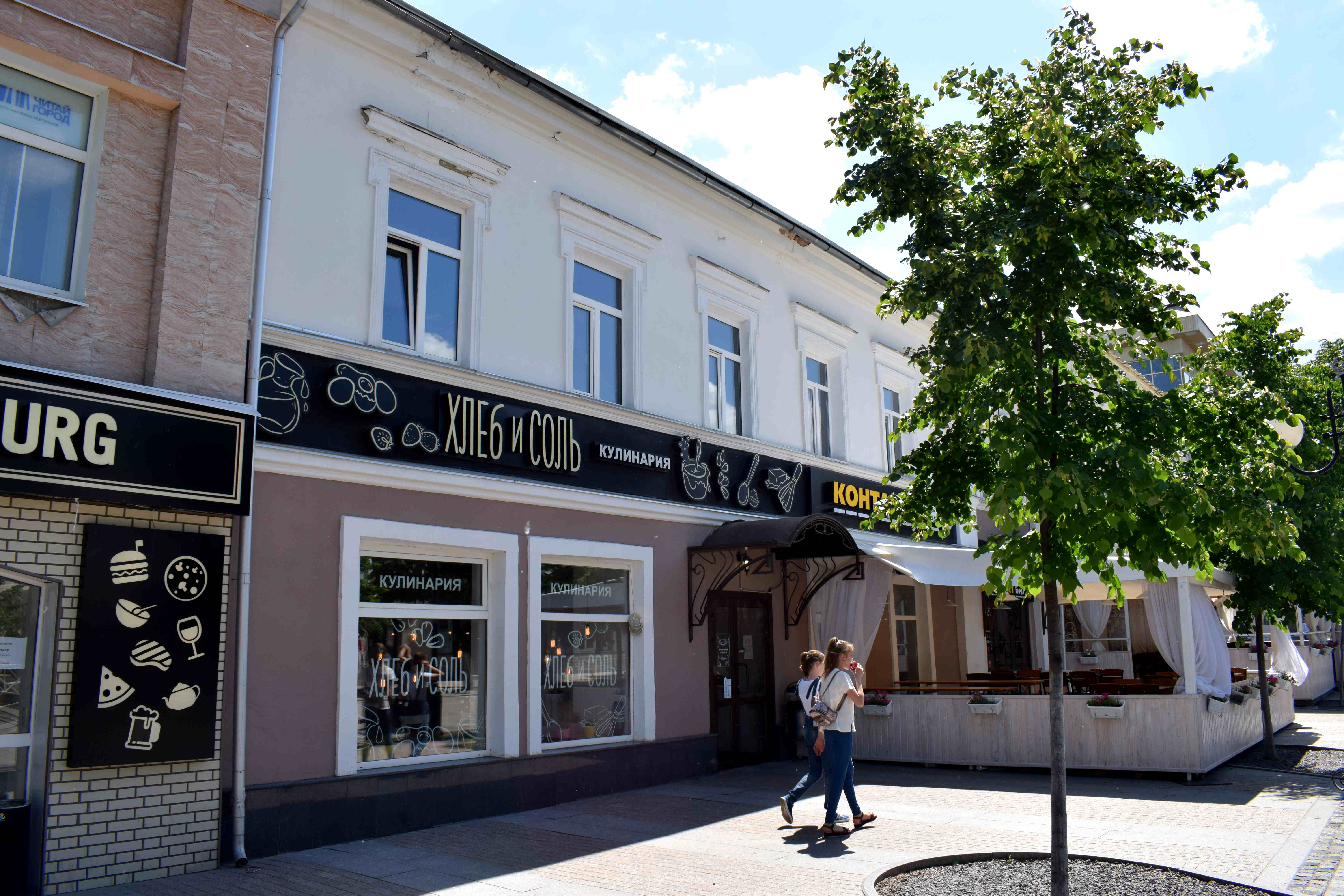 Looking back on the street in the other direction.
Looking back on the street in the other direction.
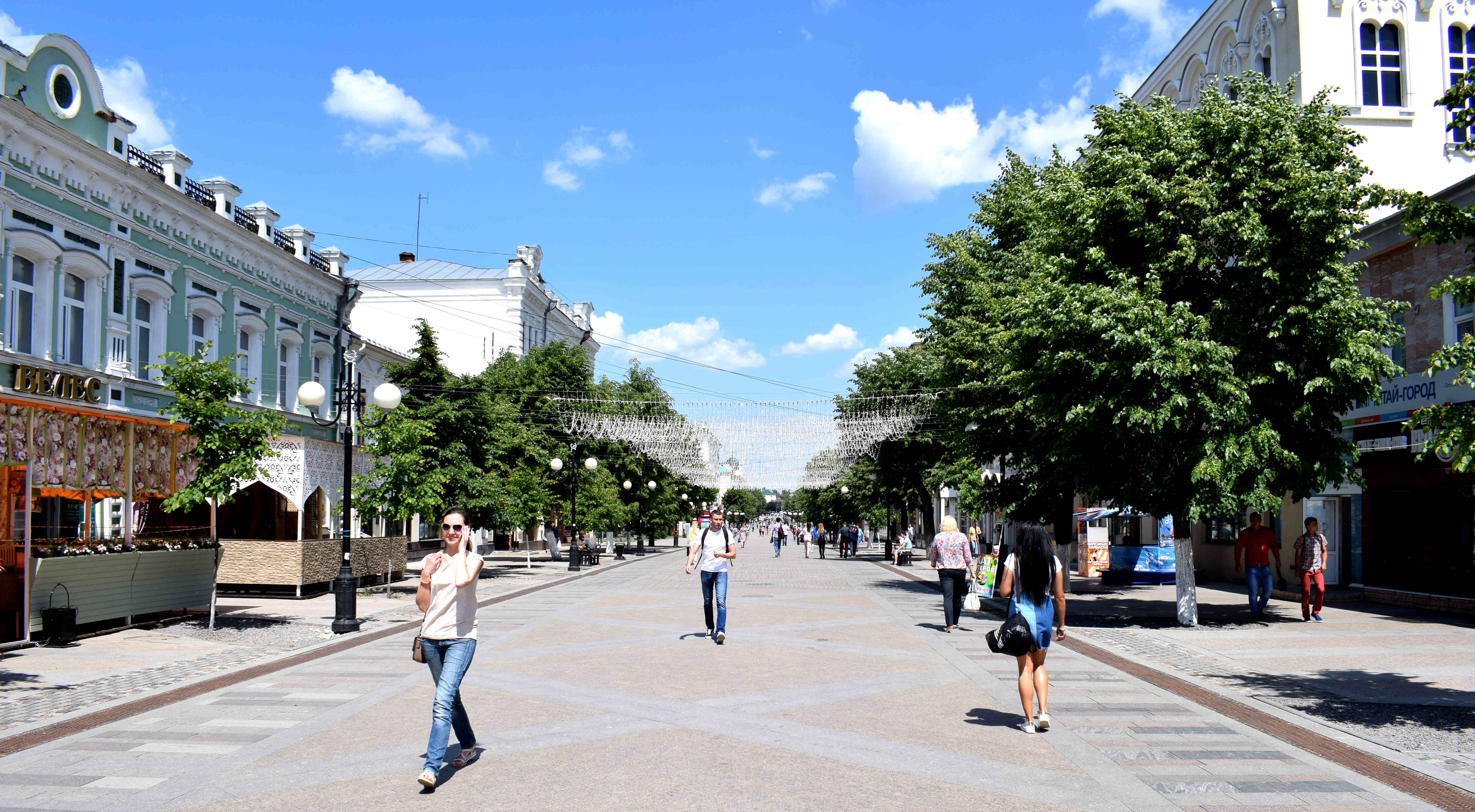 The centers of Russian cities are filled with one to two story buildings that are no different to the centers of cities all over Europe.
The centers of Russian cities are filled with one to two story buildings that are no different to the centers of cities all over Europe.
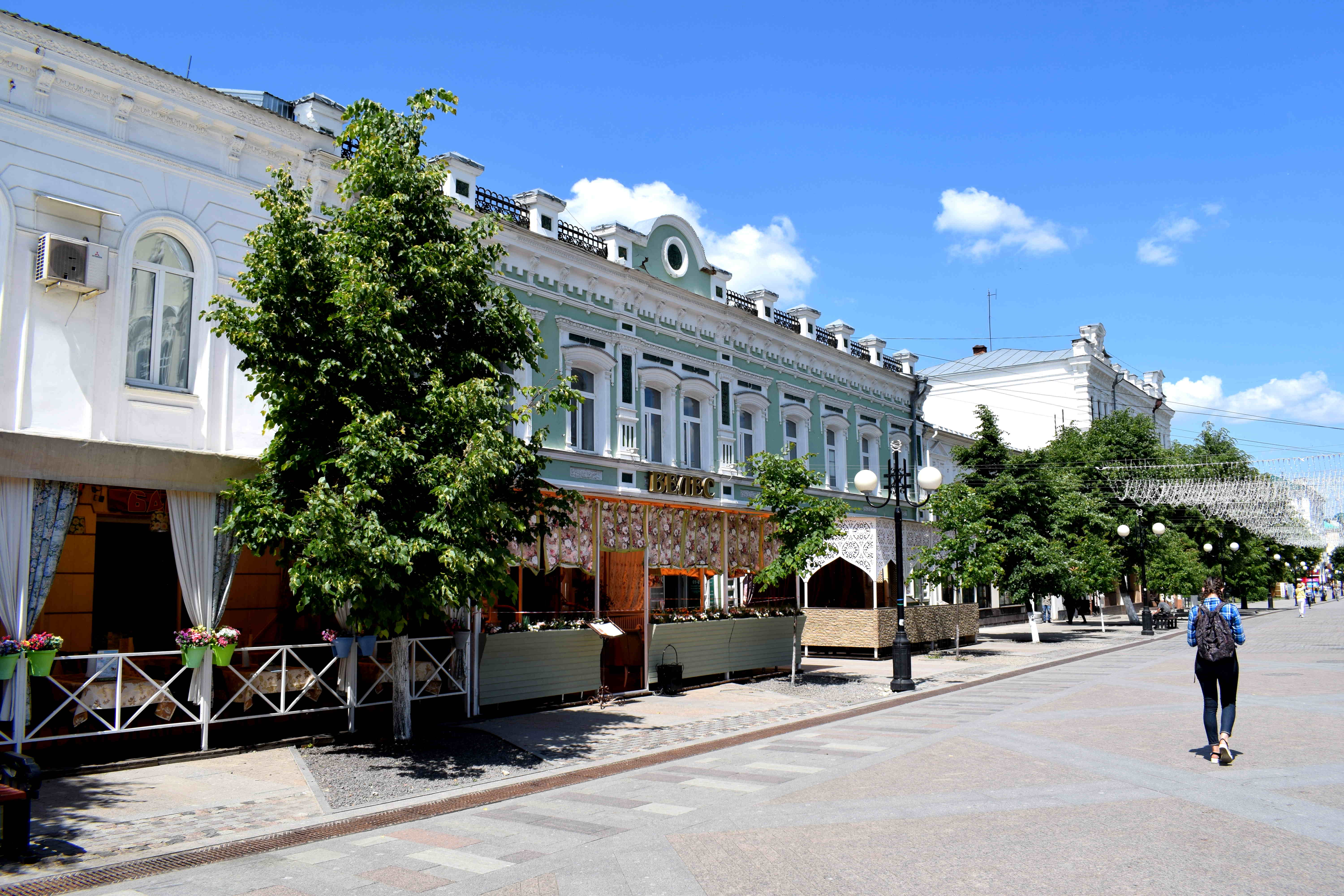 Unfortunately in Russia, as well as in other parts of Eastern Europe they are not as well maintained. And there is a constant threat of them being demolished to make way for more modern high rises.
Unfortunately in Russia, as well as in other parts of Eastern Europe they are not as well maintained. And there is a constant threat of them being demolished to make way for more modern high rises.
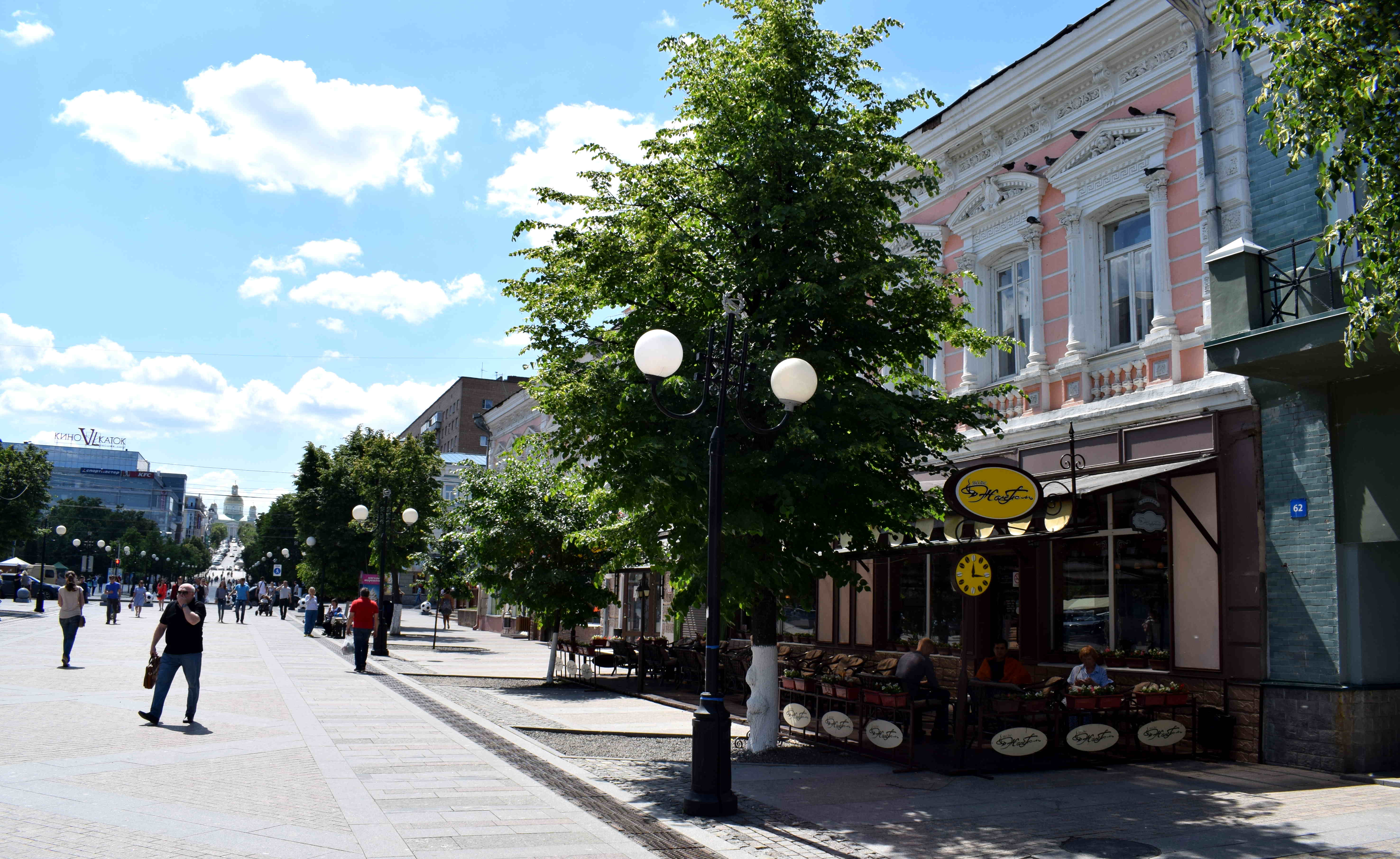 Really the problem comes down to poor rule of law and corruption. What these cities really need is a master urban planning and zoning laws, where construction of buildings over a certain number of floors are banned in the center, and the recognition of all pre-WWII architecture, as well as a lot of post-WWII architecture as historically protected. This would keep developers from destroying the center of the city.
Really the problem comes down to poor rule of law and corruption. What these cities really need is a master urban planning and zoning laws, where construction of buildings over a certain number of floors are banned in the center, and the recognition of all pre-WWII architecture, as well as a lot of post-WWII architecture as historically protected. This would keep developers from destroying the center of the city.
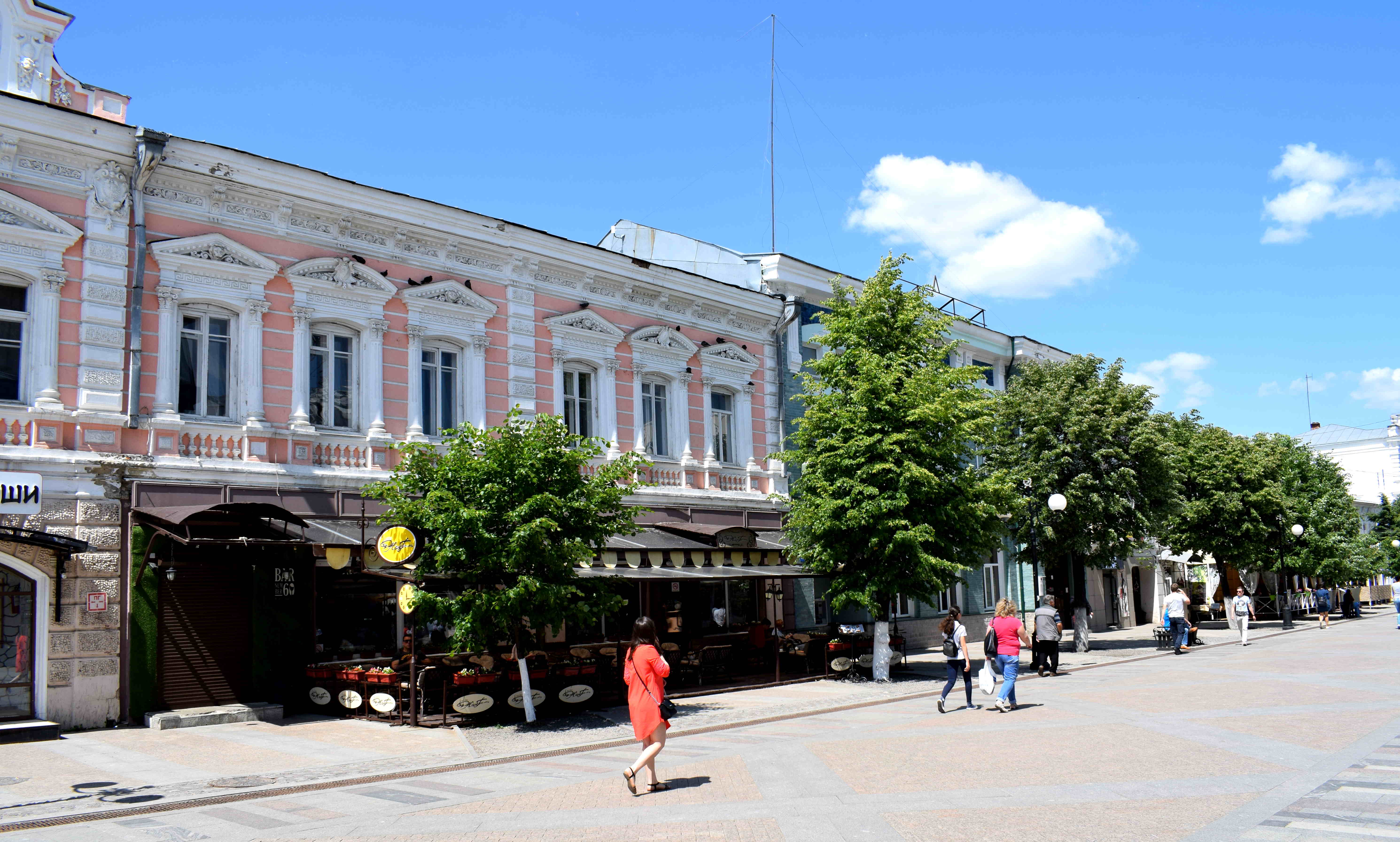 For now, what’s saving cities like Penza in Russia’s provinces is the lack of money and poor economy. These cities are quite poor, and there is no guarantee that if a developer builds office space of an apartment building that it will be profitable. Very few people are moving to Penza, most people are moving out of the city to biggest Russian cities nearby or Moscow and Saint Petersburg.
For now, what’s saving cities like Penza in Russia’s provinces is the lack of money and poor economy. These cities are quite poor, and there is no guarantee that if a developer builds office space of an apartment building that it will be profitable. Very few people are moving to Penza, most people are moving out of the city to biggest Russian cities nearby or Moscow and Saint Petersburg.
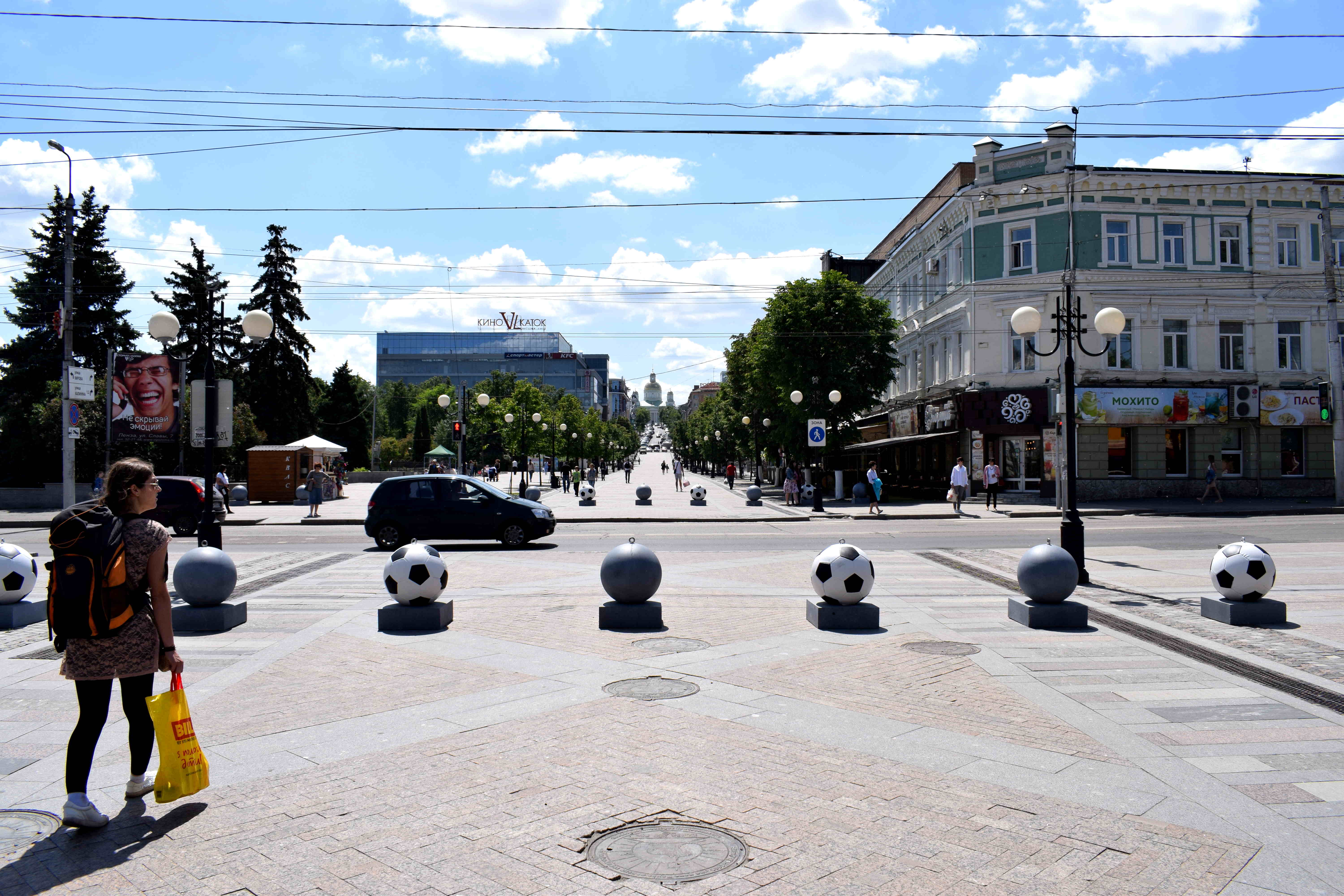 The problem is that as soon as a city begins to develop and money poors, developers come in and destroy the city. It’s what is destroying Moscow right now, and it happens in cities everywhere around the world. The only exception I see to this trend are some cities in Western Europe which have strong laws that protect their city centers and the historic architecture. This is the example Russia should follow.
The problem is that as soon as a city begins to develop and money poors, developers come in and destroy the city. It’s what is destroying Moscow right now, and it happens in cities everywhere around the world. The only exception I see to this trend are some cities in Western Europe which have strong laws that protect their city centers and the historic architecture. This is the example Russia should follow.
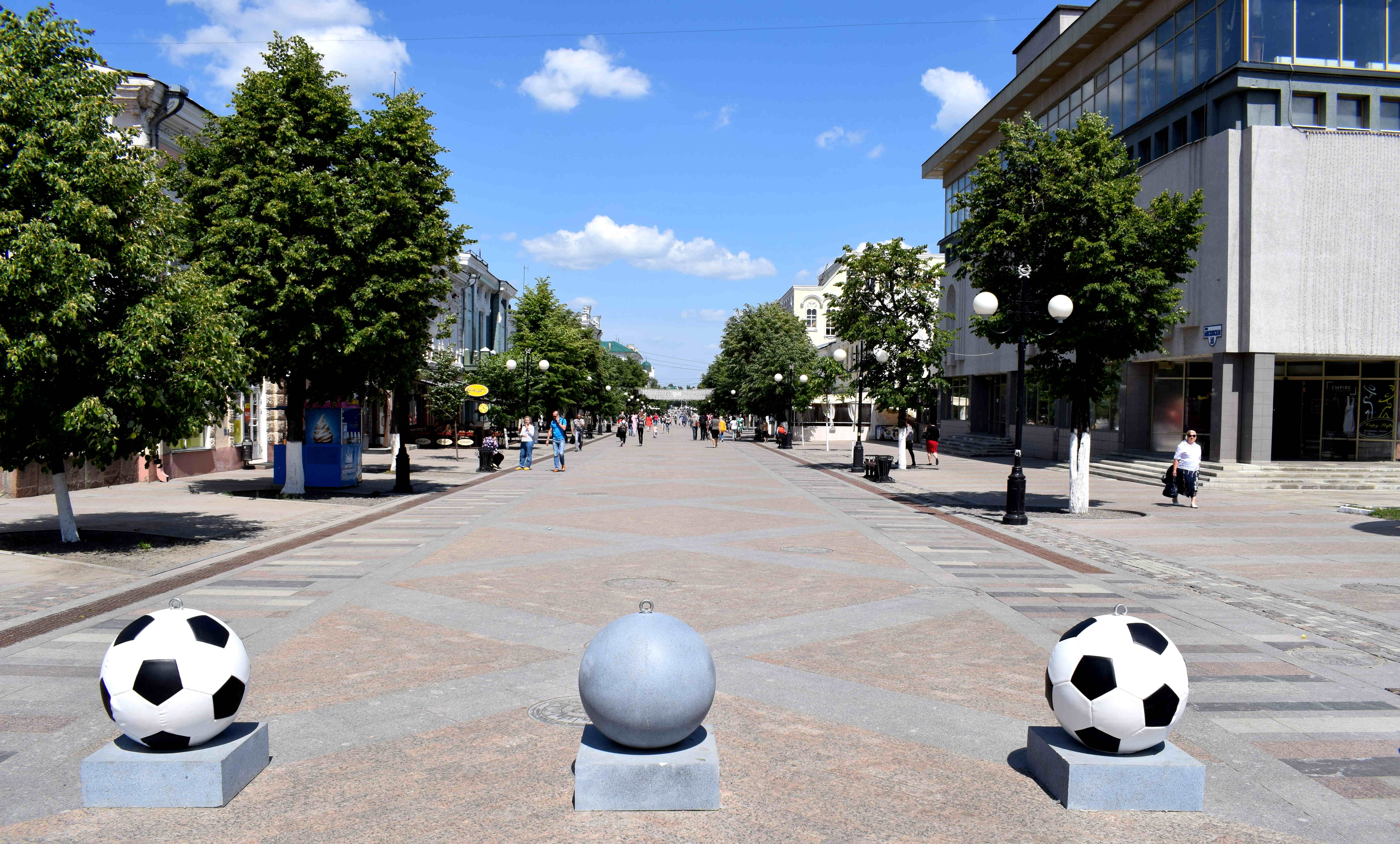 Take a building that is three stories high, tear it down, and build one that is ten stories high on the same piece of land. Think of all the profit. The only thing that holds back developers from doing this are strong laws that protect historic buildings.
Take a building that is three stories high, tear it down, and build one that is ten stories high on the same piece of land. Think of all the profit. The only thing that holds back developers from doing this are strong laws that protect historic buildings.
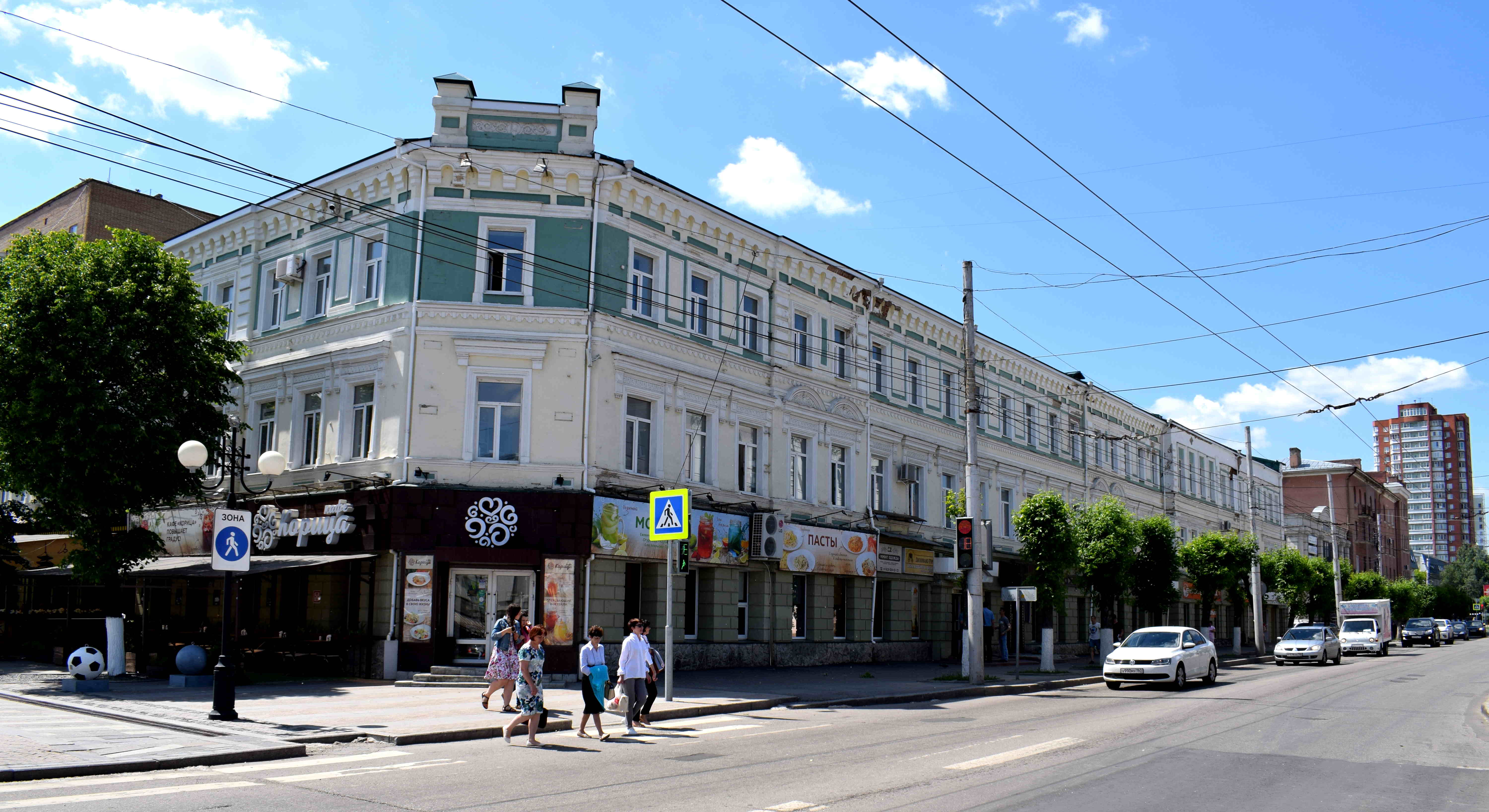 A beautiful street.
A beautiful street.
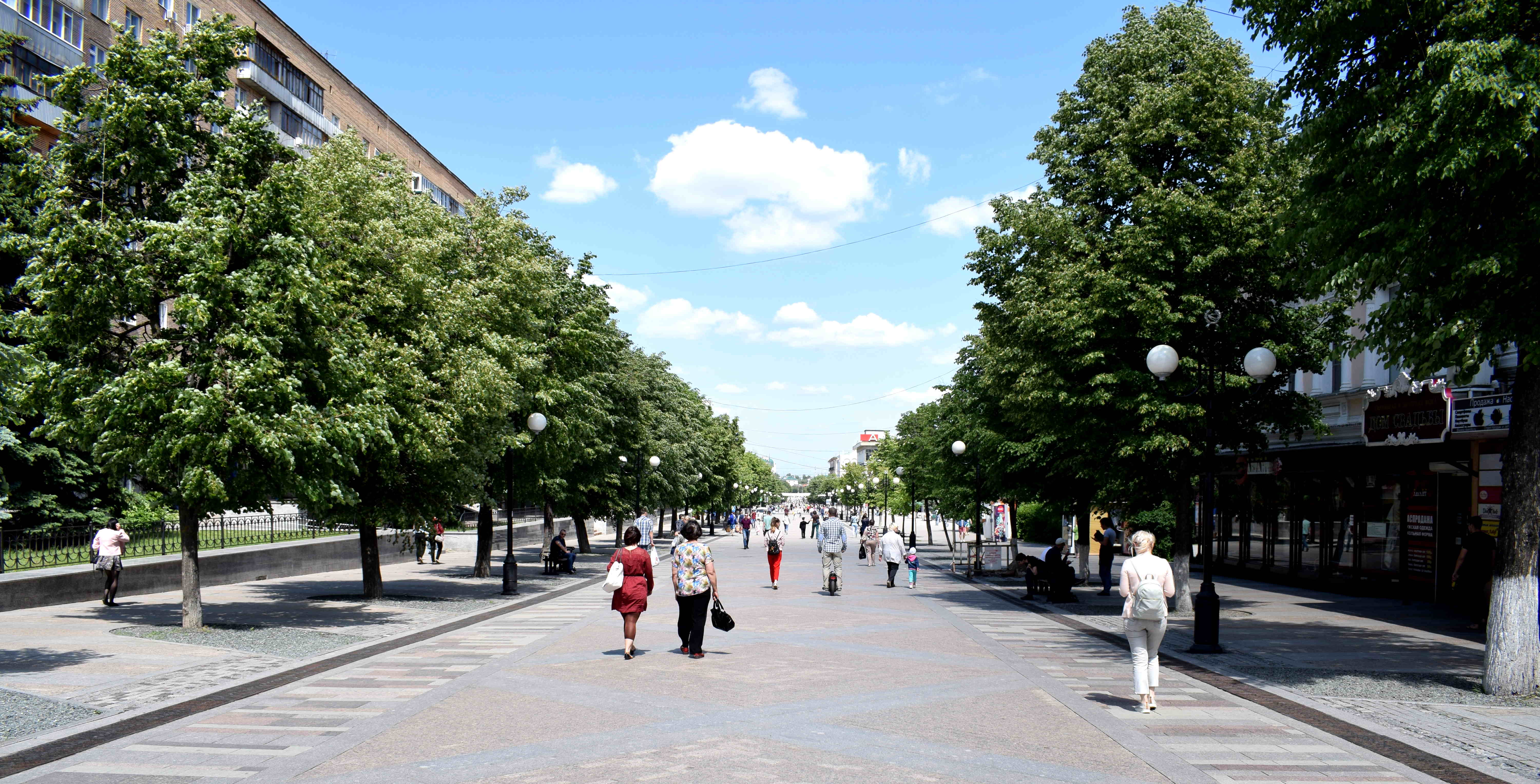 It’s amazing this street used to be open for cars up until a few years ago. But the local authorities did the right thing and decided to turn it into a pedestrian zone. In this sense, Penza is years ahead of most US cities, which have absolutely no pedestrian streets in their centers and continue to believe that cars are the only way to get around town.
It’s amazing this street used to be open for cars up until a few years ago. But the local authorities did the right thing and decided to turn it into a pedestrian zone. In this sense, Penza is years ahead of most US cities, which have absolutely no pedestrian streets in their centers and continue to believe that cars are the only way to get around town.
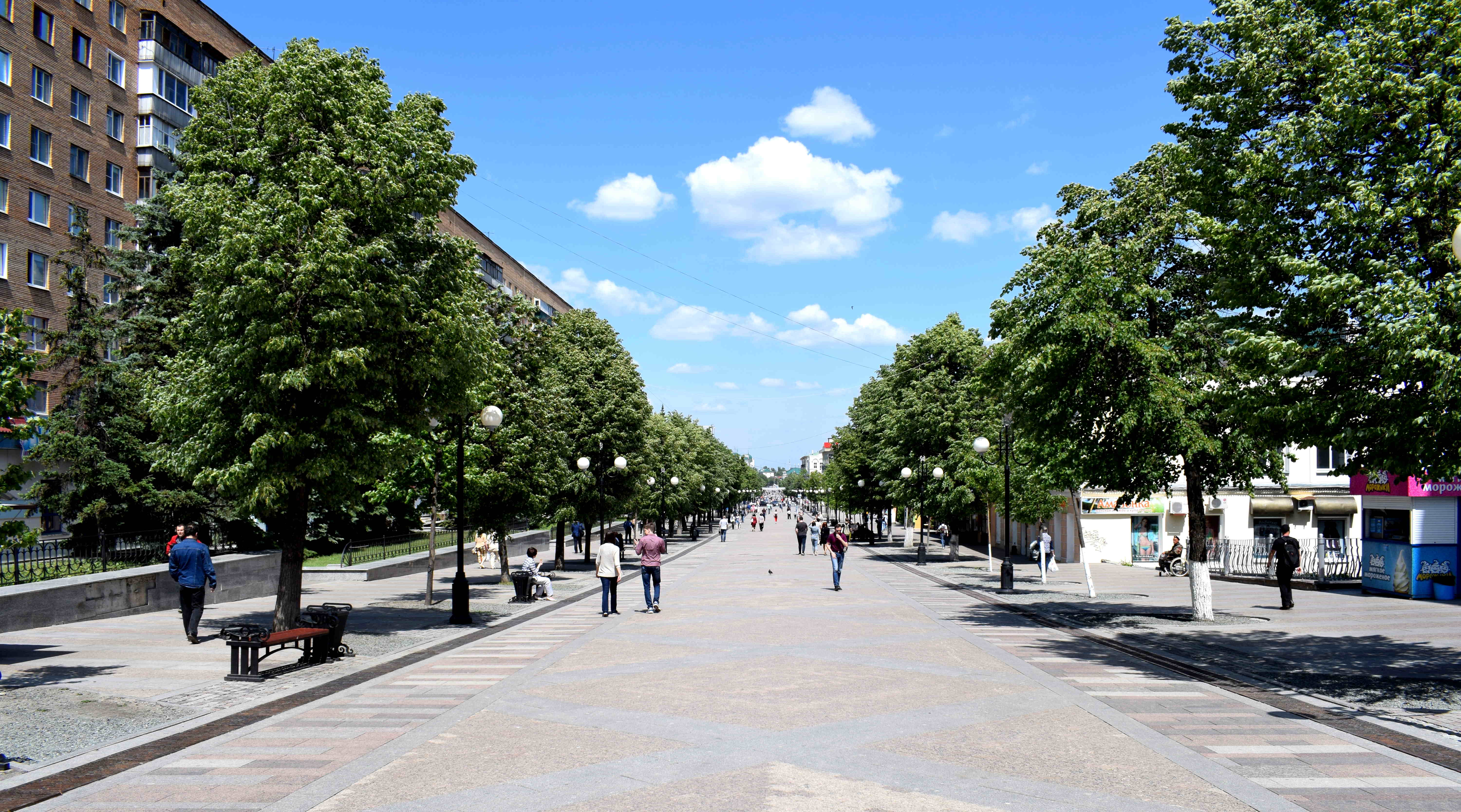 As mentioned before, the street leads up to a huge church, but doesn’t quite go all the way. Here is where the pedestrians street ends.
As mentioned before, the street leads up to a huge church, but doesn’t quite go all the way. Here is where the pedestrians street ends.
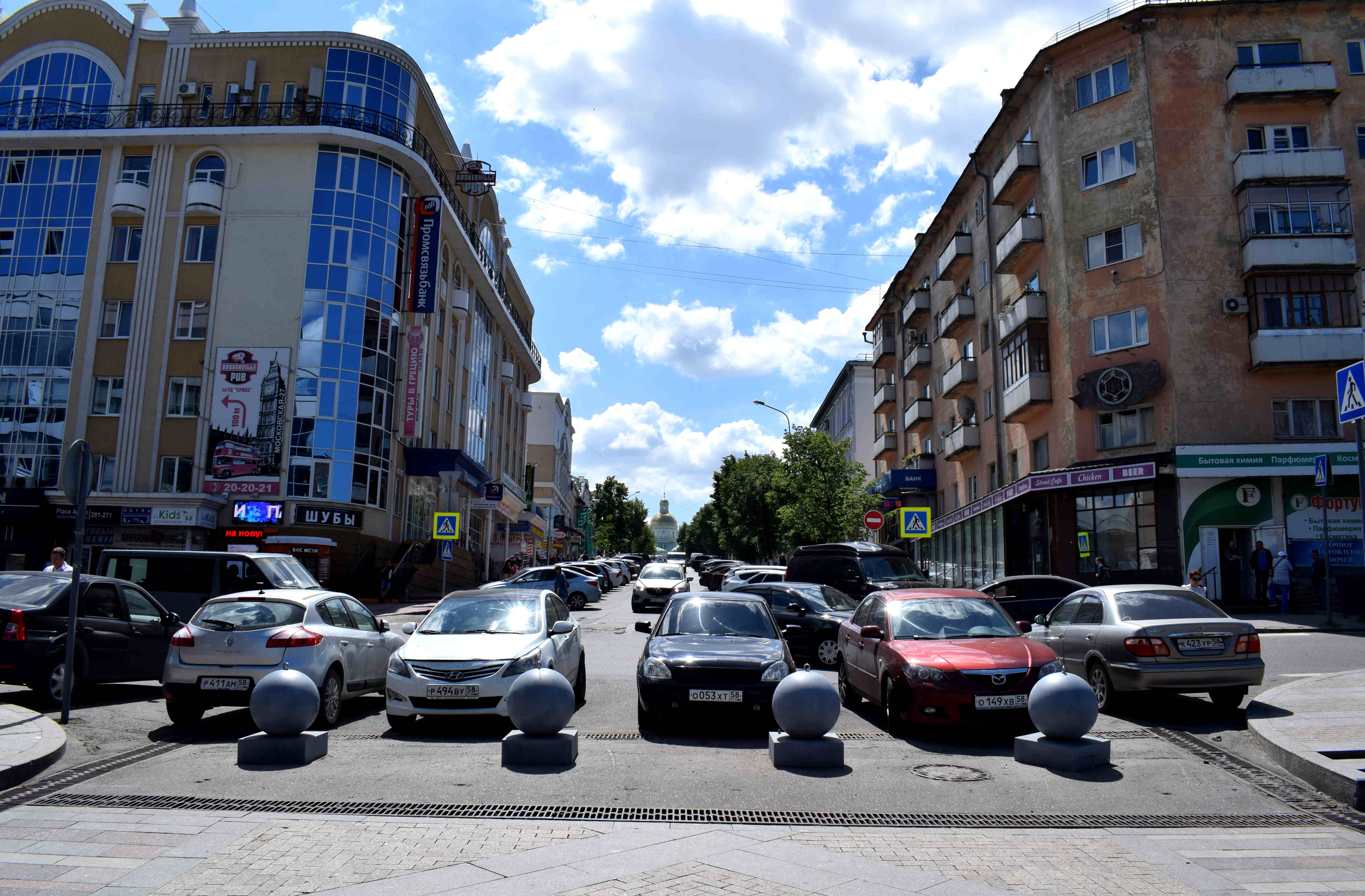 I like these coffee stands built in the shape of coffee cup.
I like these coffee stands built in the shape of coffee cup.
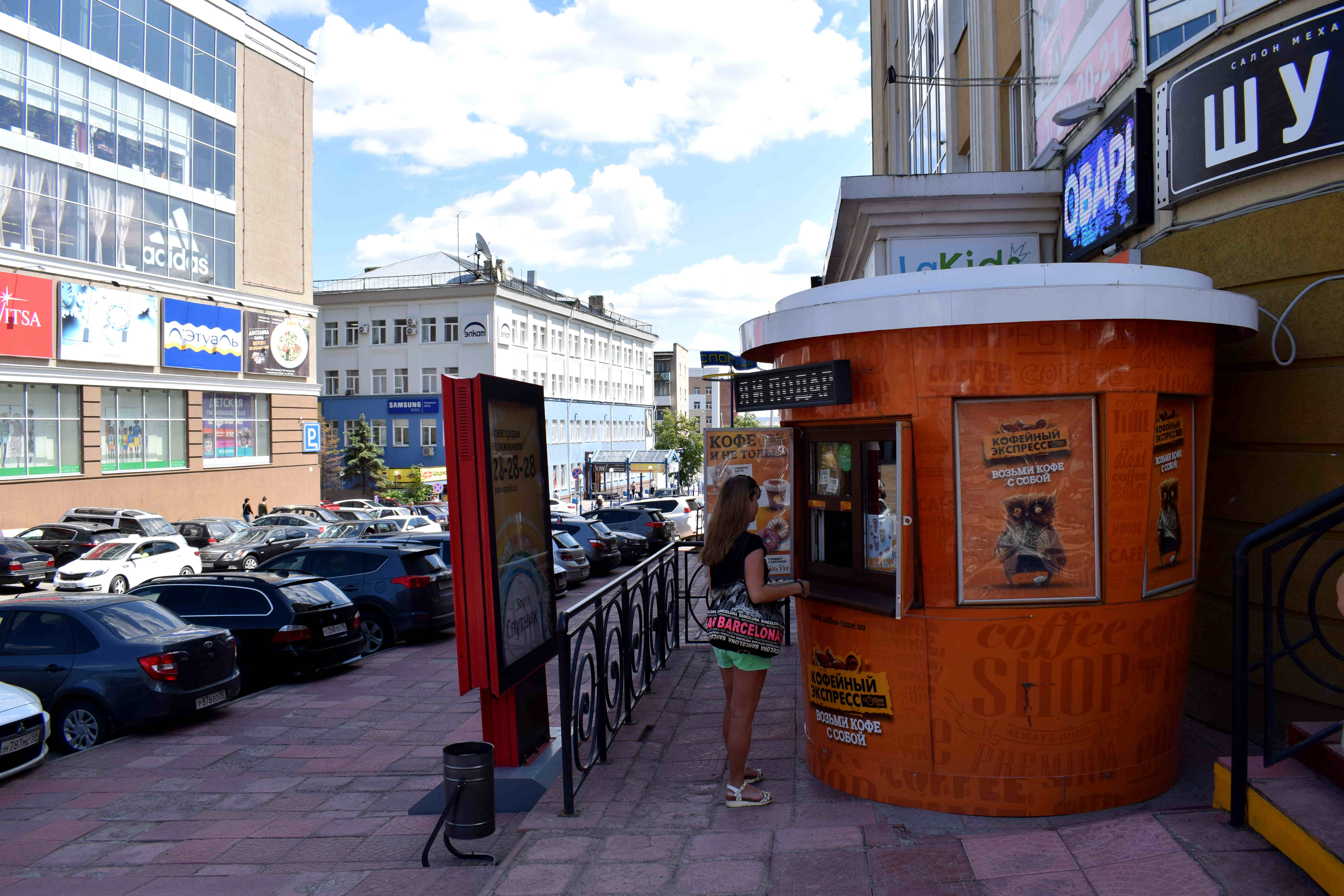 Here you can get a sense of what Moskovskaya Street used to look like before they pedestrianized it. Narrow sidewalks, parking for cars. Not much space to move around.
Here you can get a sense of what Moskovskaya Street used to look like before they pedestrianized it. Narrow sidewalks, parking for cars. Not much space to move around.
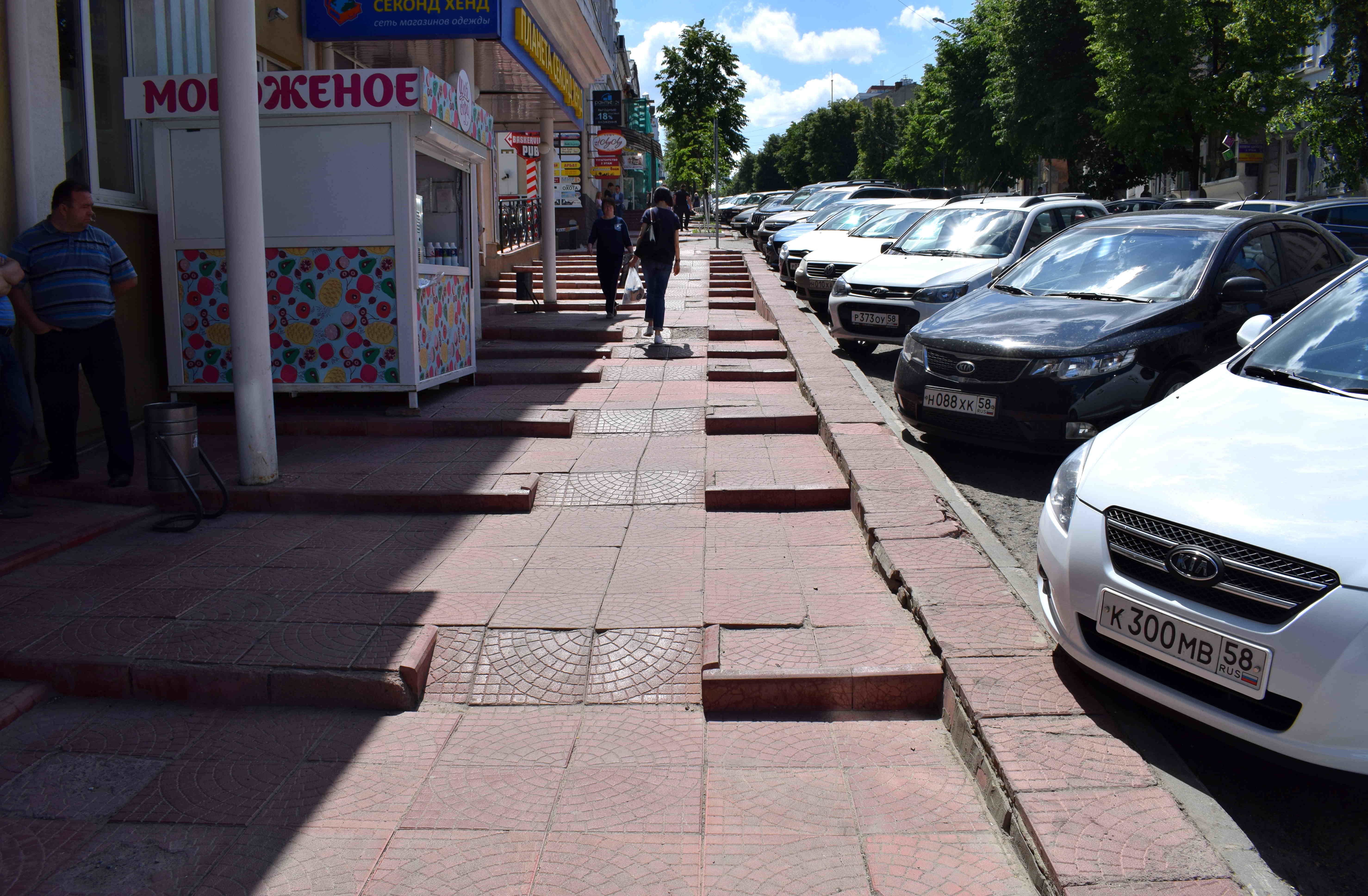 The view from the top of the hill looking back at Moskovskaya Street. They should pedestrianize the rest of this street.
The view from the top of the hill looking back at Moskovskaya Street. They should pedestrianize the rest of this street.
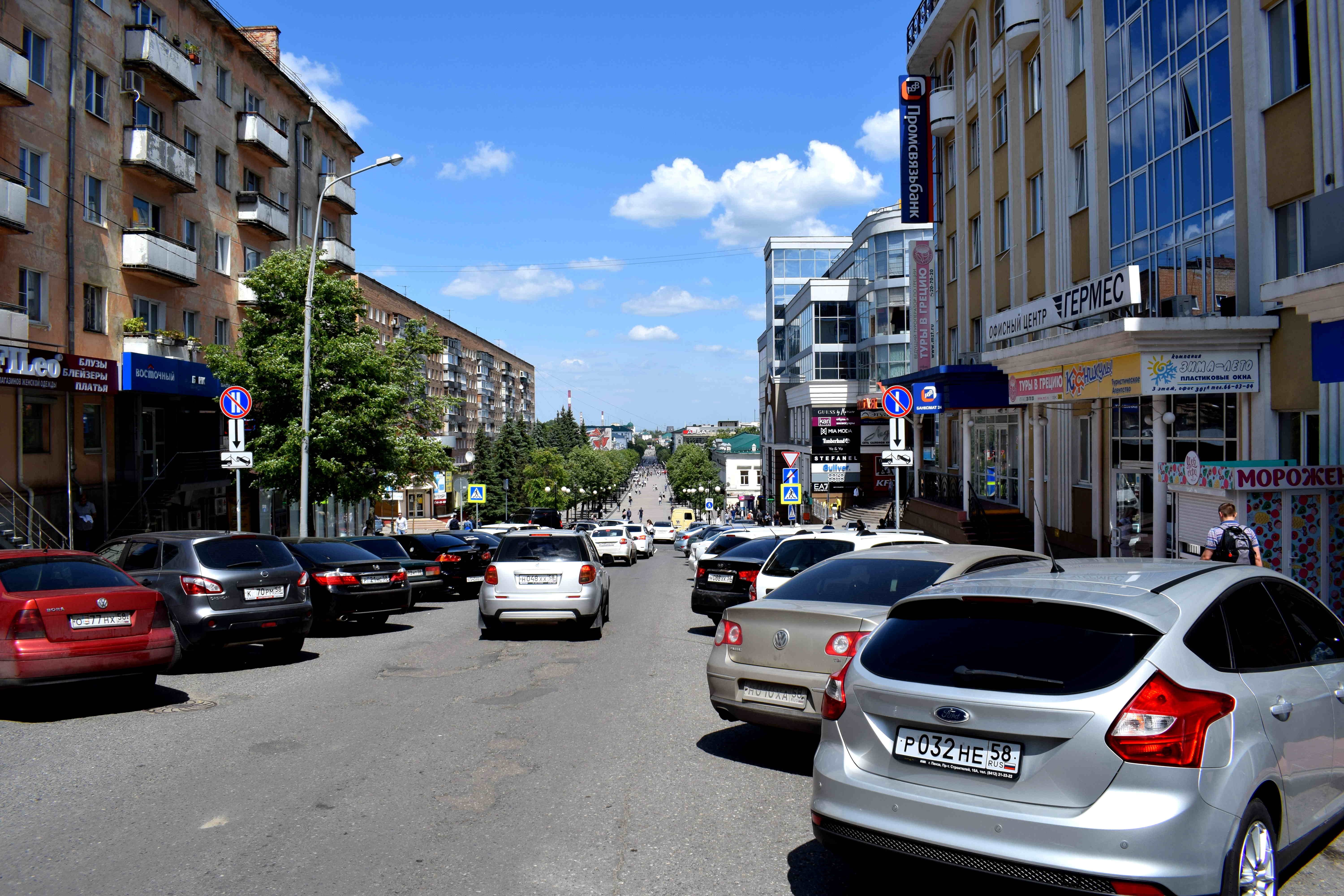 A historic pharmacy.
A historic pharmacy.
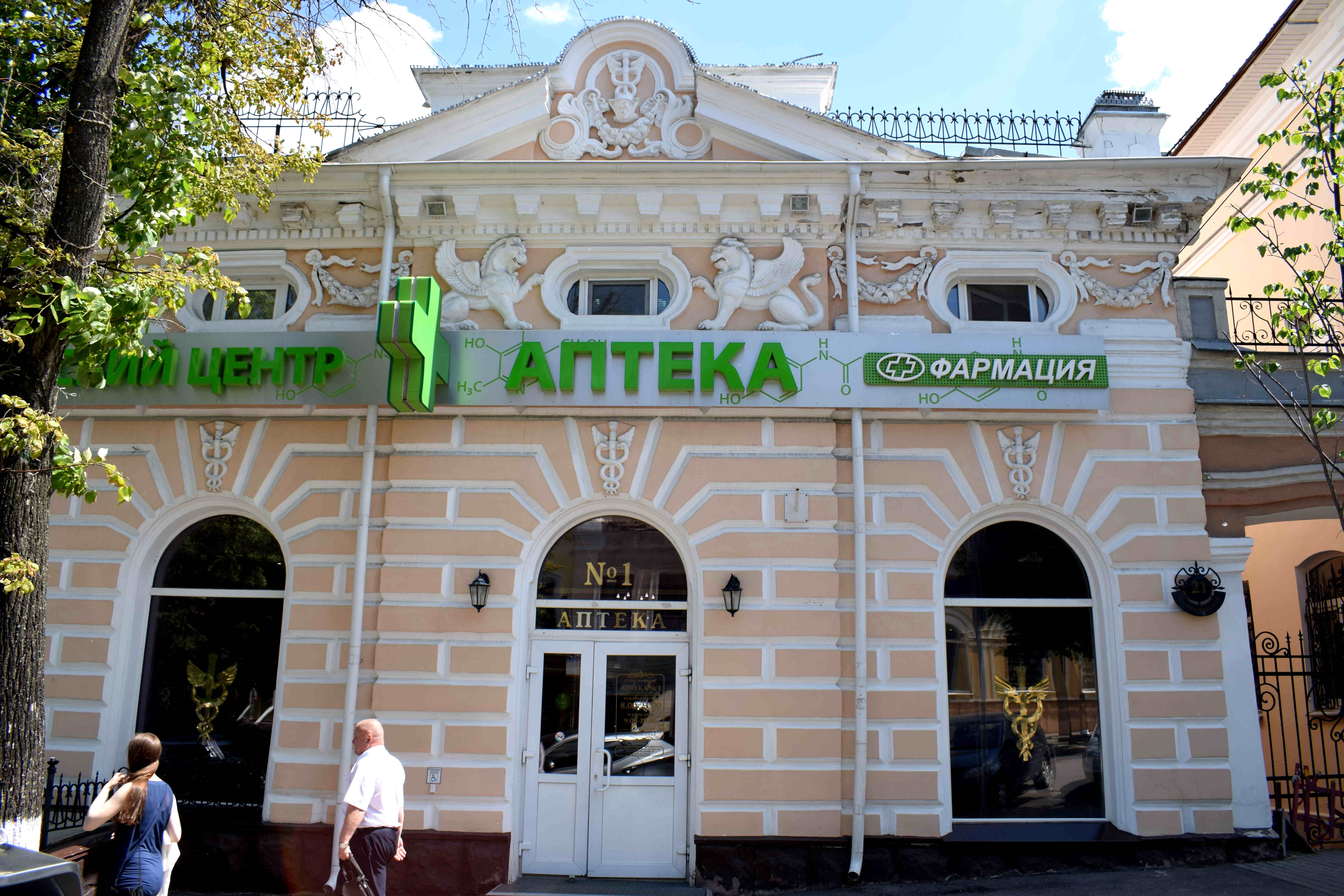 Some of these buildings are really in terrible shape. Let’s hope the city does the right thing and renovates them instead of tearing them down. These buildings would make perfect locations to open book shops, cafes, hostels or co-working spaces.
Some of these buildings are really in terrible shape. Let’s hope the city does the right thing and renovates them instead of tearing them down. These buildings would make perfect locations to open book shops, cafes, hostels or co-working spaces.
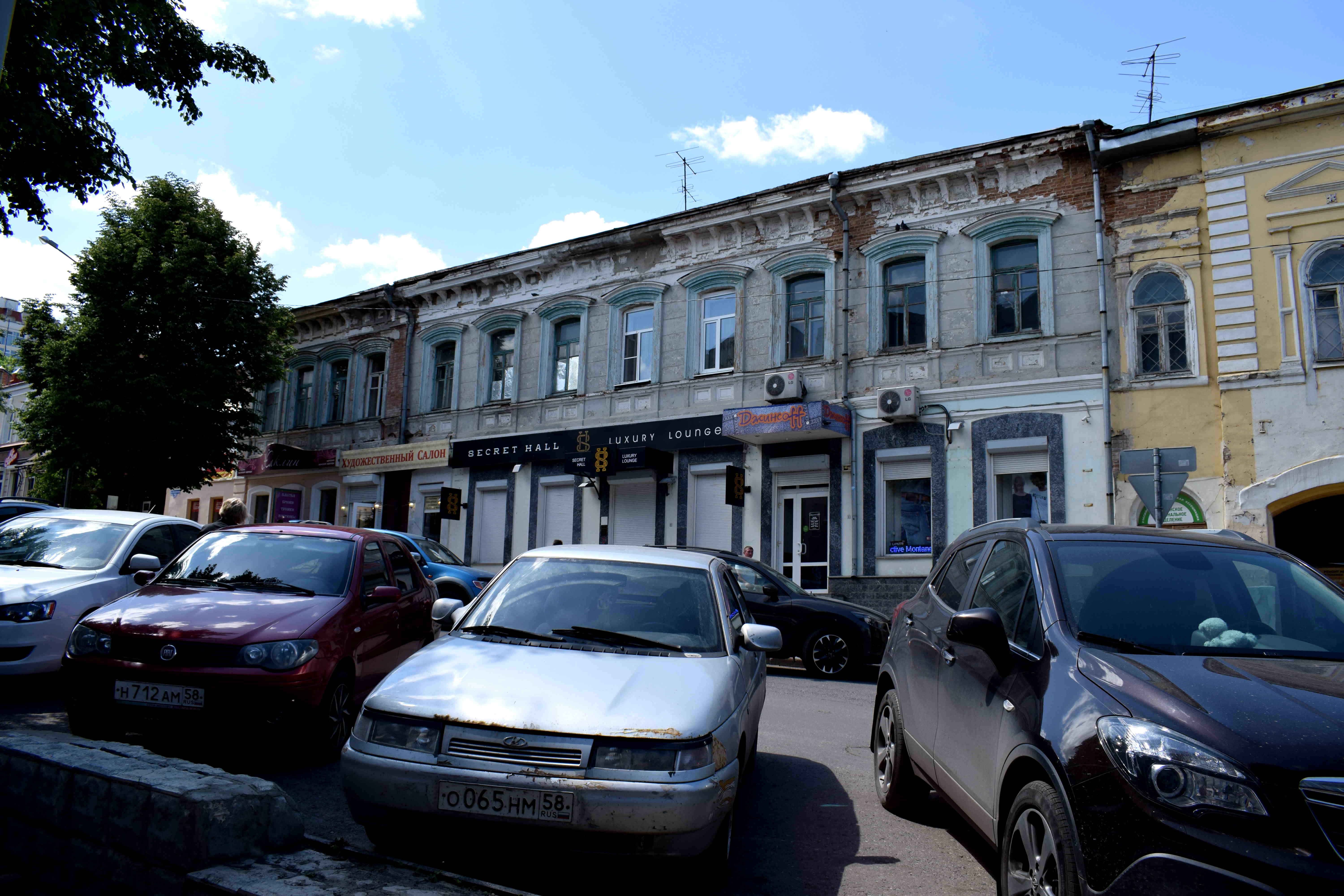 On the left you can see an example of a second problem that many Russian cities face: cutting down trees. On the left you can see an example of a tree that was ‘trimmed’ to the point where they killed the tree. You can see this repeated all across Russia in many cities, trees that have their branches cut down to their bare bones to the point where the tree dies. I have no explanation as to why this happens, but you see it everywhere.
On the left you can see an example of a second problem that many Russian cities face: cutting down trees. On the left you can see an example of a tree that was ‘trimmed’ to the point where they killed the tree. You can see this repeated all across Russia in many cities, trees that have their branches cut down to their bare bones to the point where the tree dies. I have no explanation as to why this happens, but you see it everywhere.
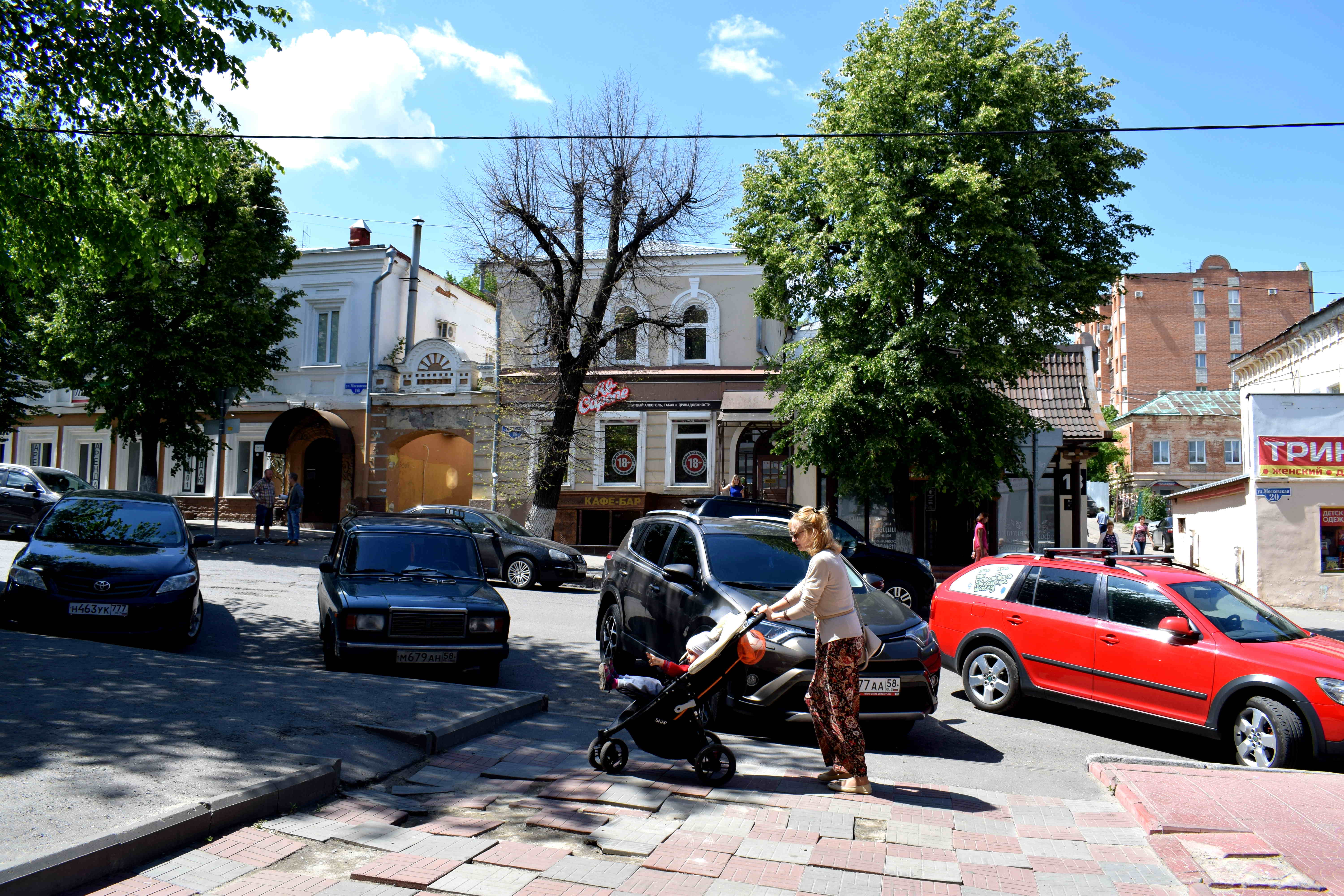 Thankfully though, the buildings behind the trees are in good shape.
Thankfully though, the buildings behind the trees are in good shape.
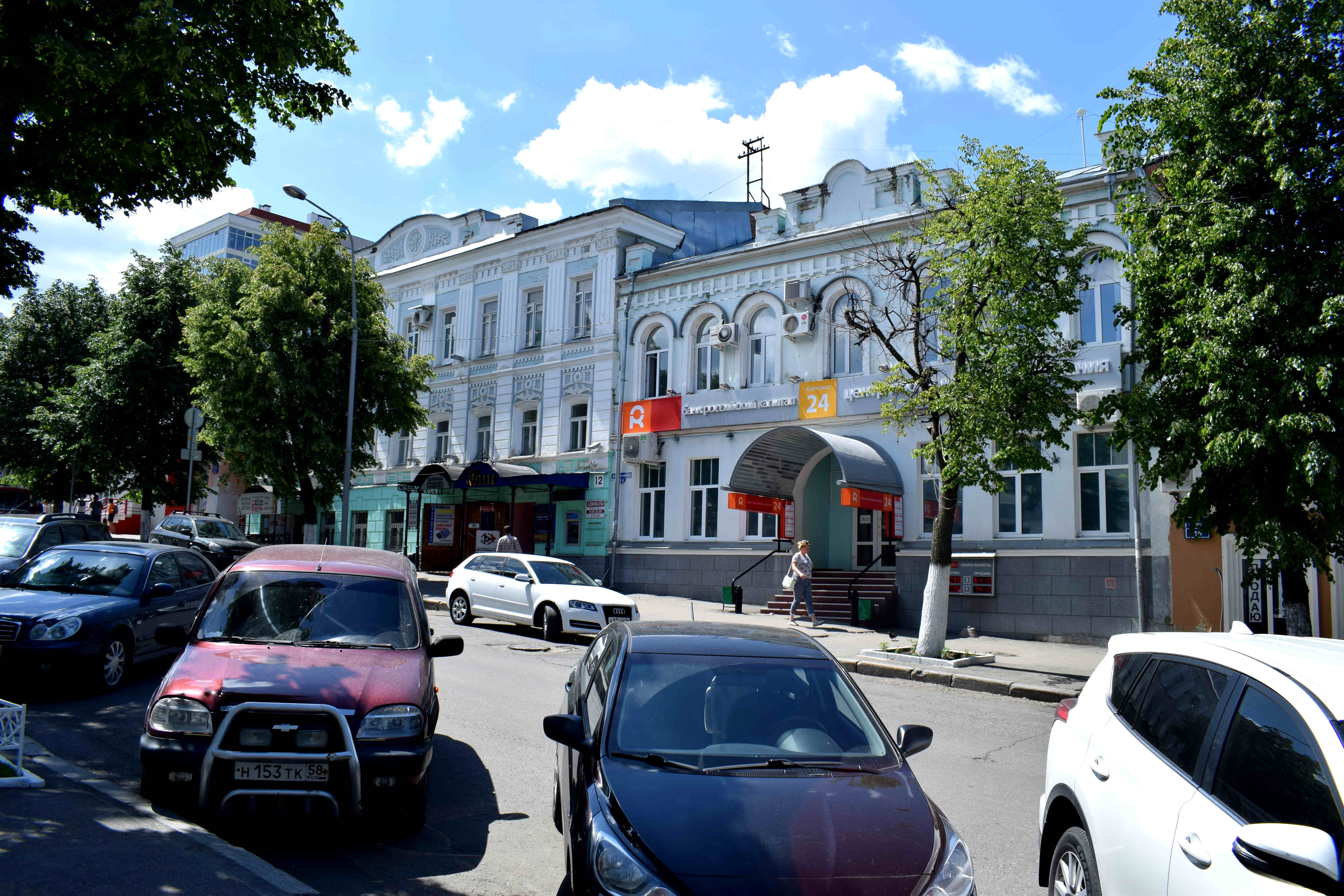 Looking further back down the street.
Looking further back down the street.
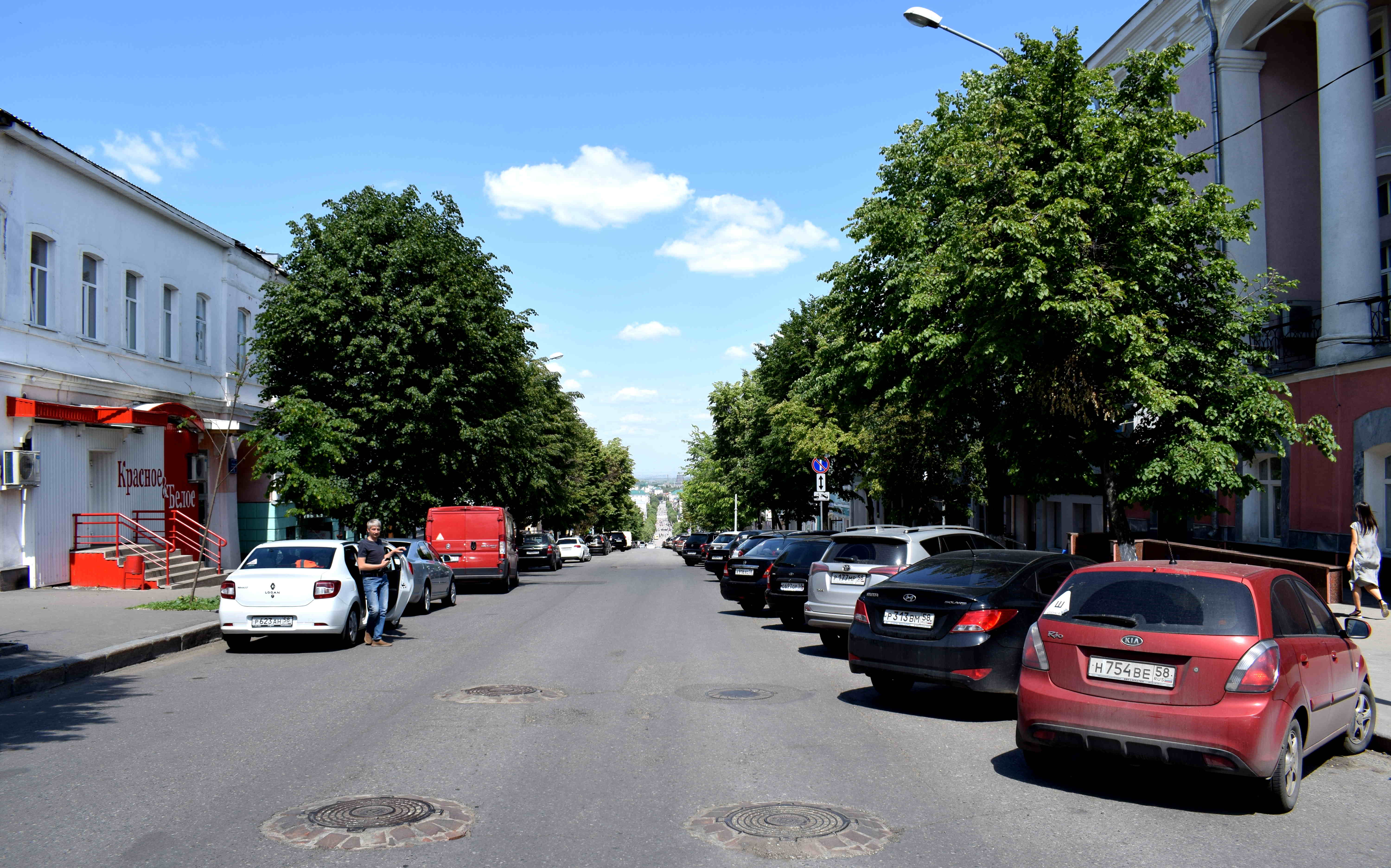 Up ahead you can see Penza’s main church, the Spassky Cathedral. There is a sad story to this cathedral, as it was one of thousands of similar churches and cathedrals that the Bolsheviks tore down in the 1930’s in their attempt to get rid of religion in the Soviet Union.
Up ahead you can see Penza’s main church, the Spassky Cathedral. There is a sad story to this cathedral, as it was one of thousands of similar churches and cathedrals that the Bolsheviks tore down in the 1930’s in their attempt to get rid of religion in the Soviet Union.
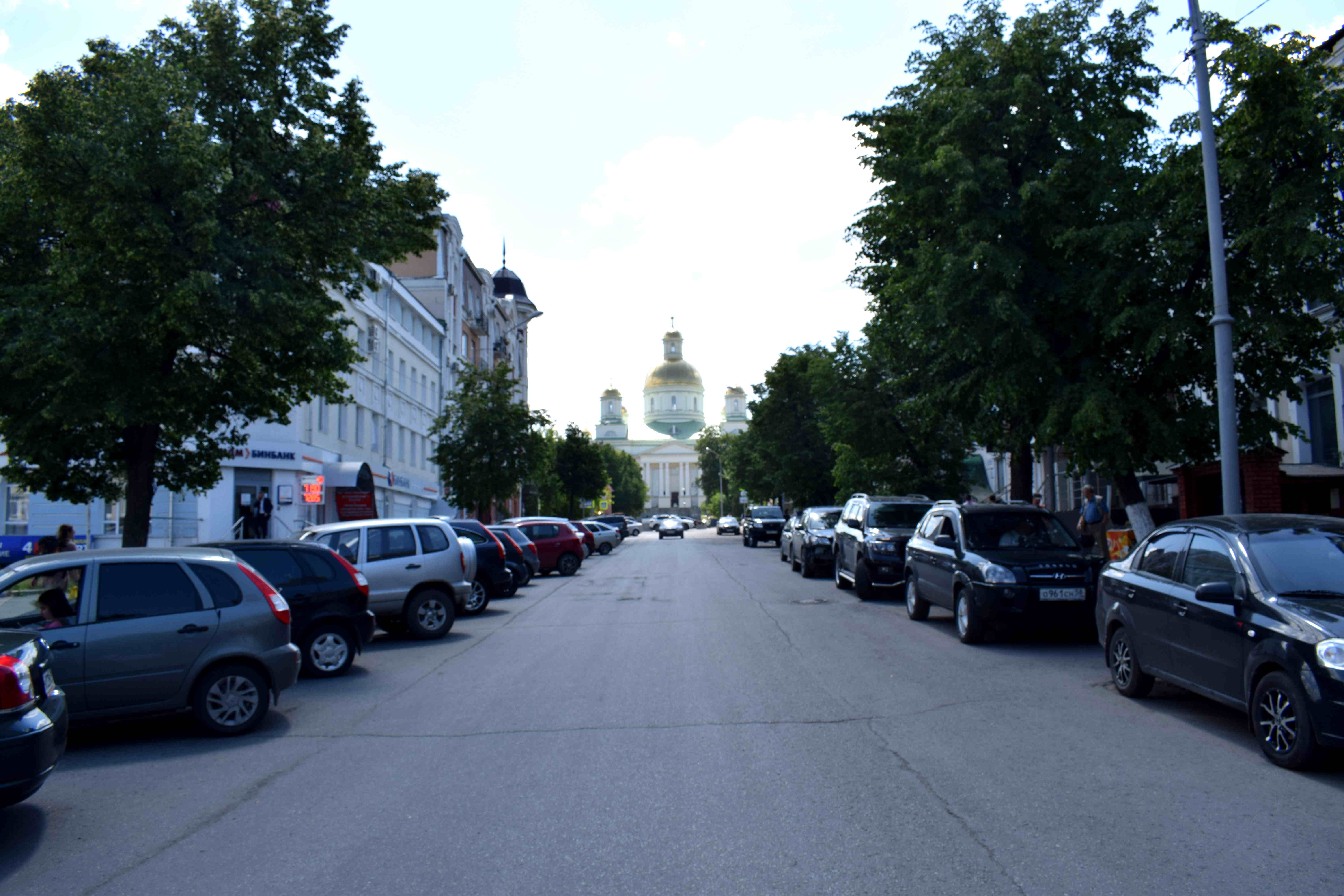 Several European style buildings are located near the Cathedral as you walk up toward it.
Several European style buildings are located near the Cathedral as you walk up toward it.
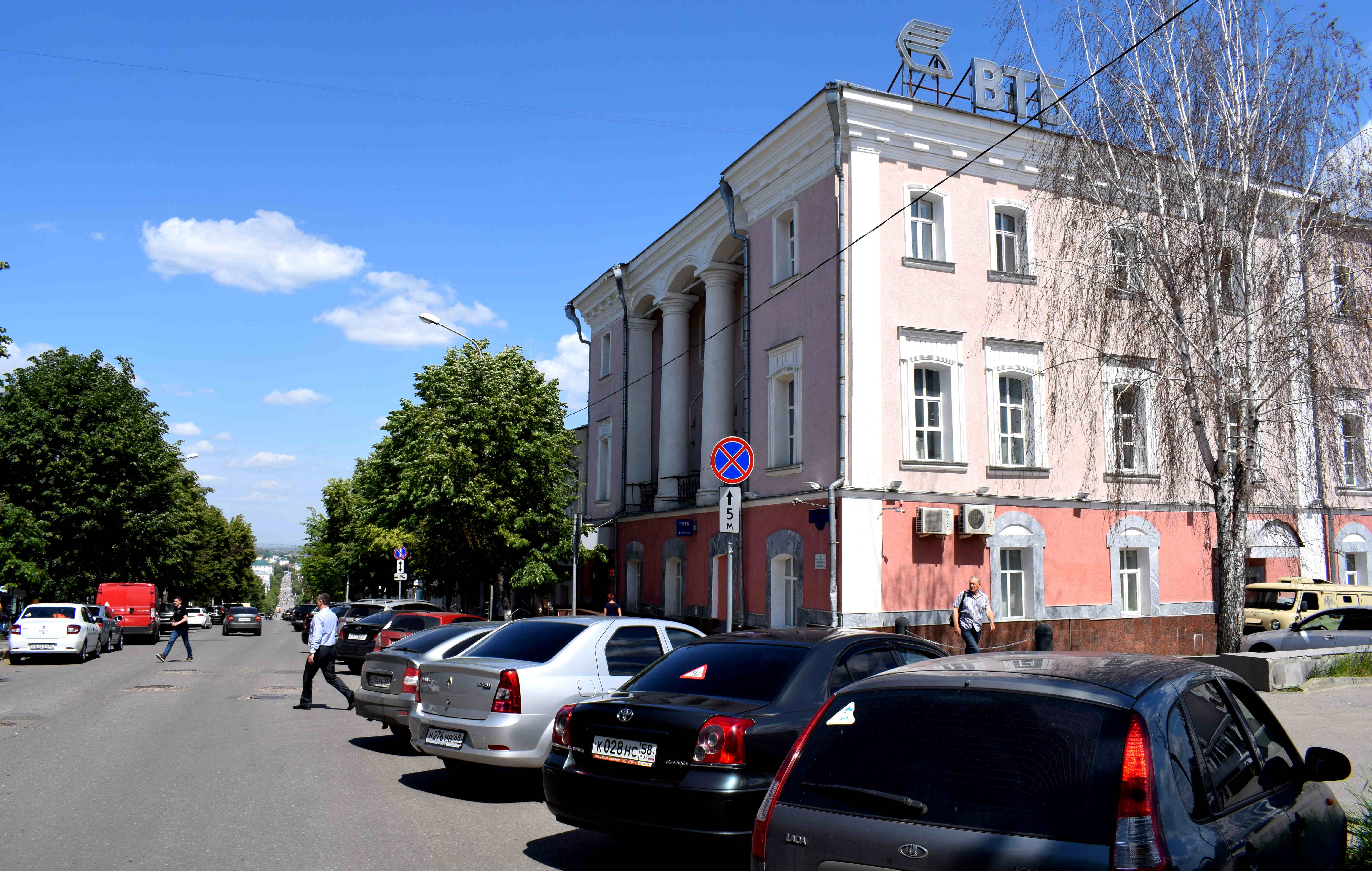 It’s just amazing how you can find piece of Europe that stretch out this far east. It’s truly prove that Europe stretches all the way out to the Urals and beyond.
It’s just amazing how you can find piece of Europe that stretch out this far east. It’s truly prove that Europe stretches all the way out to the Urals and beyond.
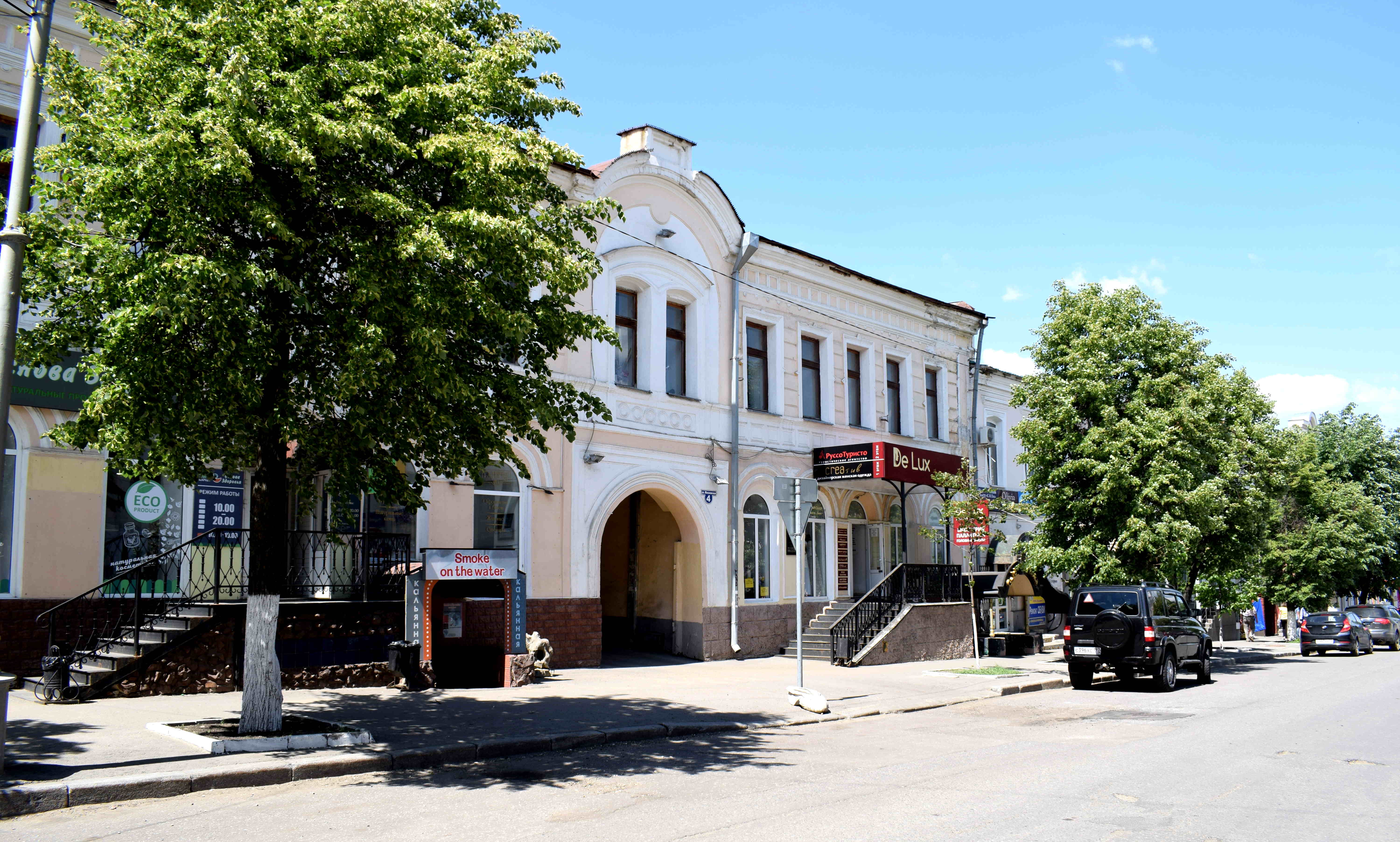 The Spassky Cathedral is currently under construction. Originally it was built from 1800-1824 and stood as the central symbol of the city up until 1934 when the Bolsheviks blew it up. For the following decades a park stood in its place, and this park still exists today. In the 2000’s a decision was made to rebuild the Spassky Cathedral in its historic location.
The Spassky Cathedral is currently under construction. Originally it was built from 1800-1824 and stood as the central symbol of the city up until 1934 when the Bolsheviks blew it up. For the following decades a park stood in its place, and this park still exists today. In the 2000’s a decision was made to rebuild the Spassky Cathedral in its historic location.
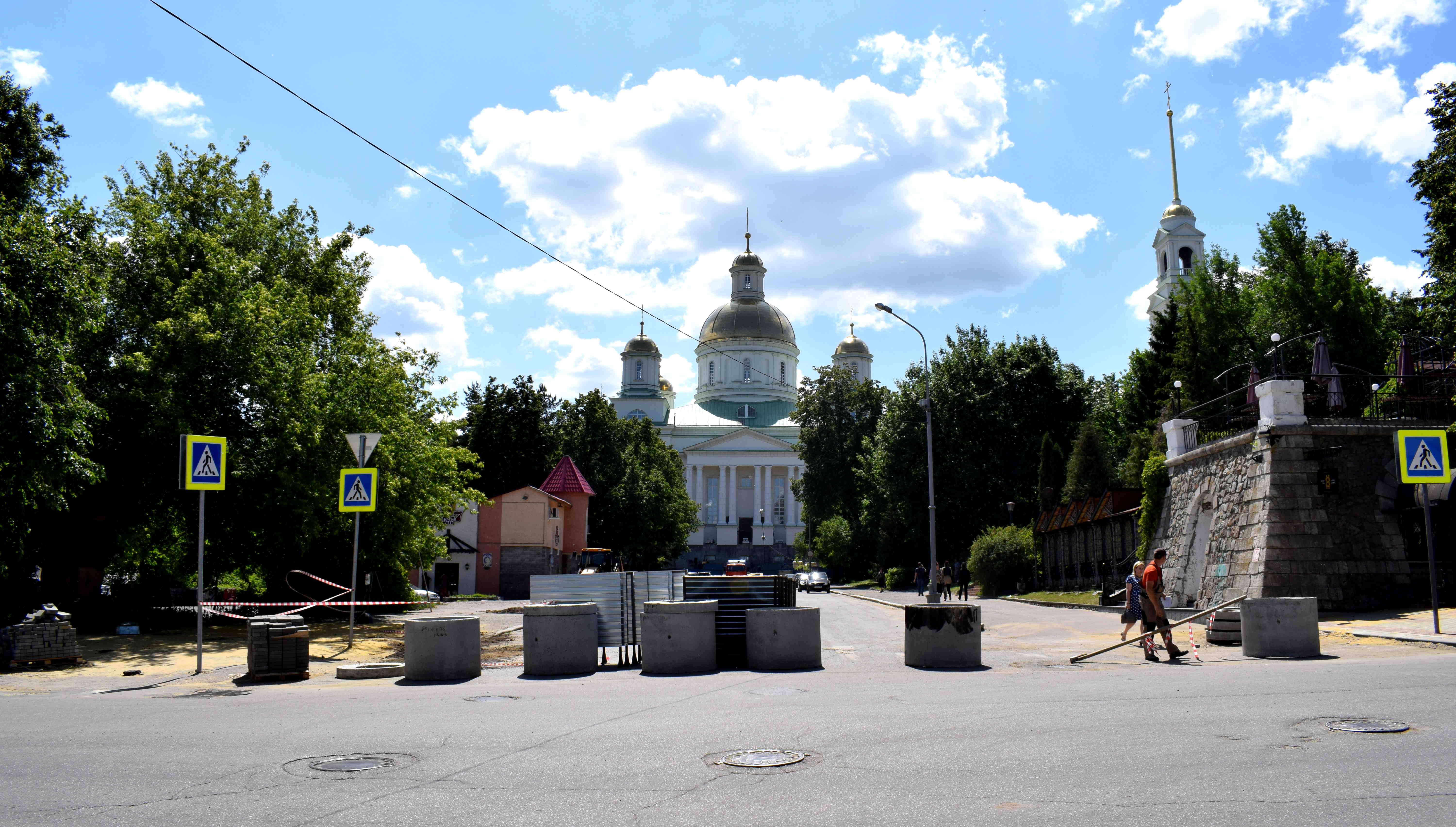 The view down Moskovskays Street from where the cathedral stands.
The view down Moskovskays Street from where the cathedral stands.
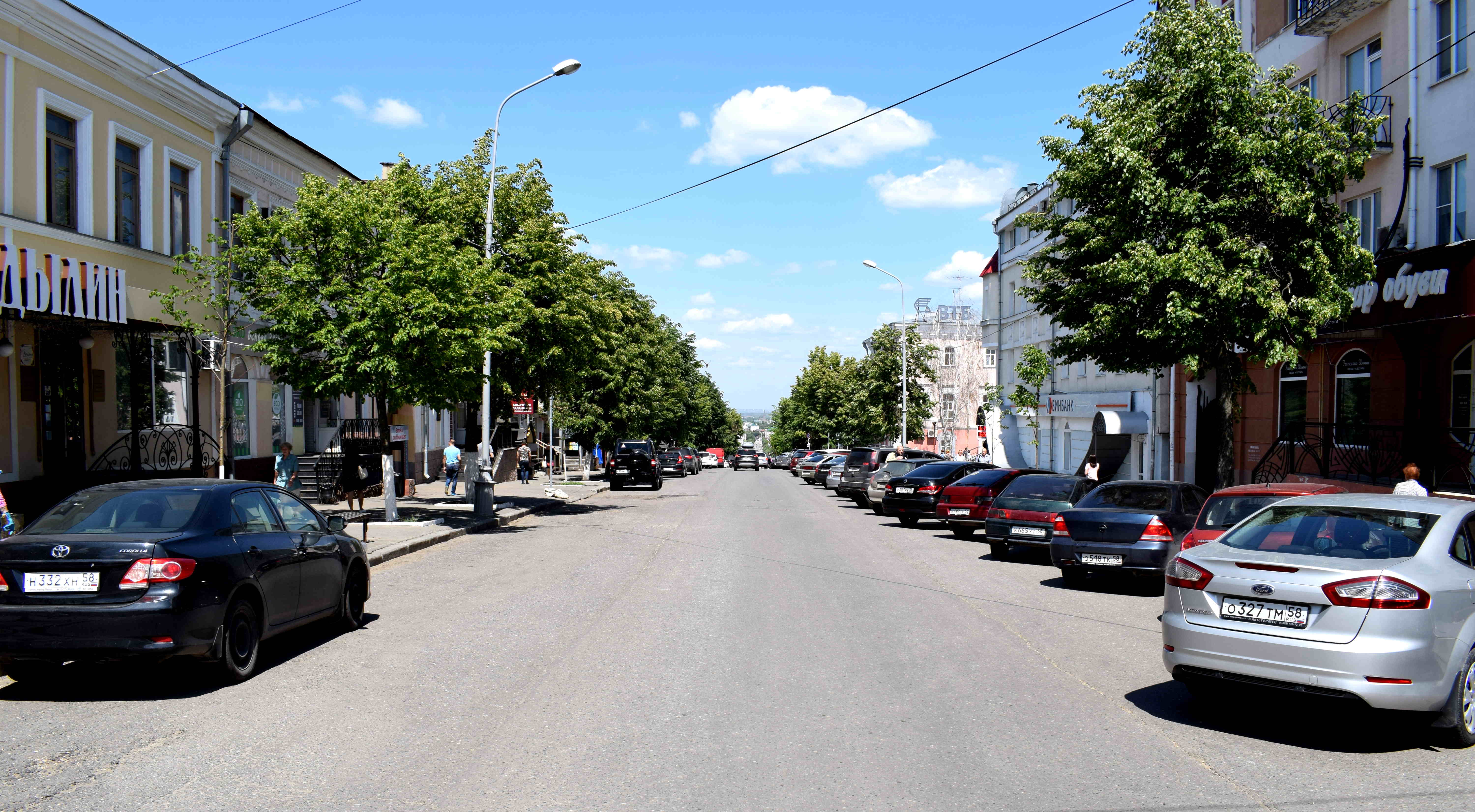 Some more historic buildings around the church. Penza is quite a hilly city.
Some more historic buildings around the church. Penza is quite a hilly city.
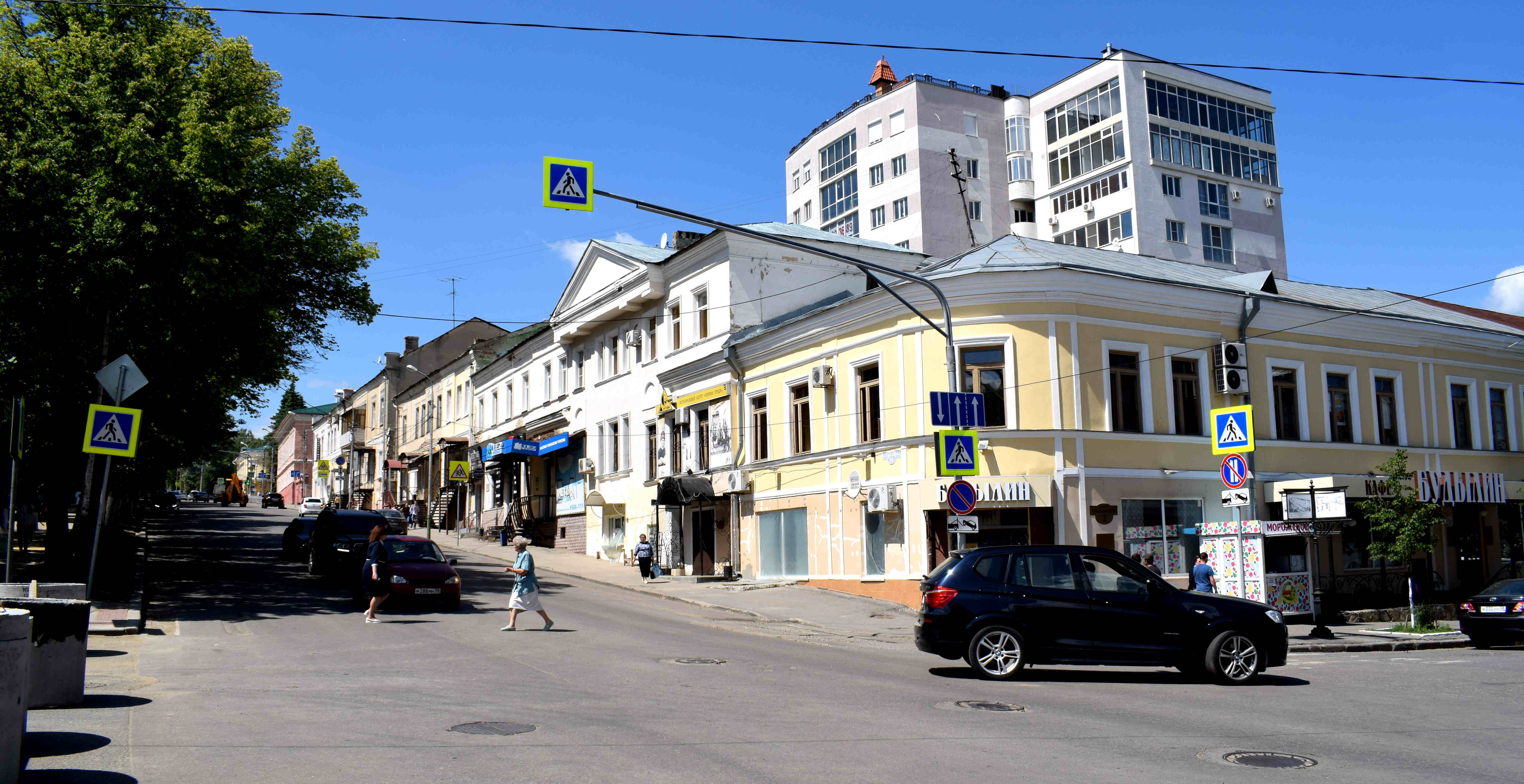 An outdoor restaurant with a nice patio.
An outdoor restaurant with a nice patio.
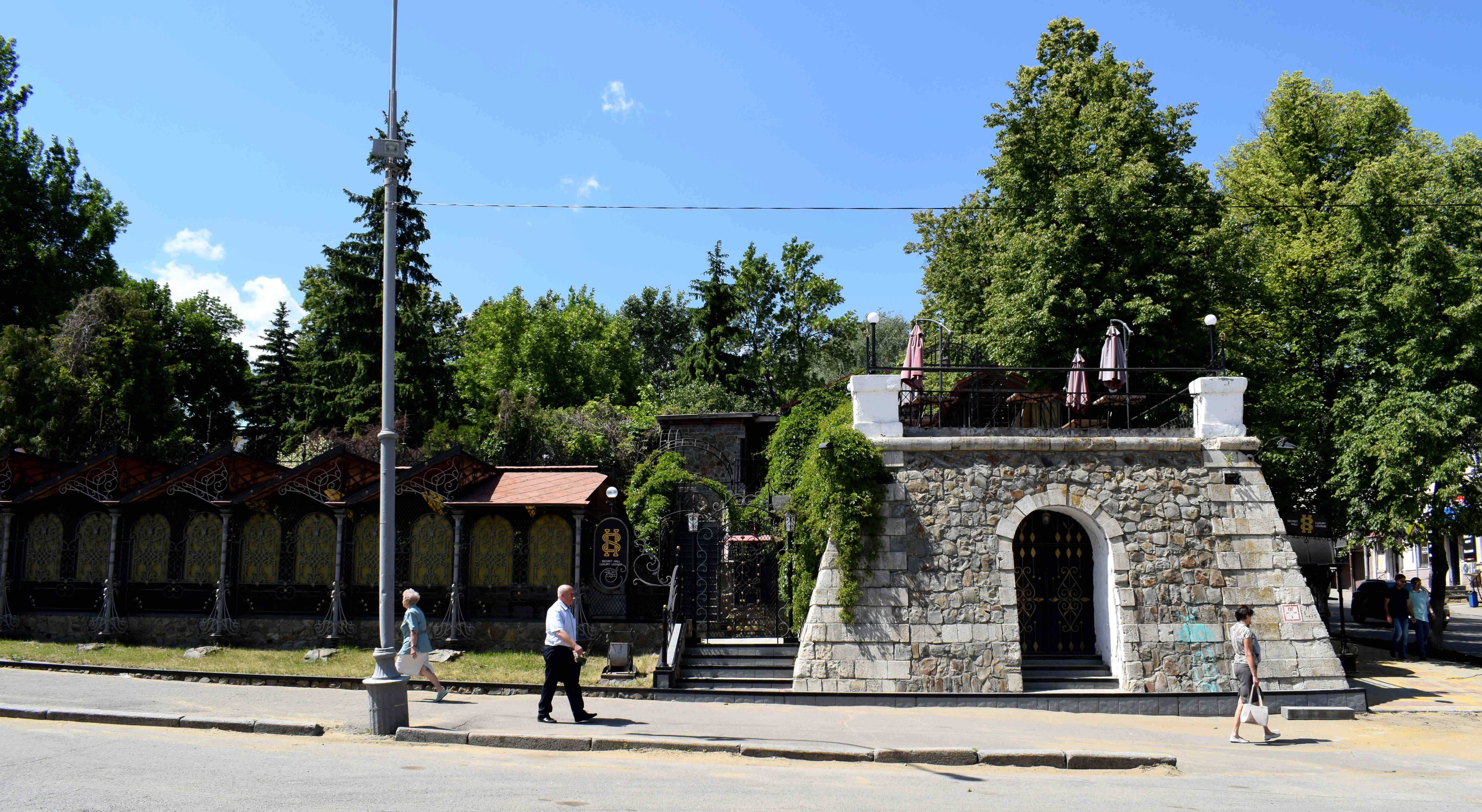 Another historic building.
Another historic building.
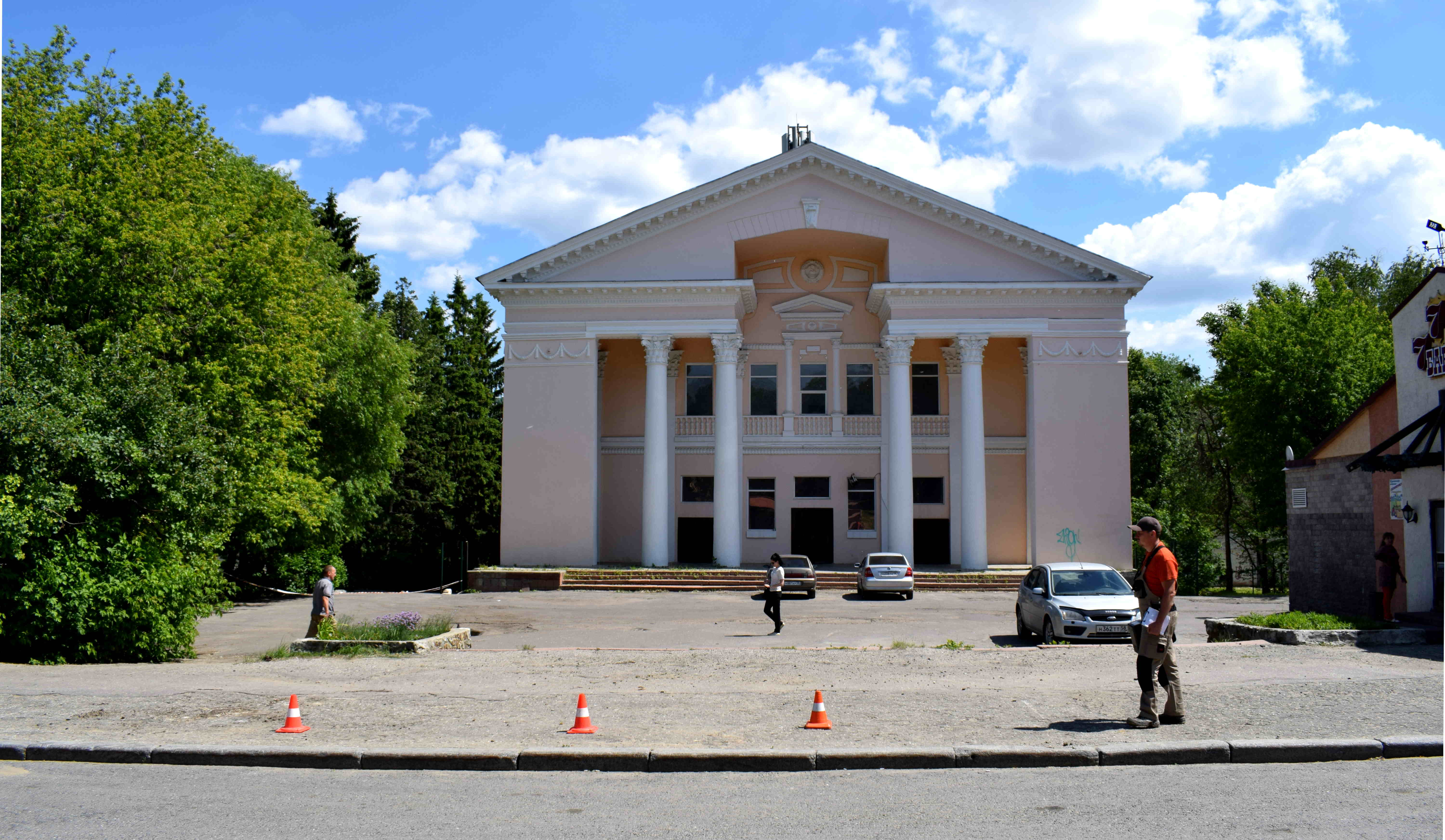 And here is the church, standing tall at the top of the hill and looking out over the rest of the city.
And here is the church, standing tall at the top of the hill and looking out over the rest of the city.
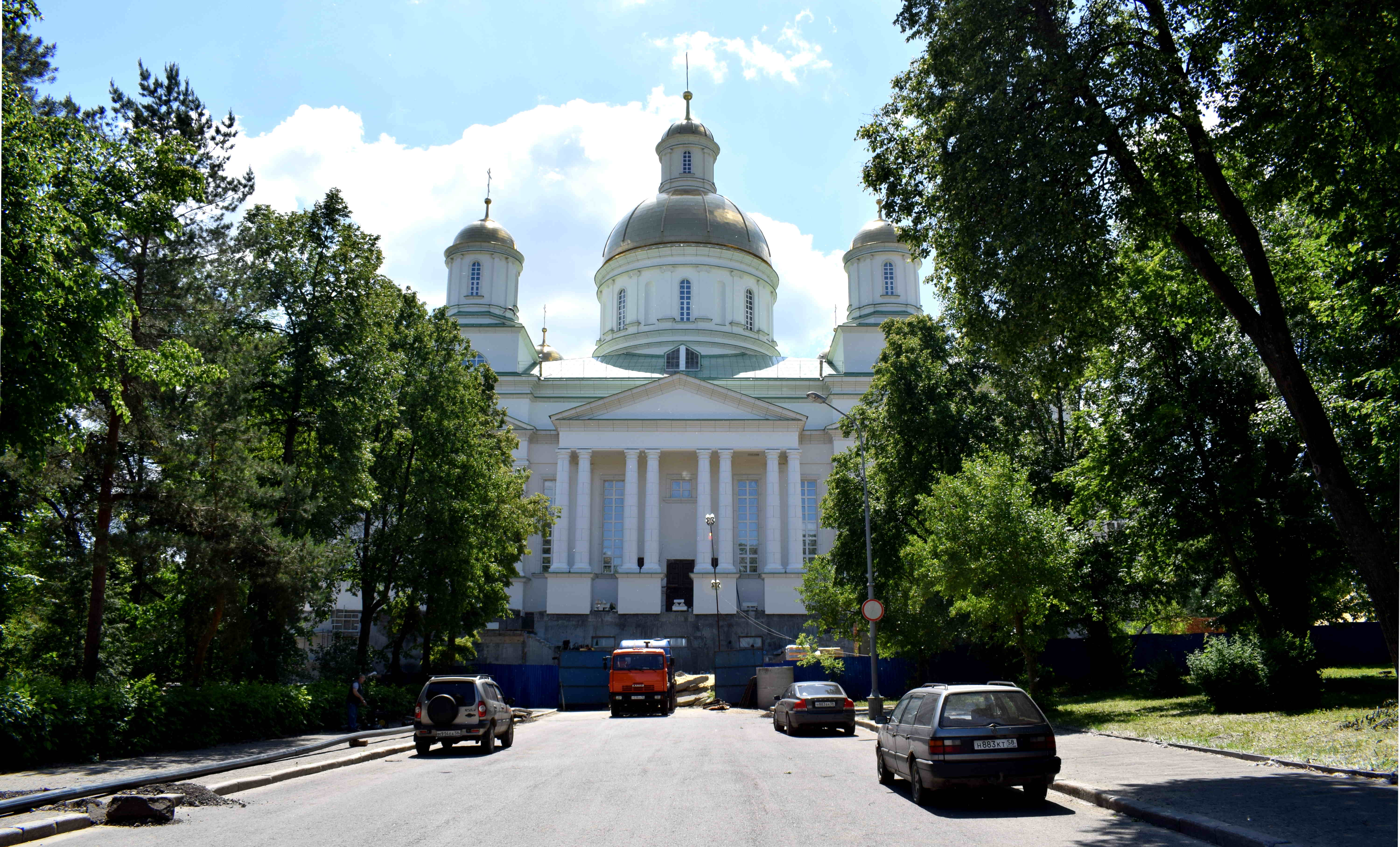 Nearby there were several other historic buildings surrounded by trees and greenery.
Nearby there were several other historic buildings surrounded by trees and greenery.
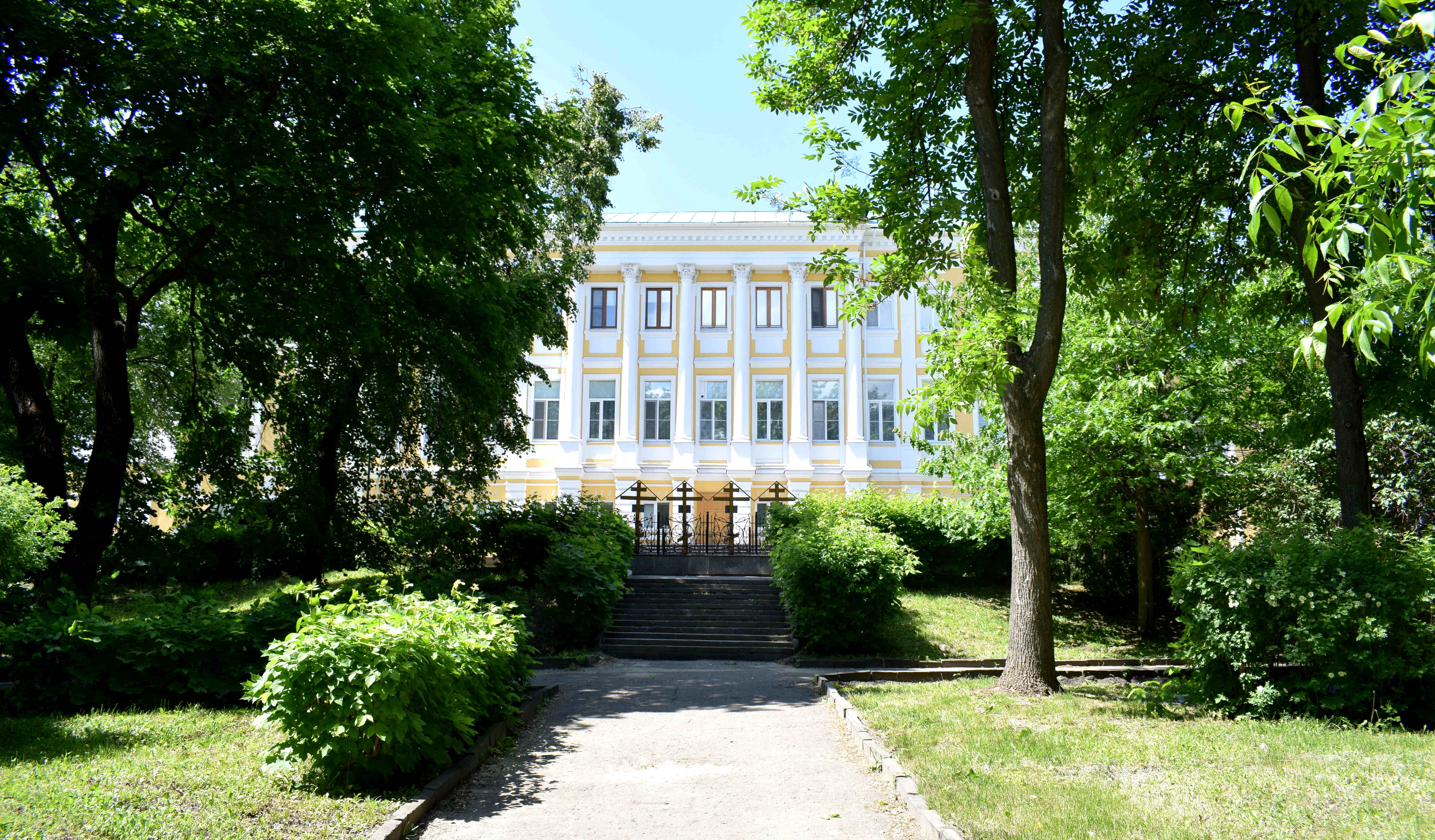 Another view of the church hiding behind the trees.
Another view of the church hiding behind the trees.
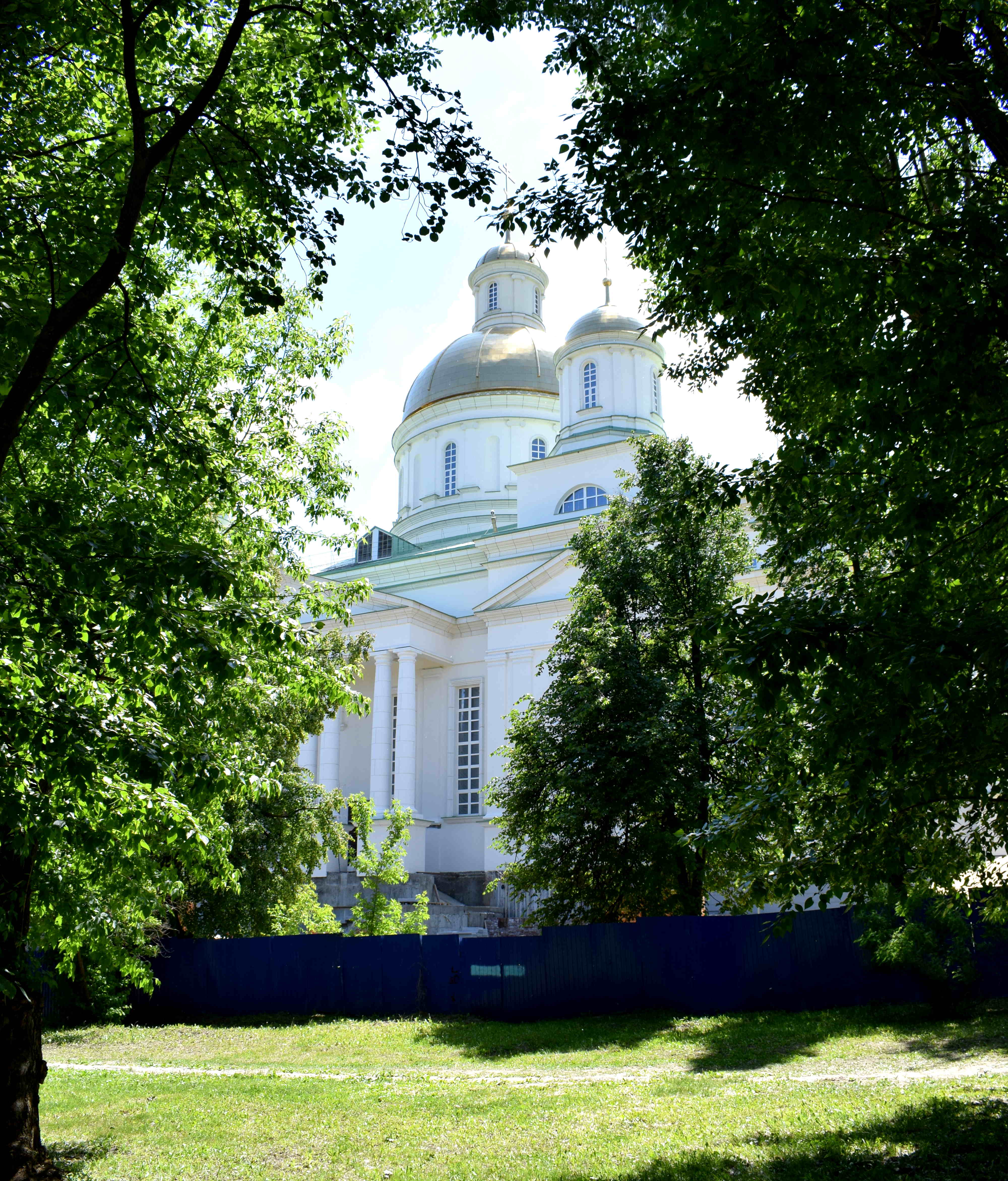 Here you can see the construction that is still going on. In recent years the government has been rebuilding old churches that were torn down by the communists. The program is controversial. On the one hand, if you look at the sheer amount of churches the Bolsheviks destroyed, you realize to what extent Russia lost its cultural heritage under the Soviets. And its natural to want to bring some of it back.
Here you can see the construction that is still going on. In recent years the government has been rebuilding old churches that were torn down by the communists. The program is controversial. On the one hand, if you look at the sheer amount of churches the Bolsheviks destroyed, you realize to what extent Russia lost its cultural heritage under the Soviets. And its natural to want to bring some of it back.
On the other hand, there are thousands of churches across Russia that were never torn down, and that still stand today, but are in a terrible state and at threat of collapsing and being lost forever. Instead of building new churches to replicate old ones, some people believe more effort should be made to preserve the churches that are still standing, but that are at threat of disappearing forever.
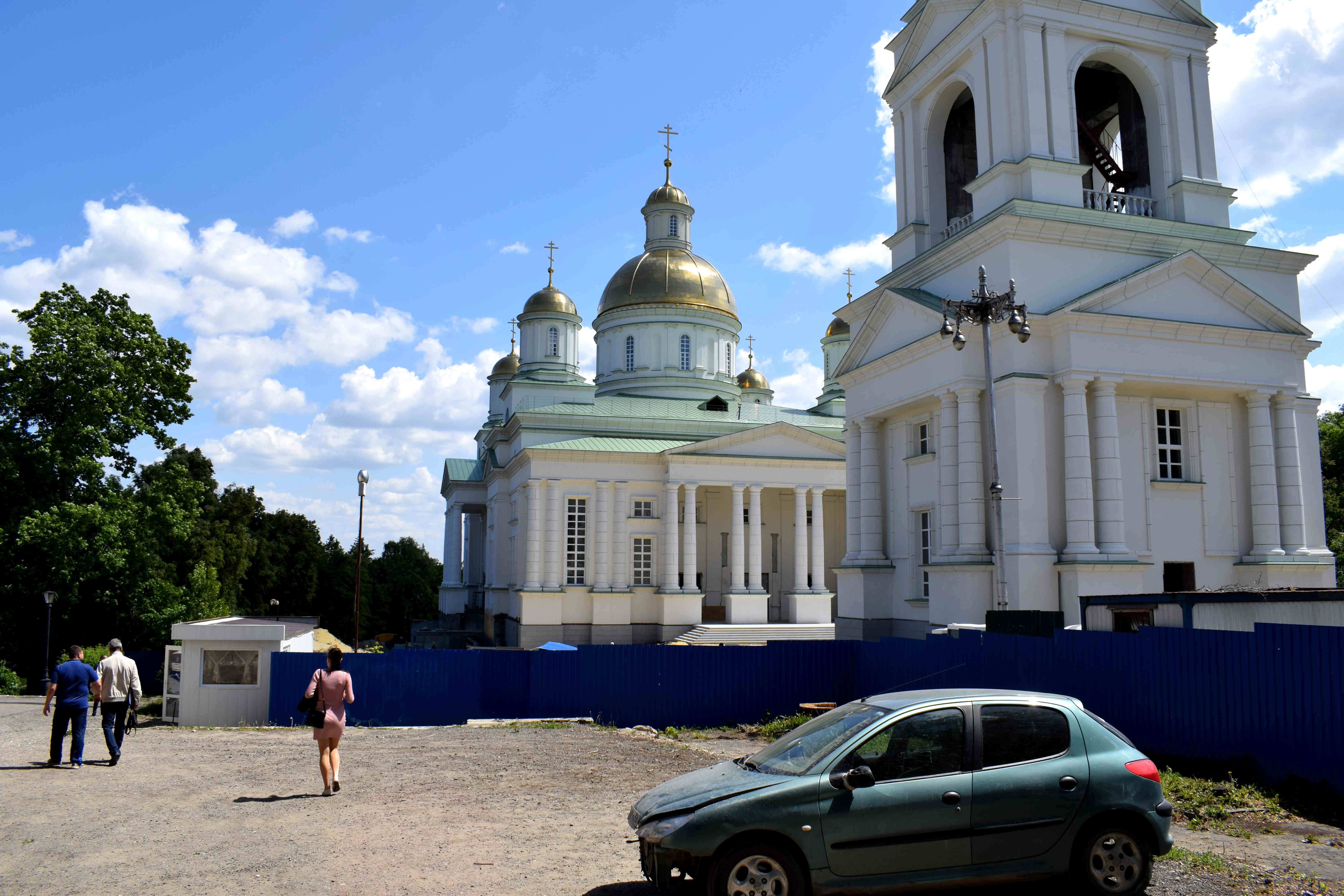 Nearby the cathedral there was a smaller chapel, surrounded by trees.
Nearby the cathedral there was a smaller chapel, surrounded by trees.
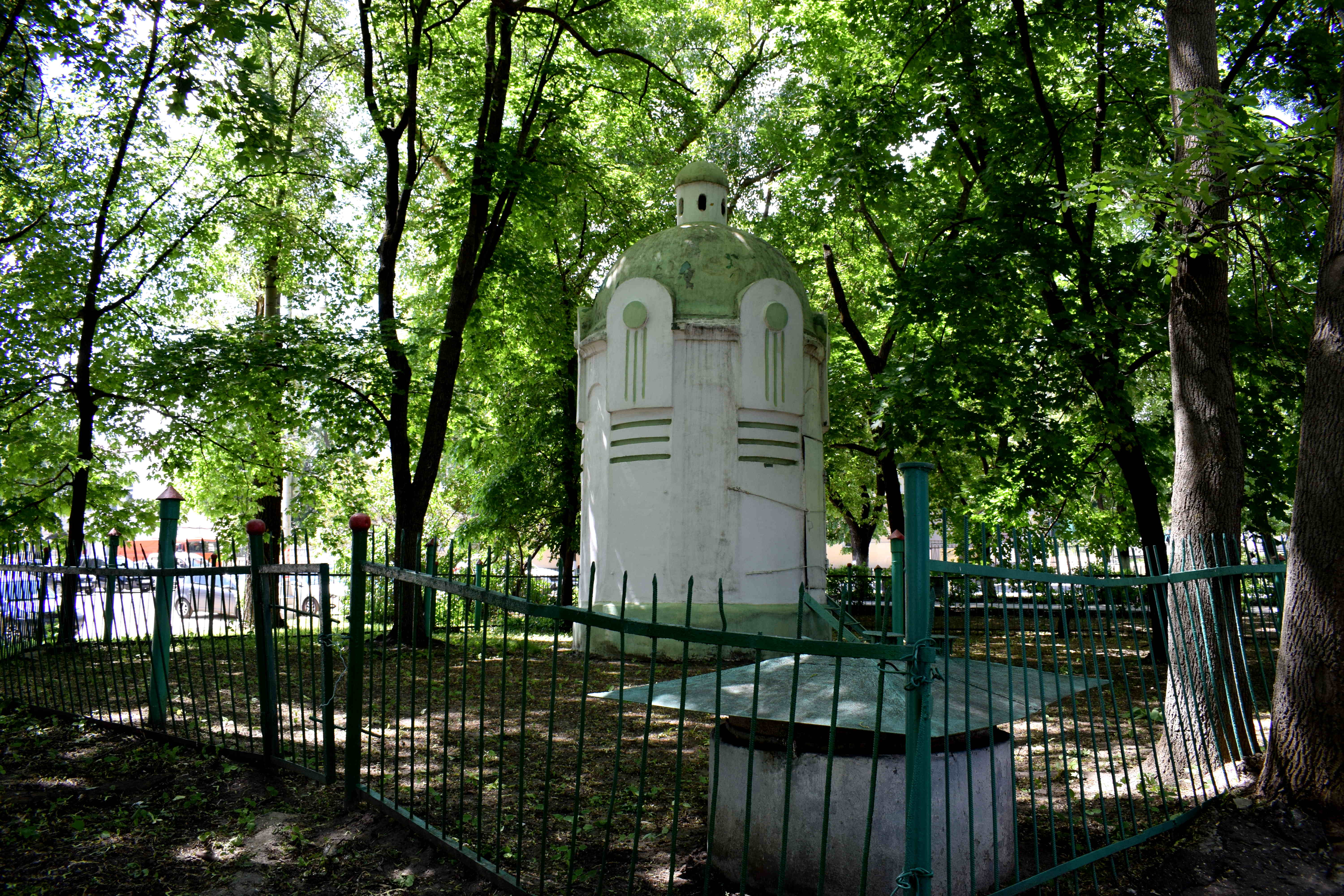 Another historic building at the top of town. Penza’s historic core was actually quite large, at least parts that remain.
Another historic building at the top of town. Penza’s historic core was actually quite large, at least parts that remain.
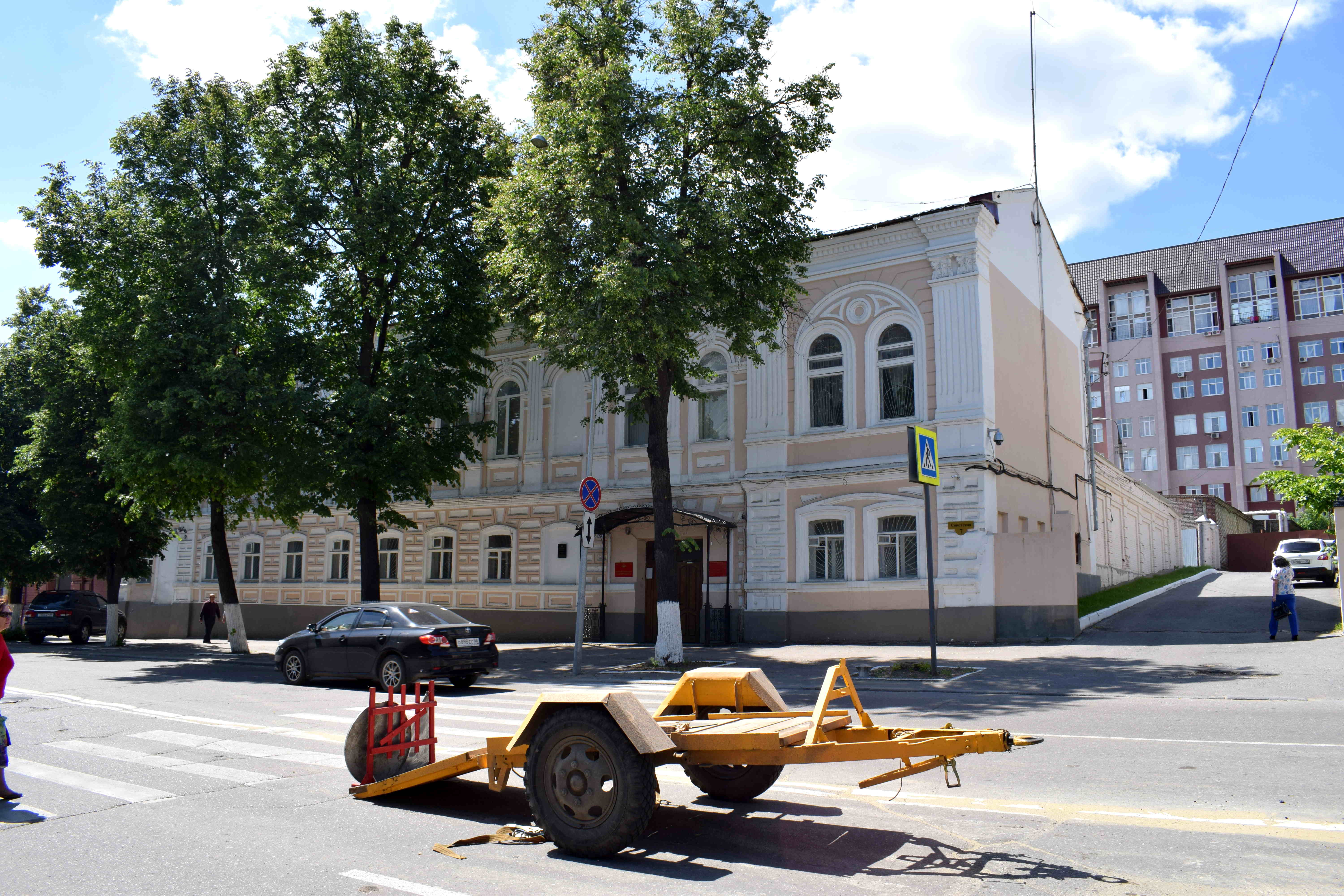 More old brick buildings.
More old brick buildings.
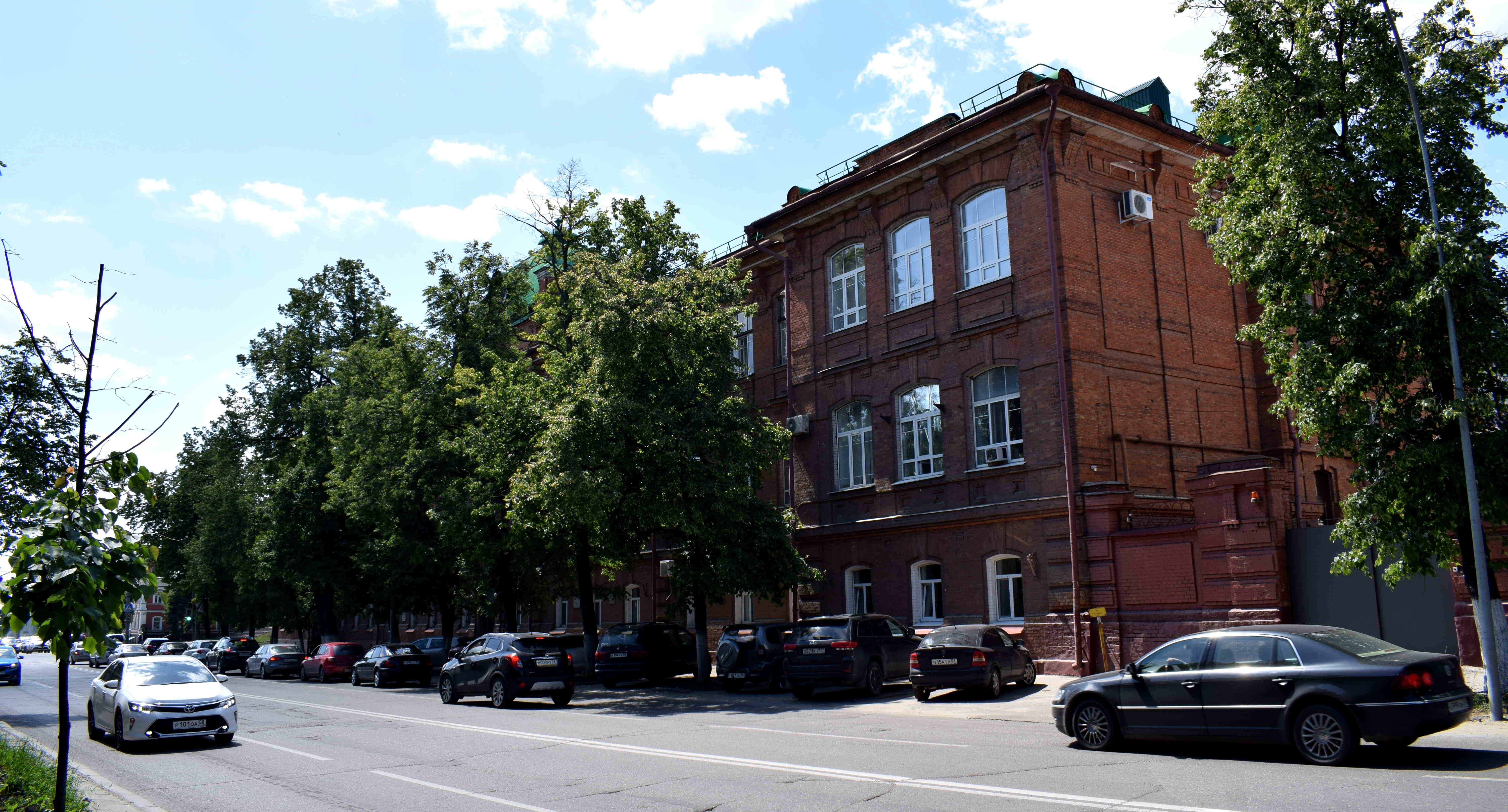 Every effort should be made to preserve these buildings.
Every effort should be made to preserve these buildings.
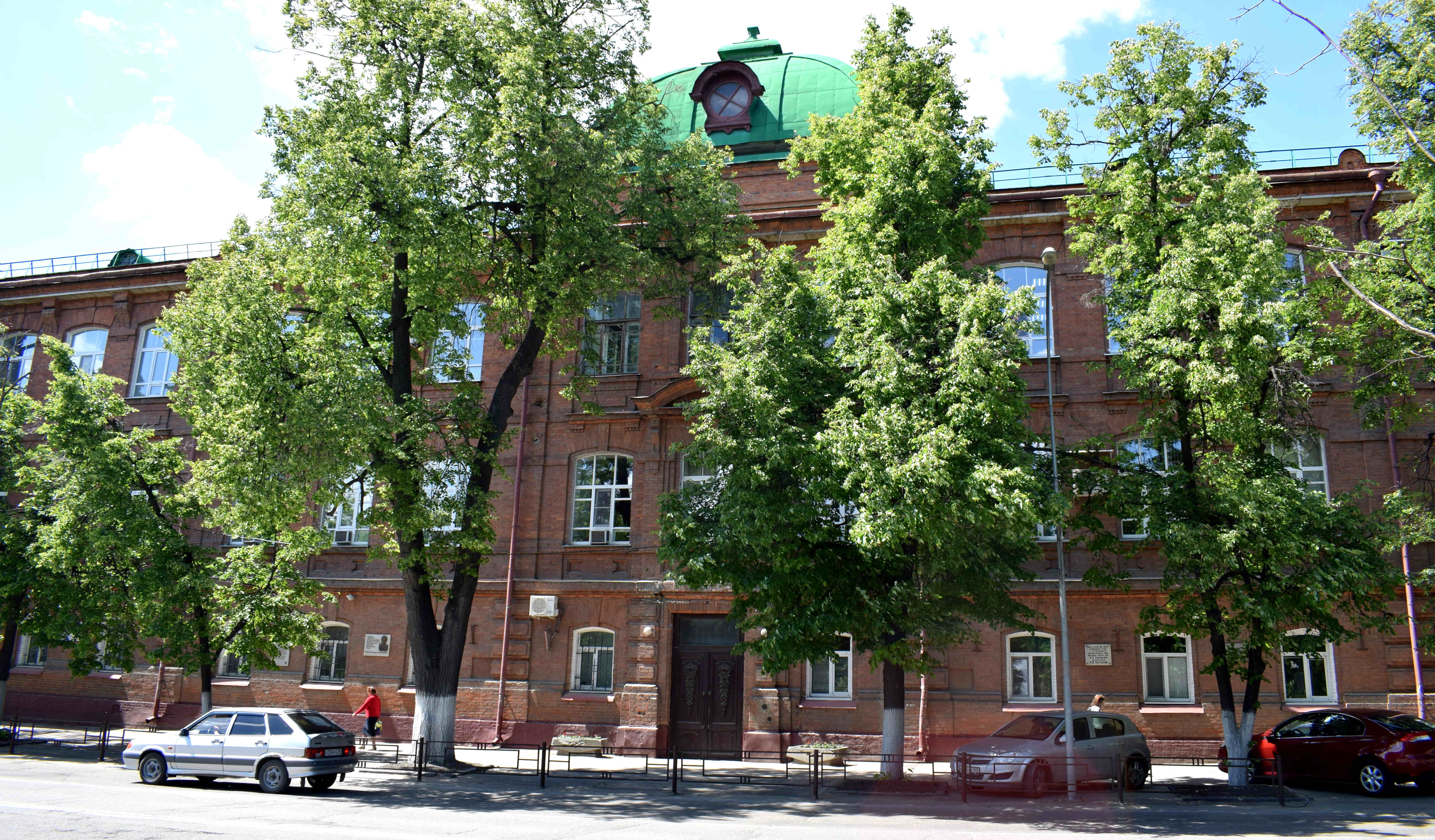 Next to the church was a nice park with lots of old trees and benches for people to sit on. There were people walking around and taking it easy on a working day. In general Penza had a very relaxed and laid back feeling.
Next to the church was a nice park with lots of old trees and benches for people to sit on. There were people walking around and taking it easy on a working day. In general Penza had a very relaxed and laid back feeling.
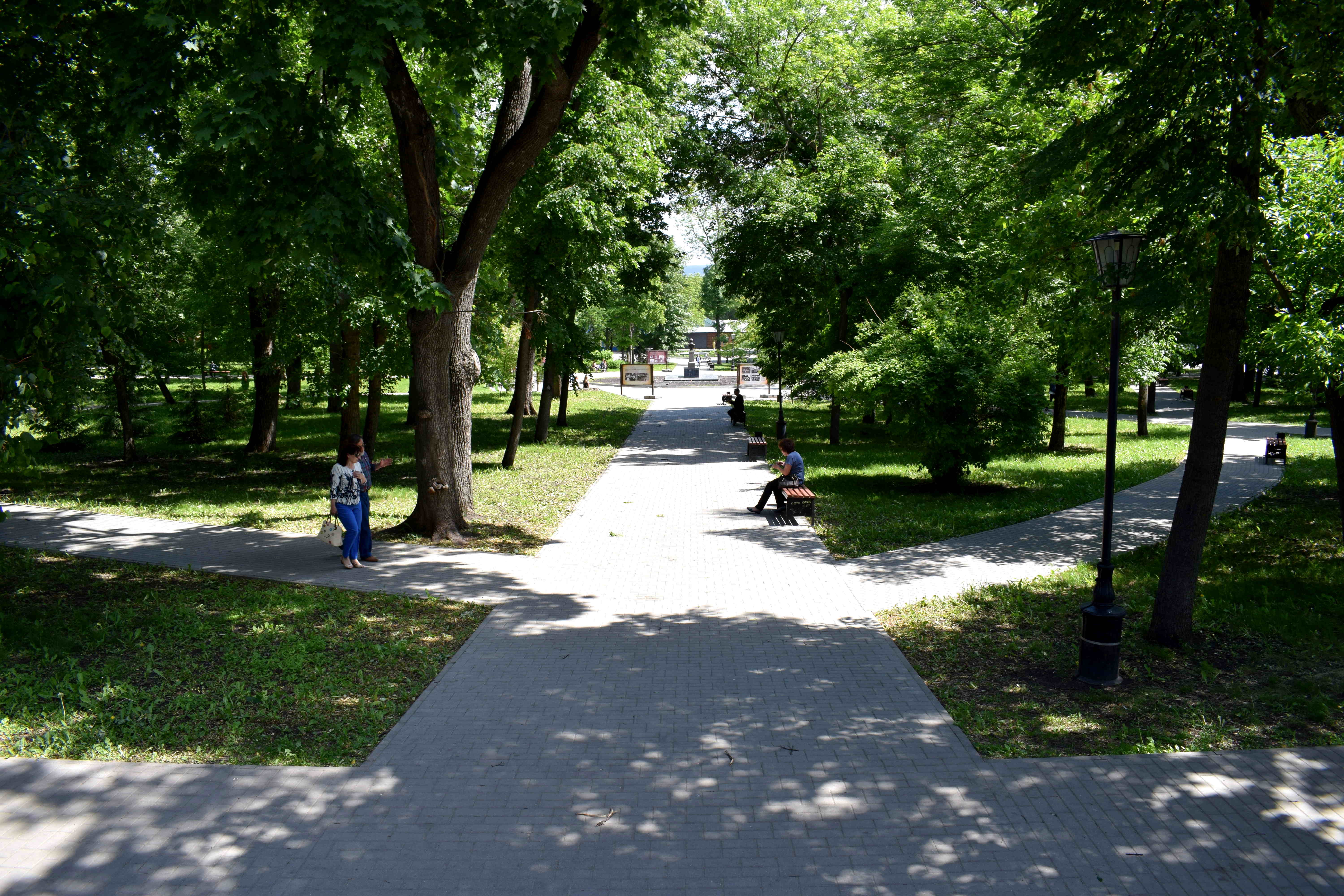 Walking through the park.
Walking through the park.
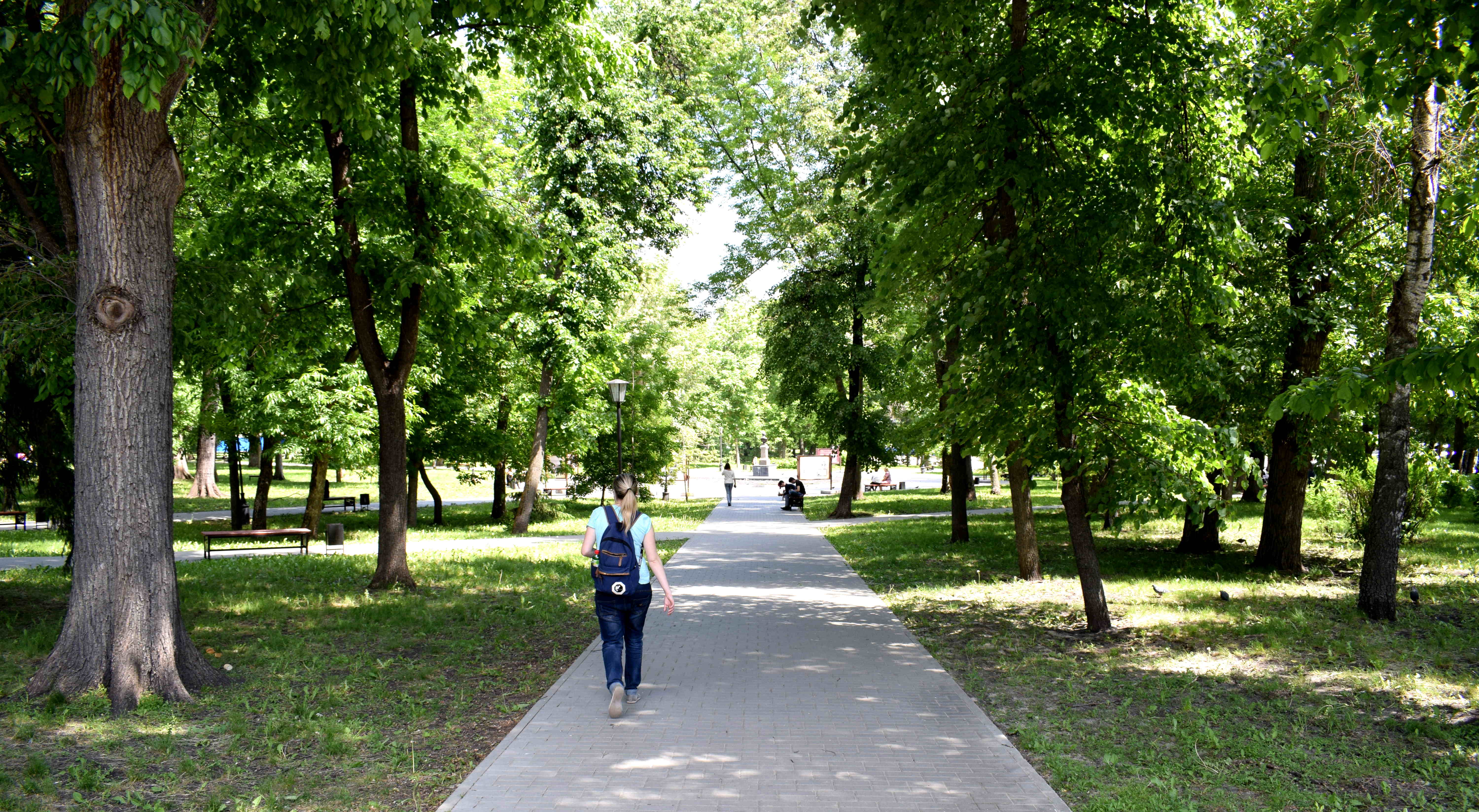
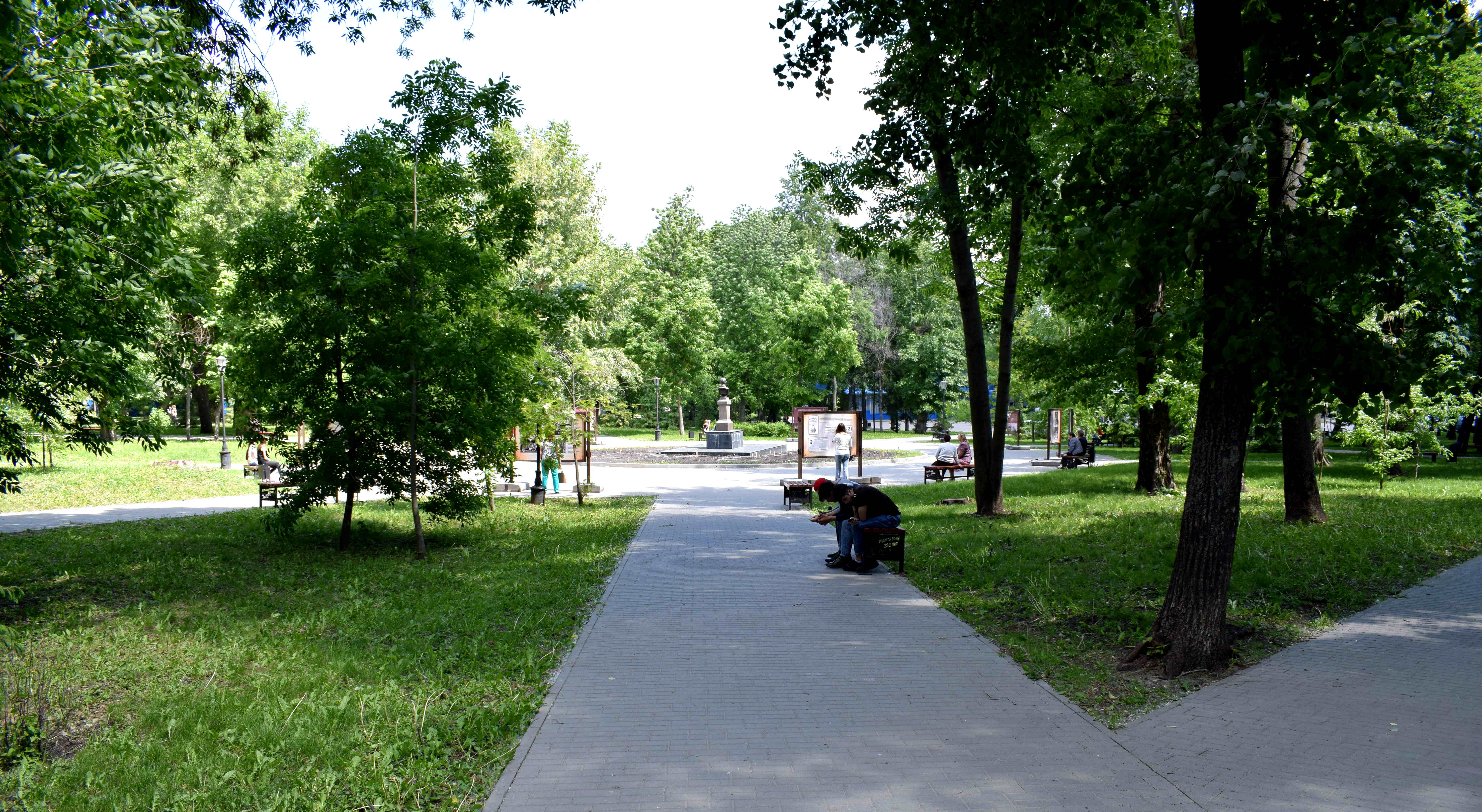
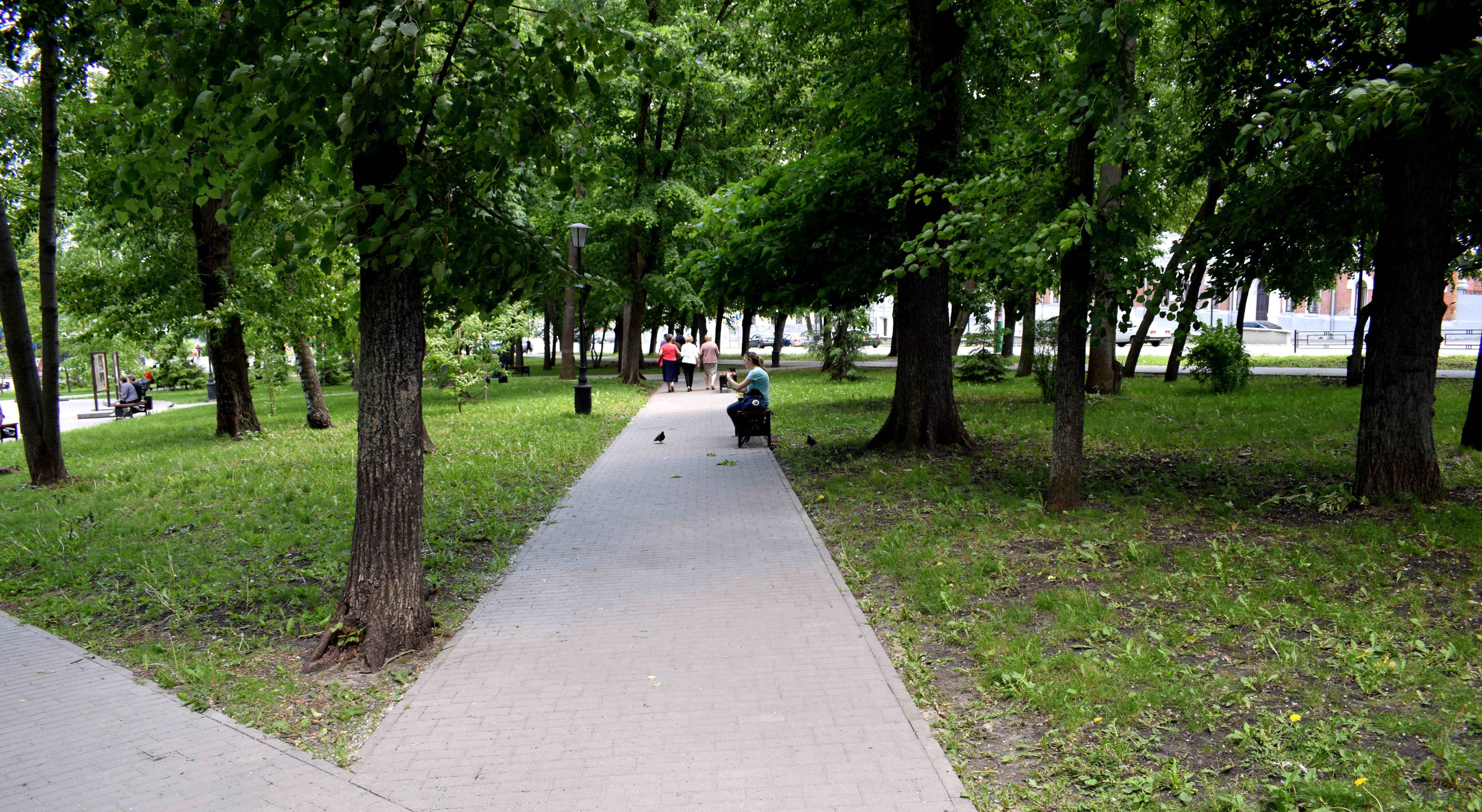 More older buildings nearby.
More older buildings nearby.
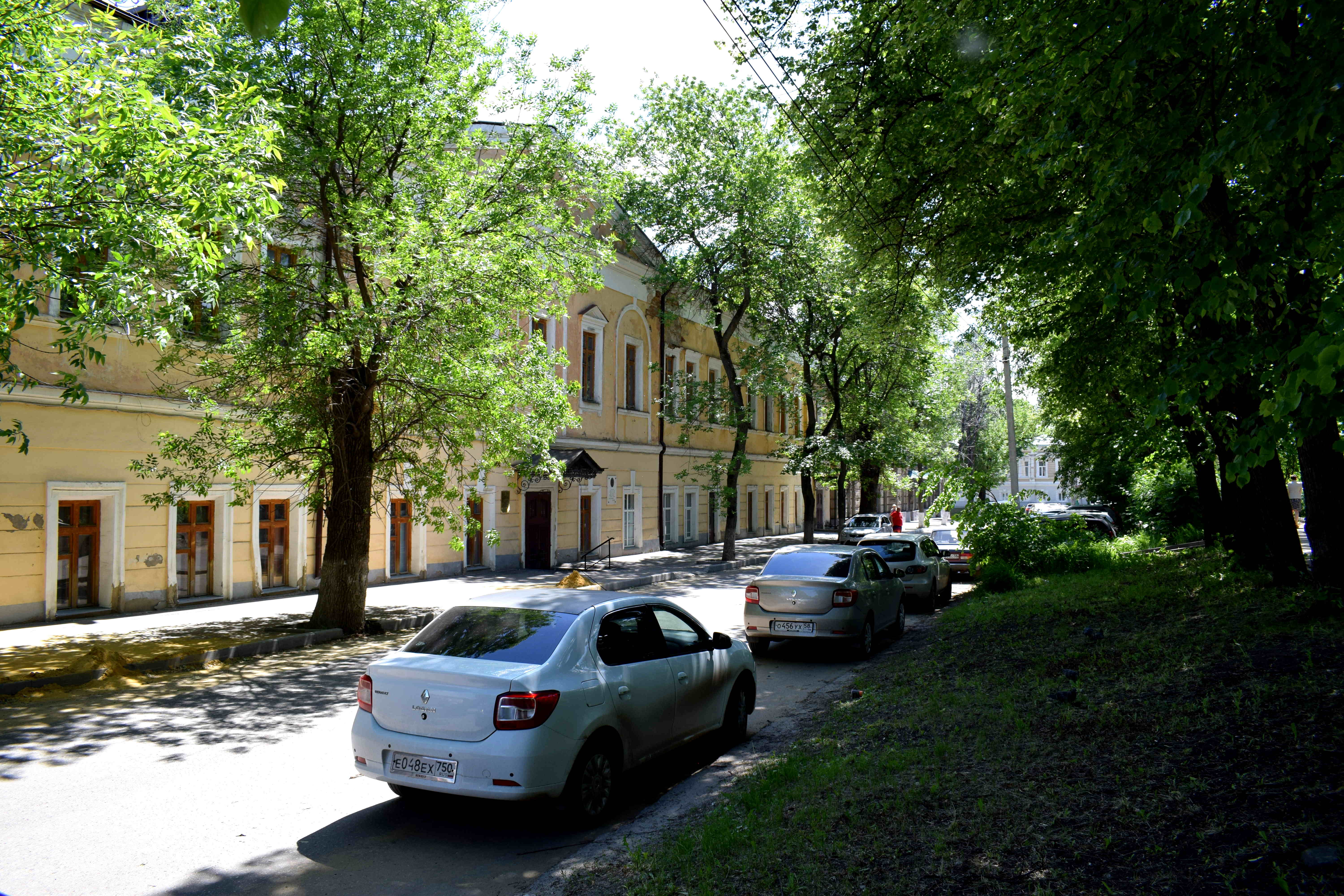 Heading back down to the lower part of town on Kirov street.
Heading back down to the lower part of town on Kirov street.
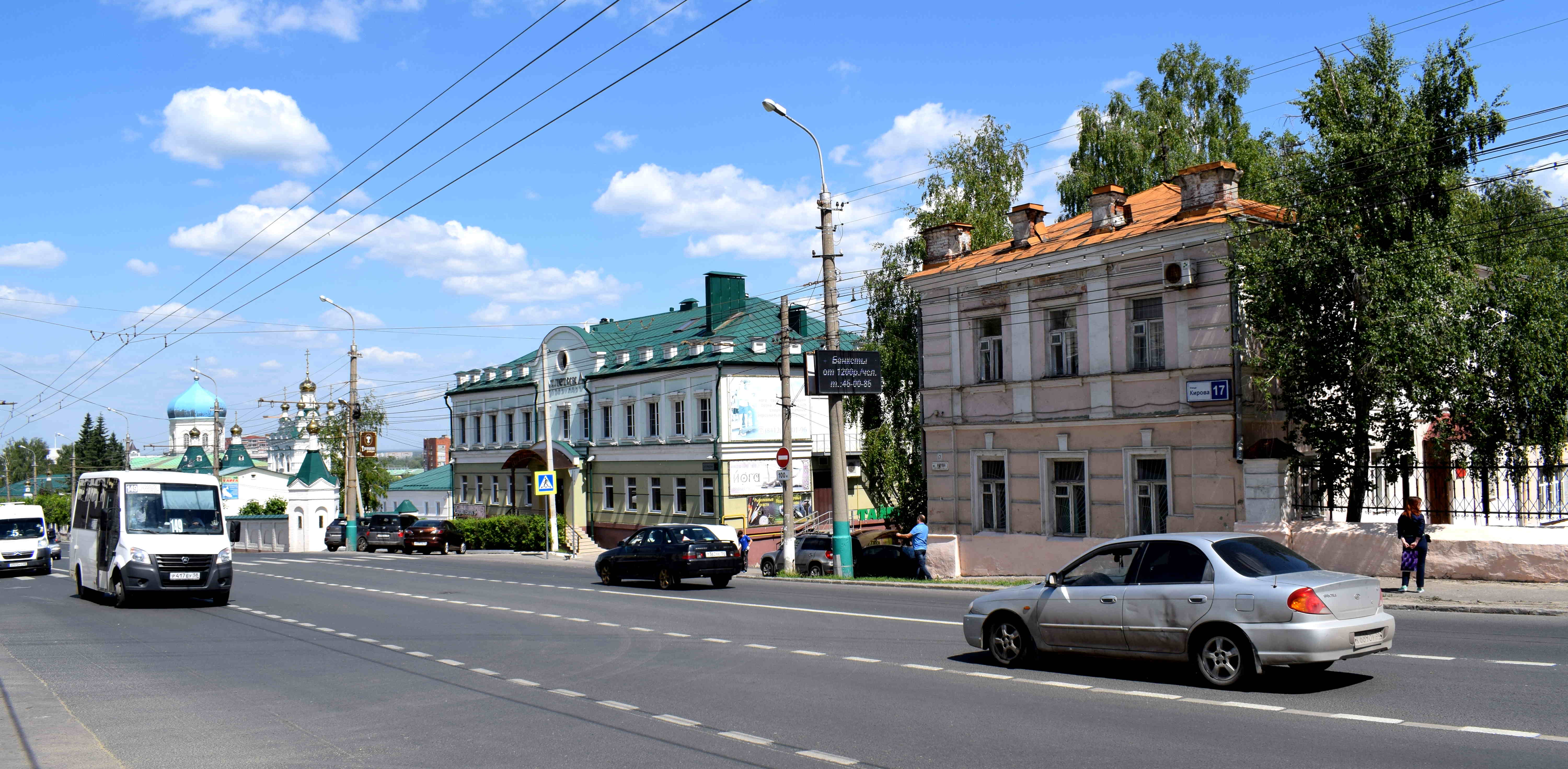 On the right you can see the walls of the Holy Trinity Women’s Monastery.
On the right you can see the walls of the Holy Trinity Women’s Monastery.
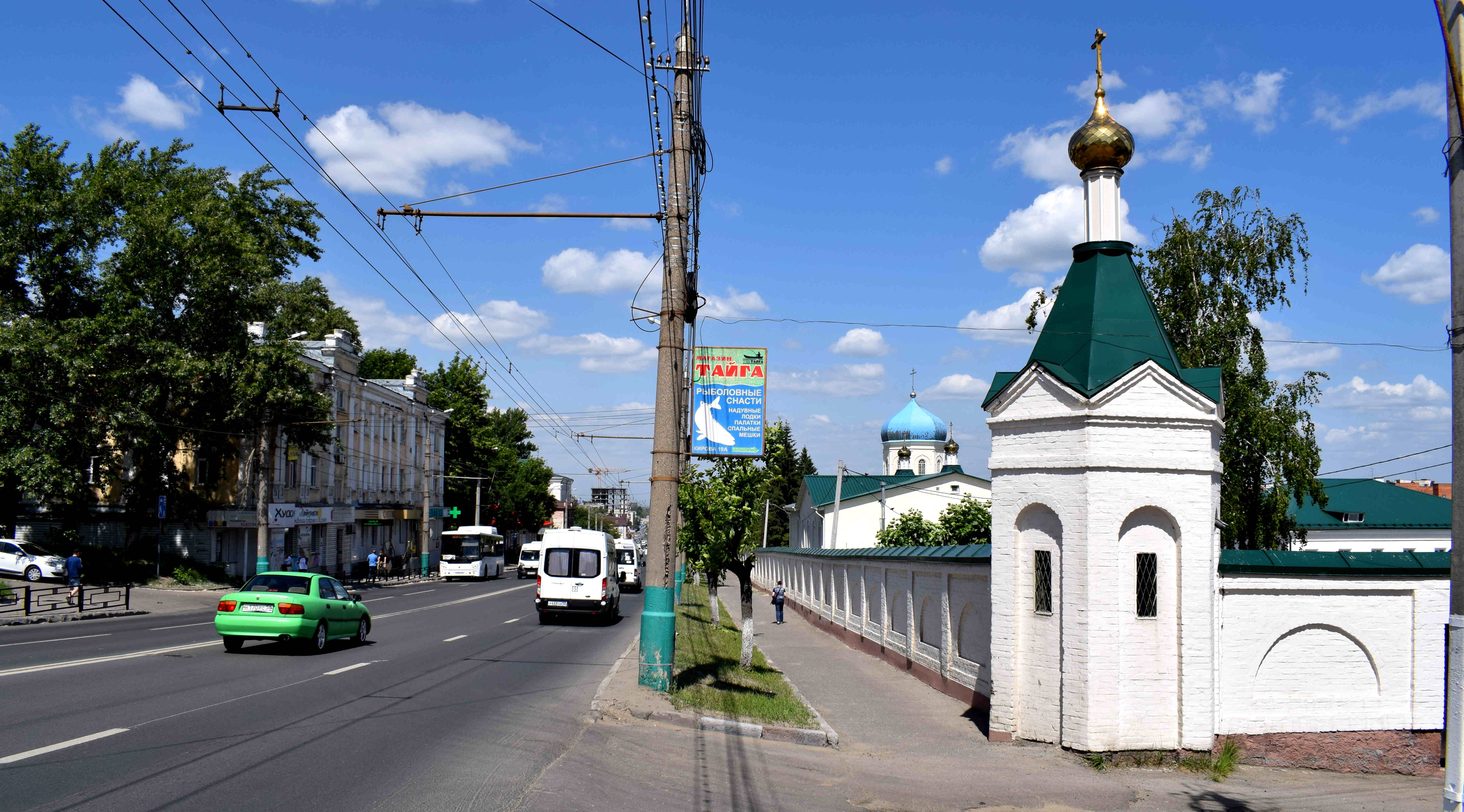 This would classify as Penza’s mini-Kremlin, obviously with walls that are much lower than those of Moscow or in other Russian cities.
This would classify as Penza’s mini-Kremlin, obviously with walls that are much lower than those of Moscow or in other Russian cities.
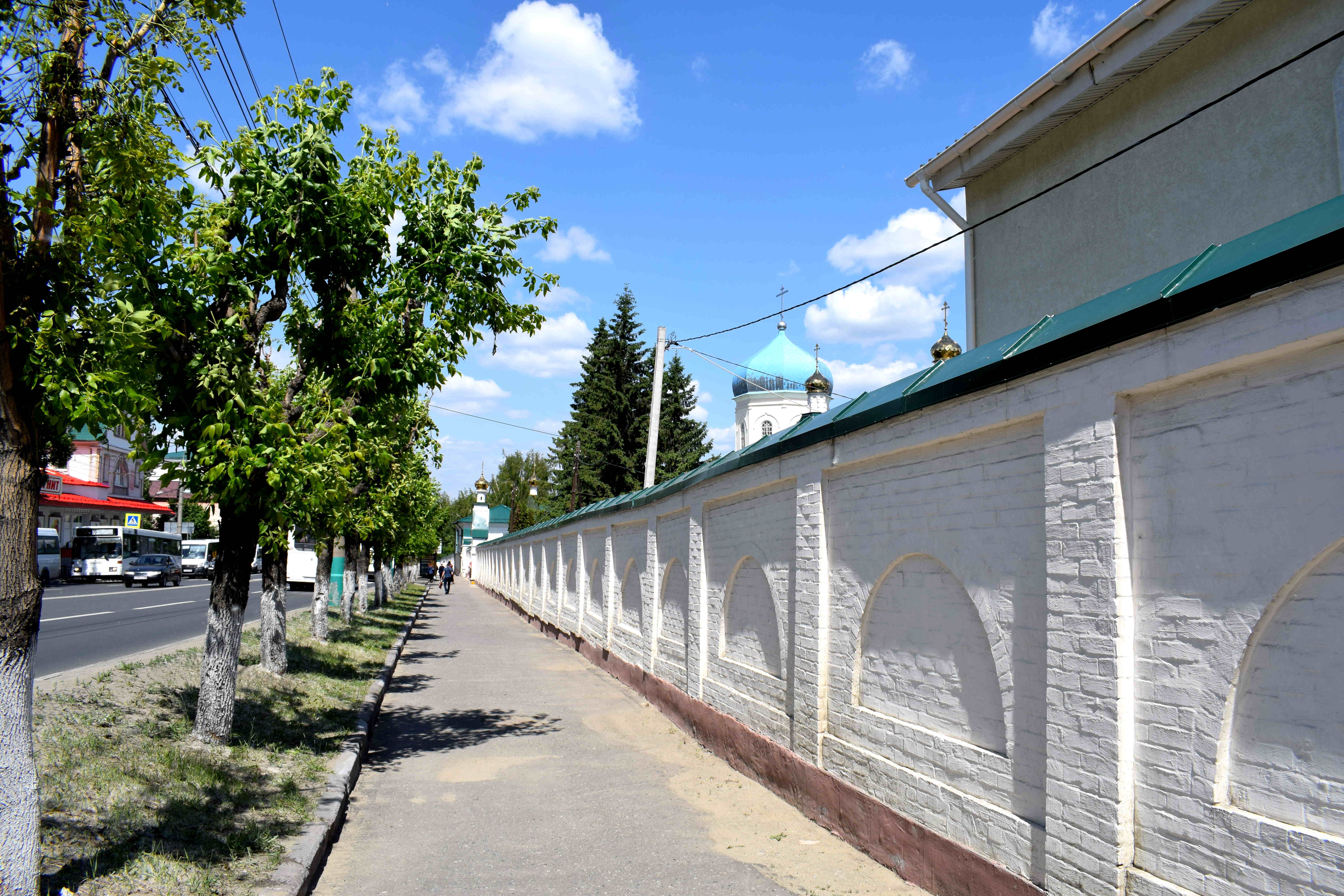 Inside the monastery.
Inside the monastery.
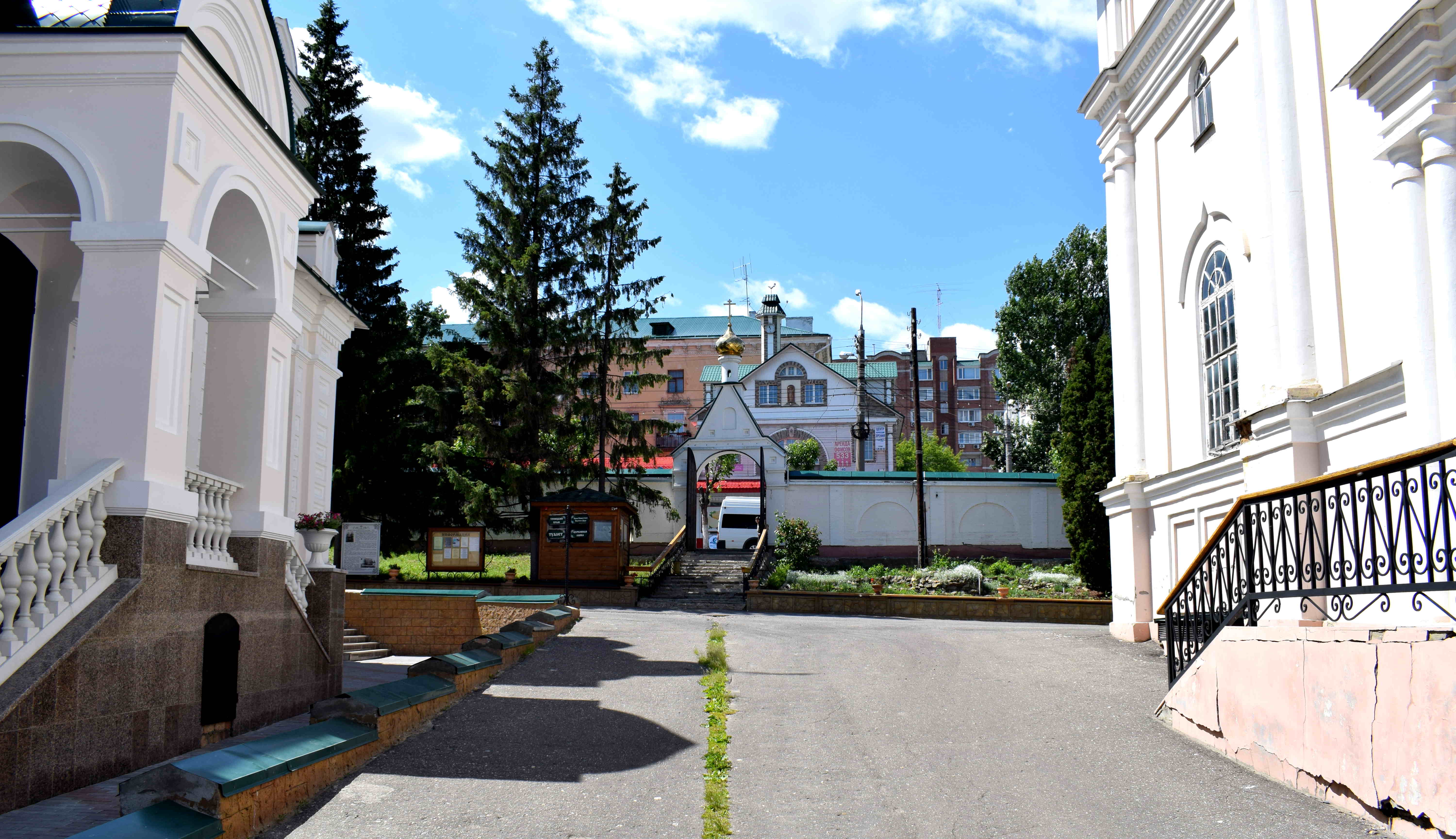
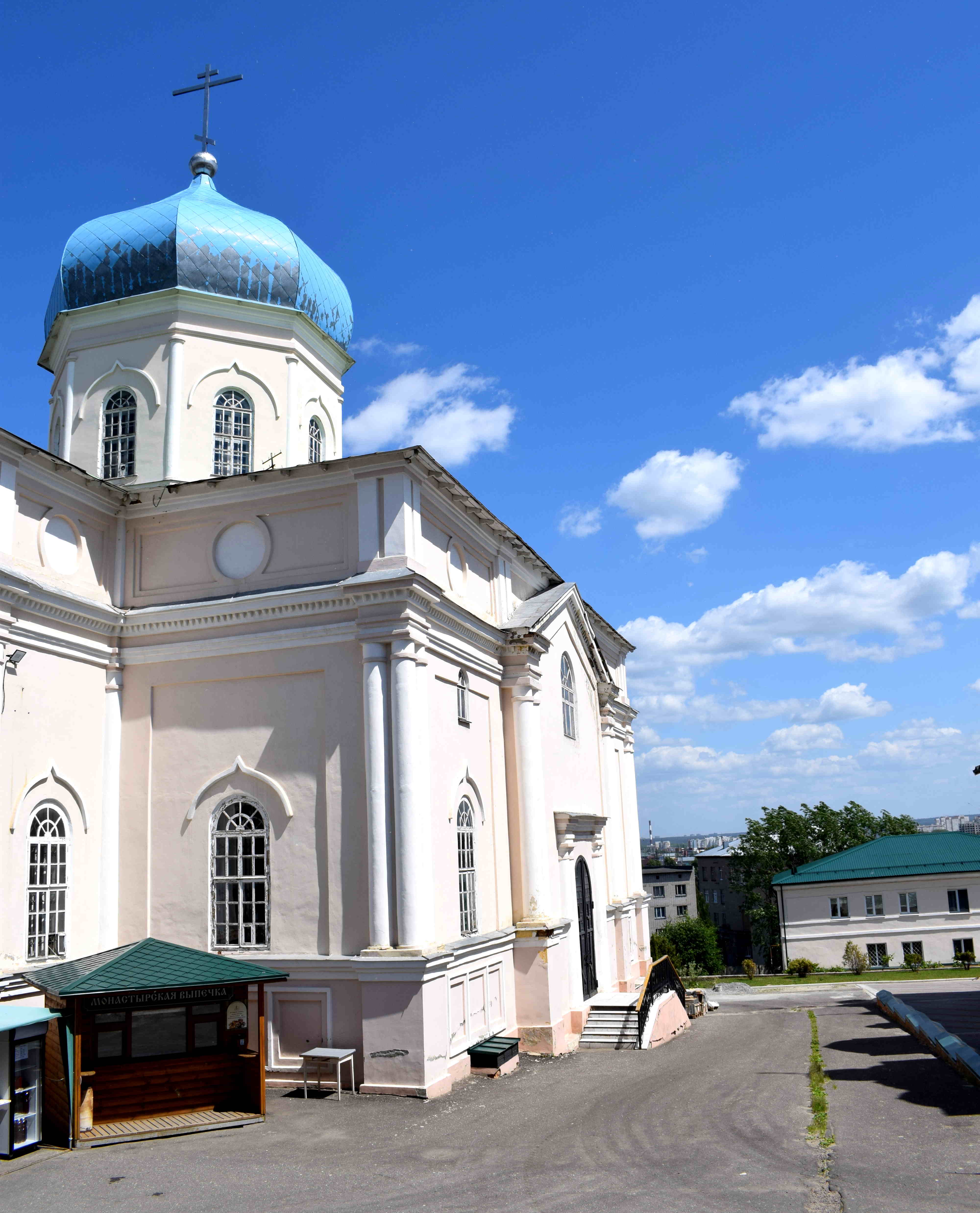 Walking toward the Sura river. These are examples of trees that have been absolutely destroyed. For whatever reason, the government decided to cut off all the branches to the tree and leave only the stump. So now, instead of a beautiful tall tree creating lots of shade and fresh air, you get a stump with a mini bush. Why would you ever cut down a tree like that?
Walking toward the Sura river. These are examples of trees that have been absolutely destroyed. For whatever reason, the government decided to cut off all the branches to the tree and leave only the stump. So now, instead of a beautiful tall tree creating lots of shade and fresh air, you get a stump with a mini bush. Why would you ever cut down a tree like that?
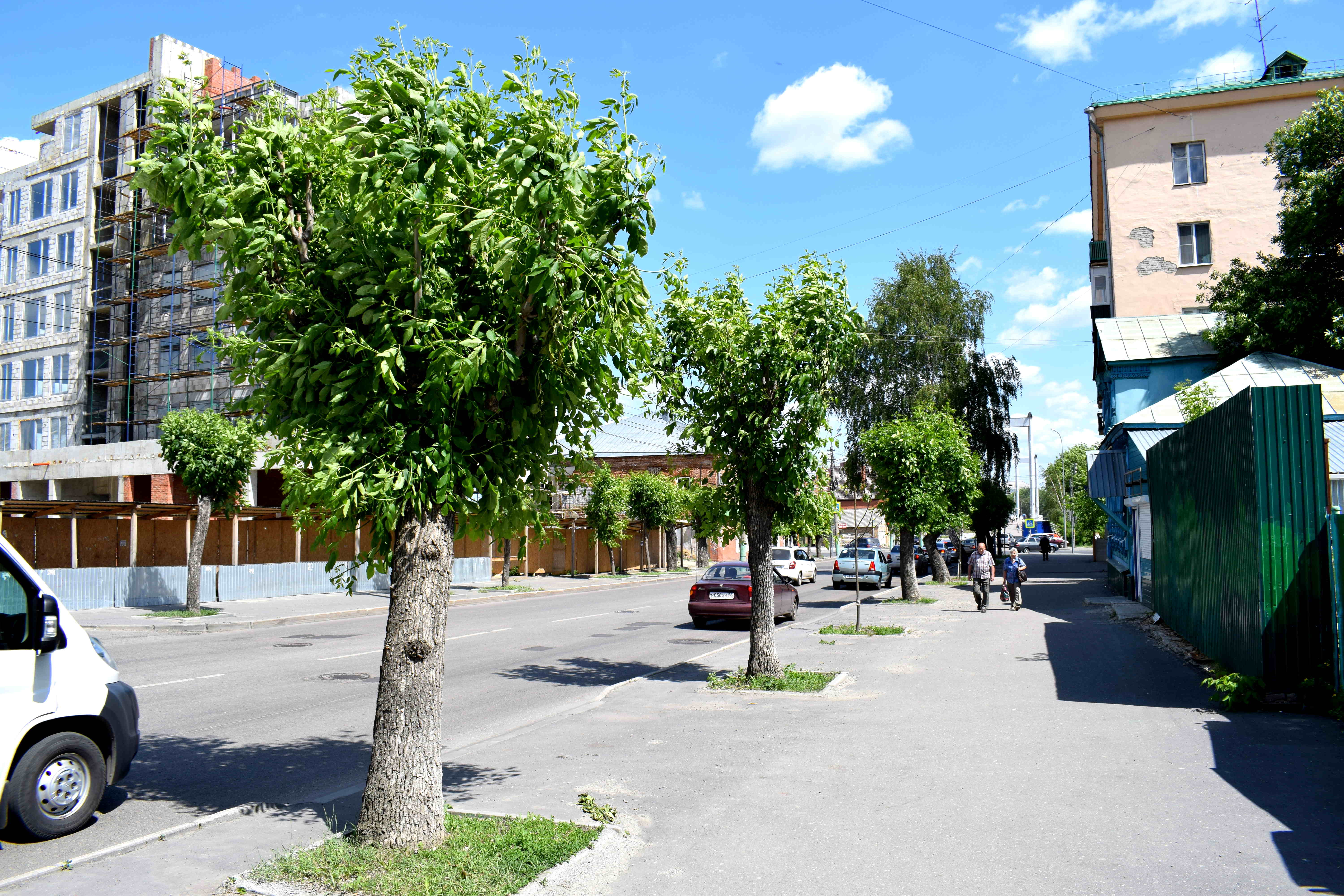 Classic Russian wood architecture in the center.
Classic Russian wood architecture in the center.
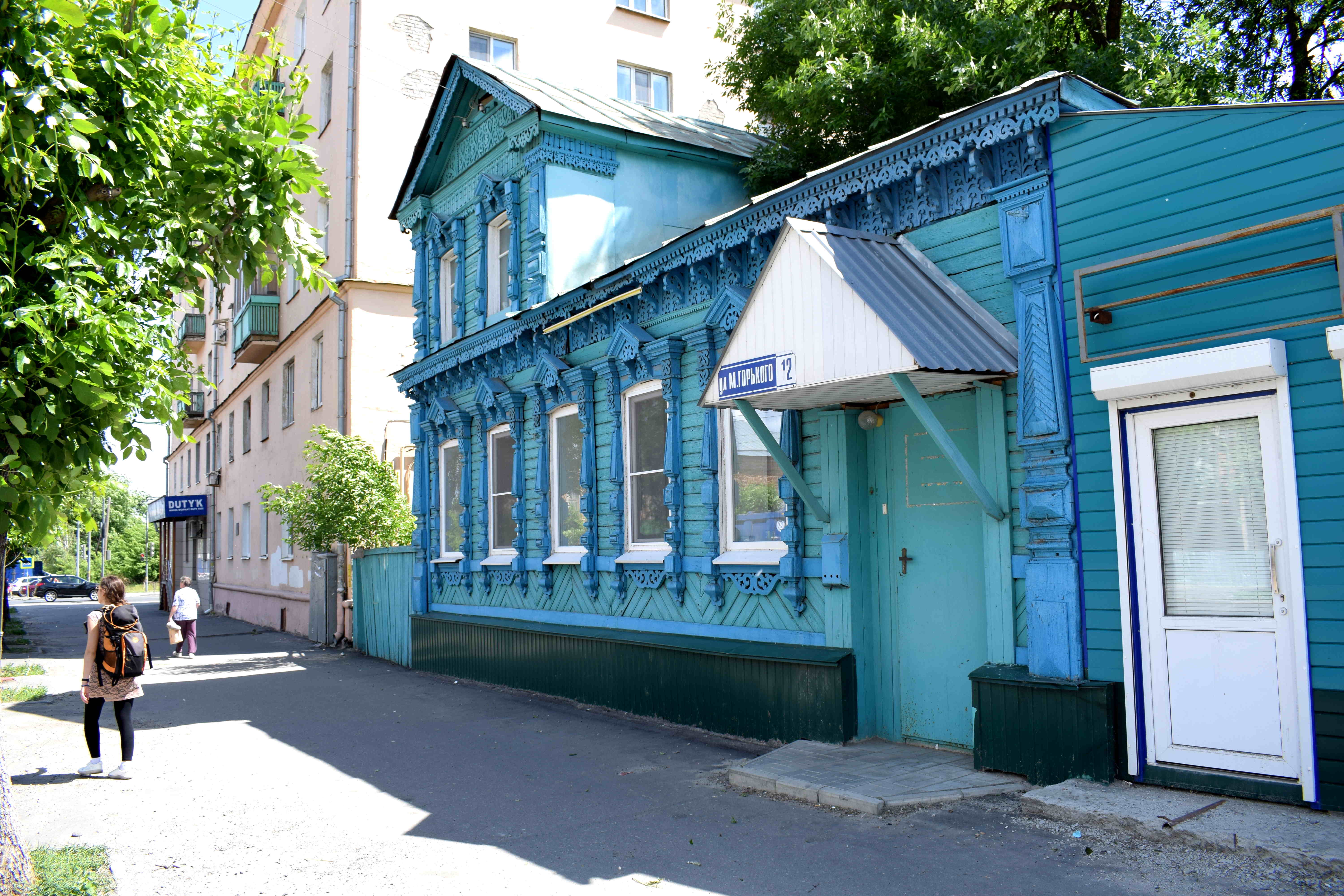 More examples of beautiful trees cut down and destroyed. There was a lot of construction going on in this part of Penza by the river. It’s very possible that buildings like these will be torn down soon.
More examples of beautiful trees cut down and destroyed. There was a lot of construction going on in this part of Penza by the river. It’s very possible that buildings like these will be torn down soon.
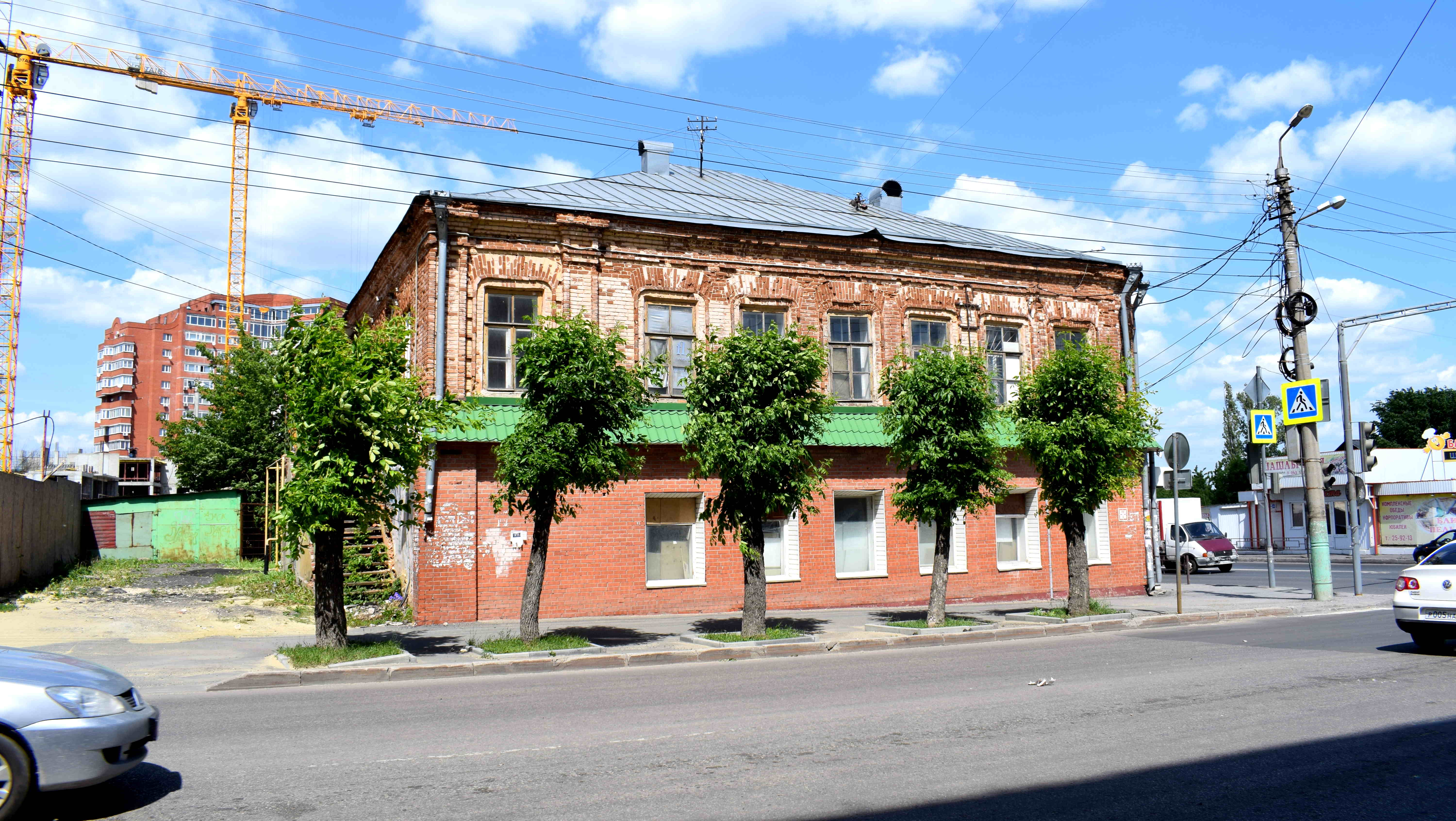 More wooden architecture.
More wooden architecture.
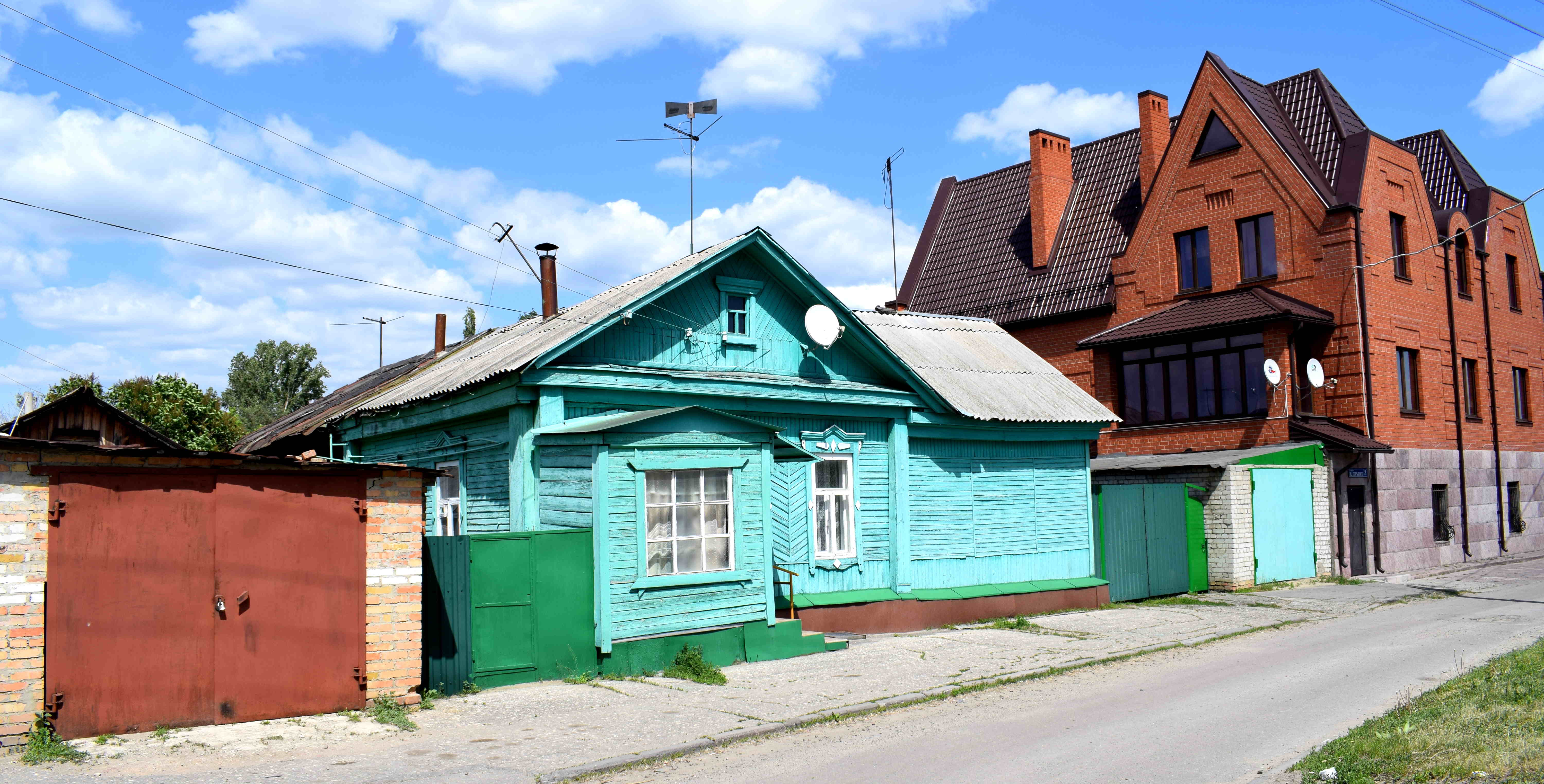 A pedestrian bridge over the Sura River.
A pedestrian bridge over the Sura River.
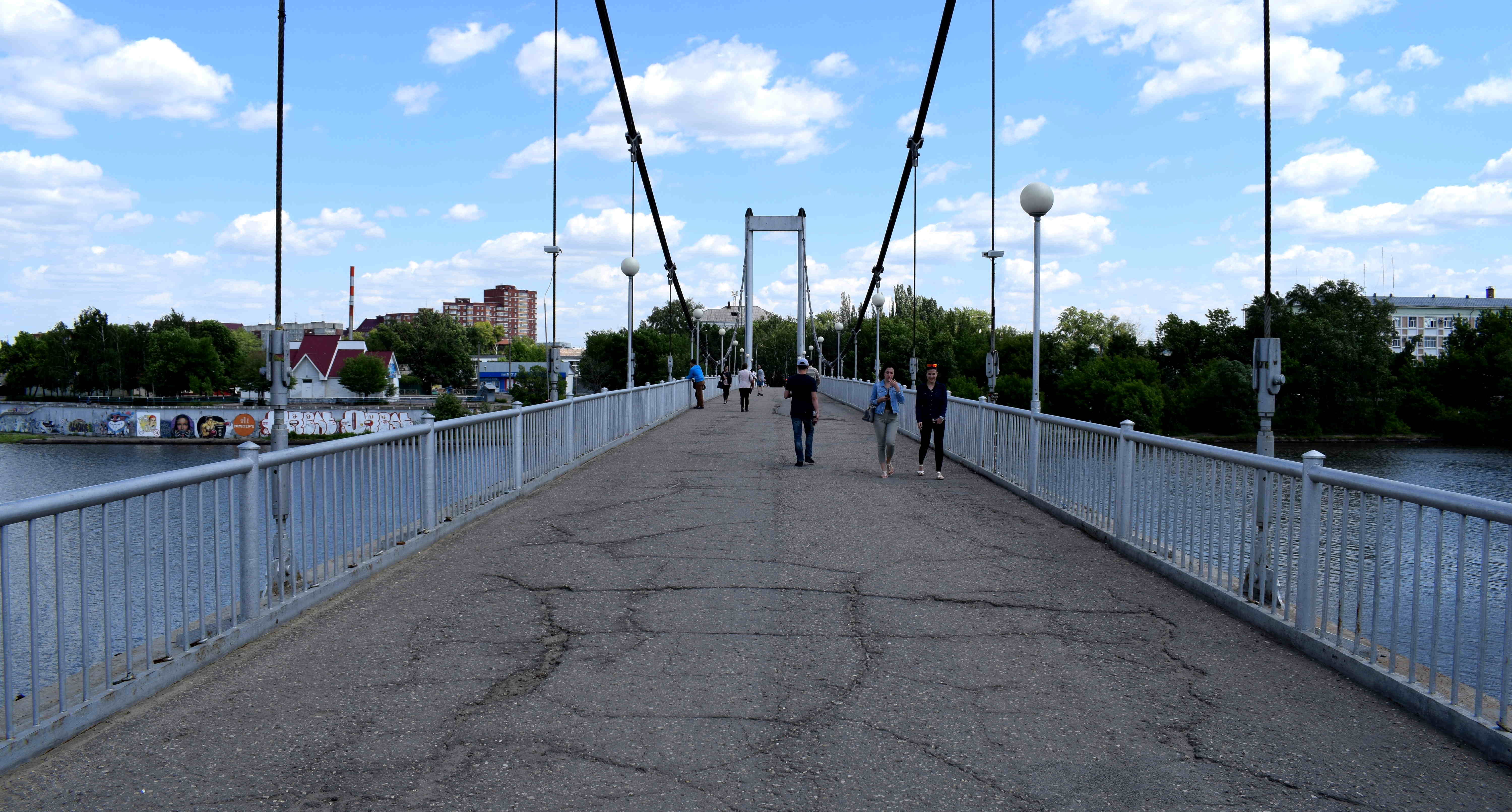 The Sura River. The left embankment was being reconstructed.
The Sura River. The left embankment was being reconstructed.
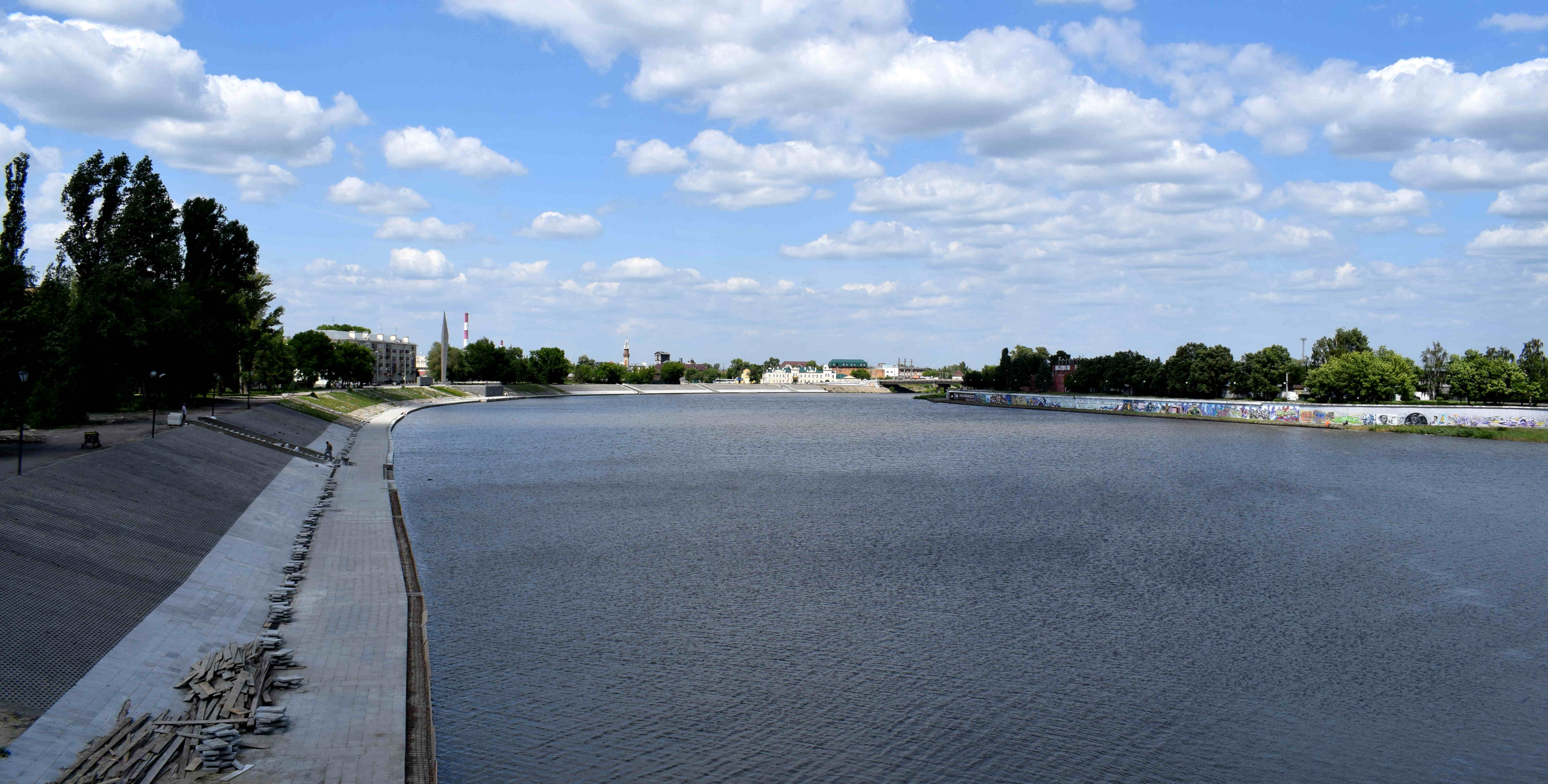 Heading back toward the center.
Heading back toward the center.
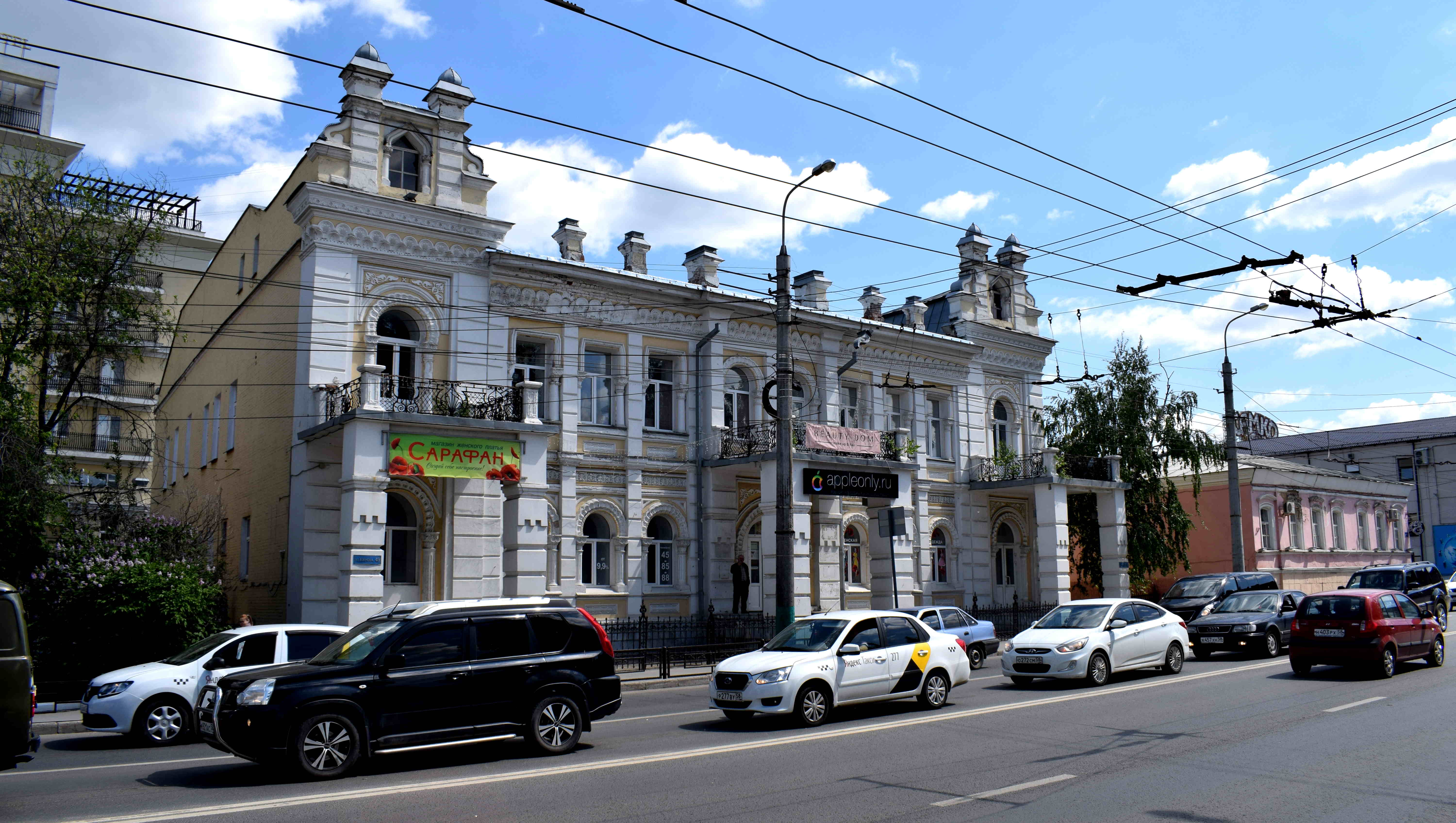 More trees that should never have been cut down.
More trees that should never have been cut down.
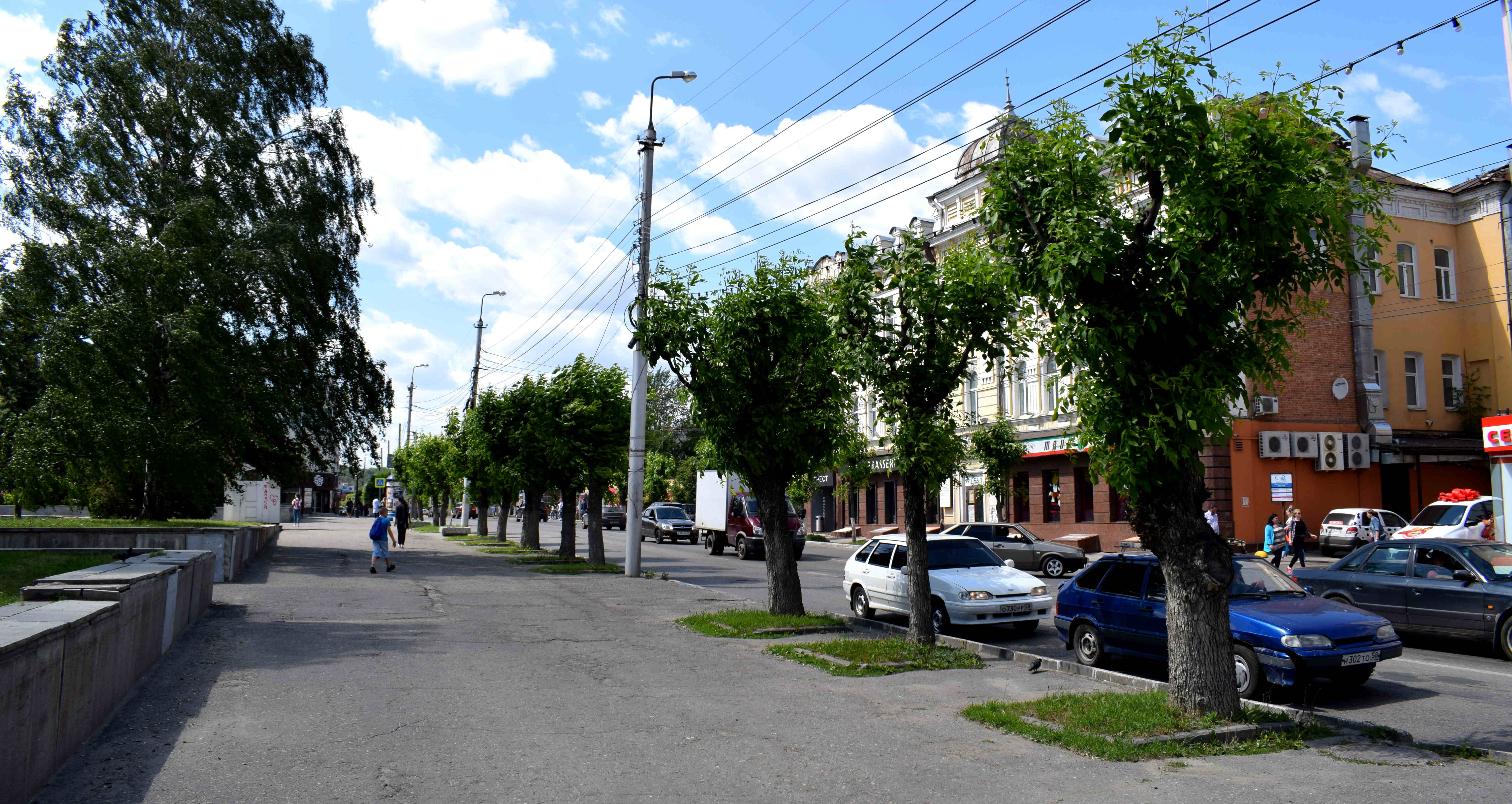 Back in the center on Moskovskaya Street.
Back in the center on Moskovskaya Street.
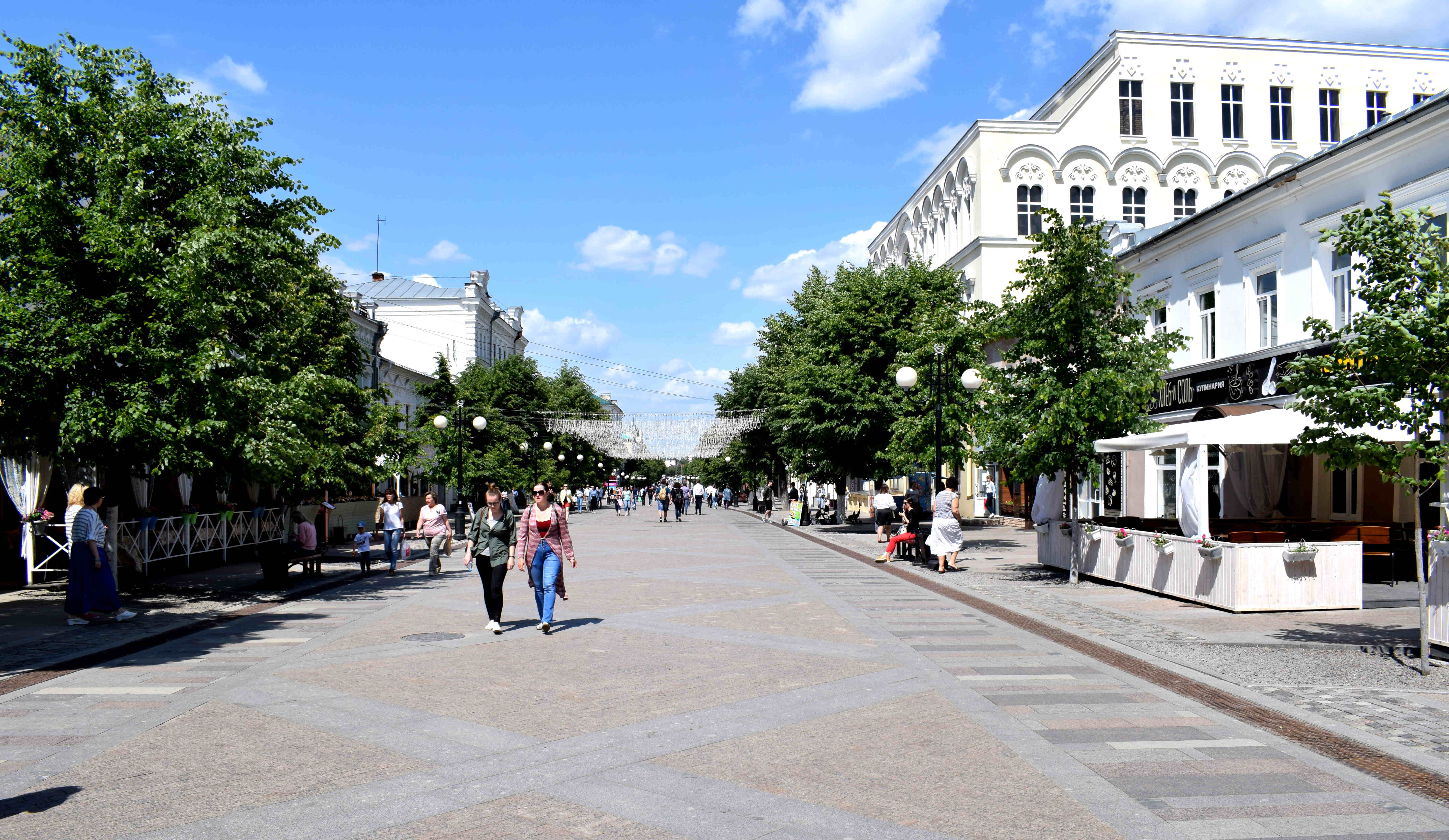 Eating bread in a local bakery.
Eating bread in a local bakery.
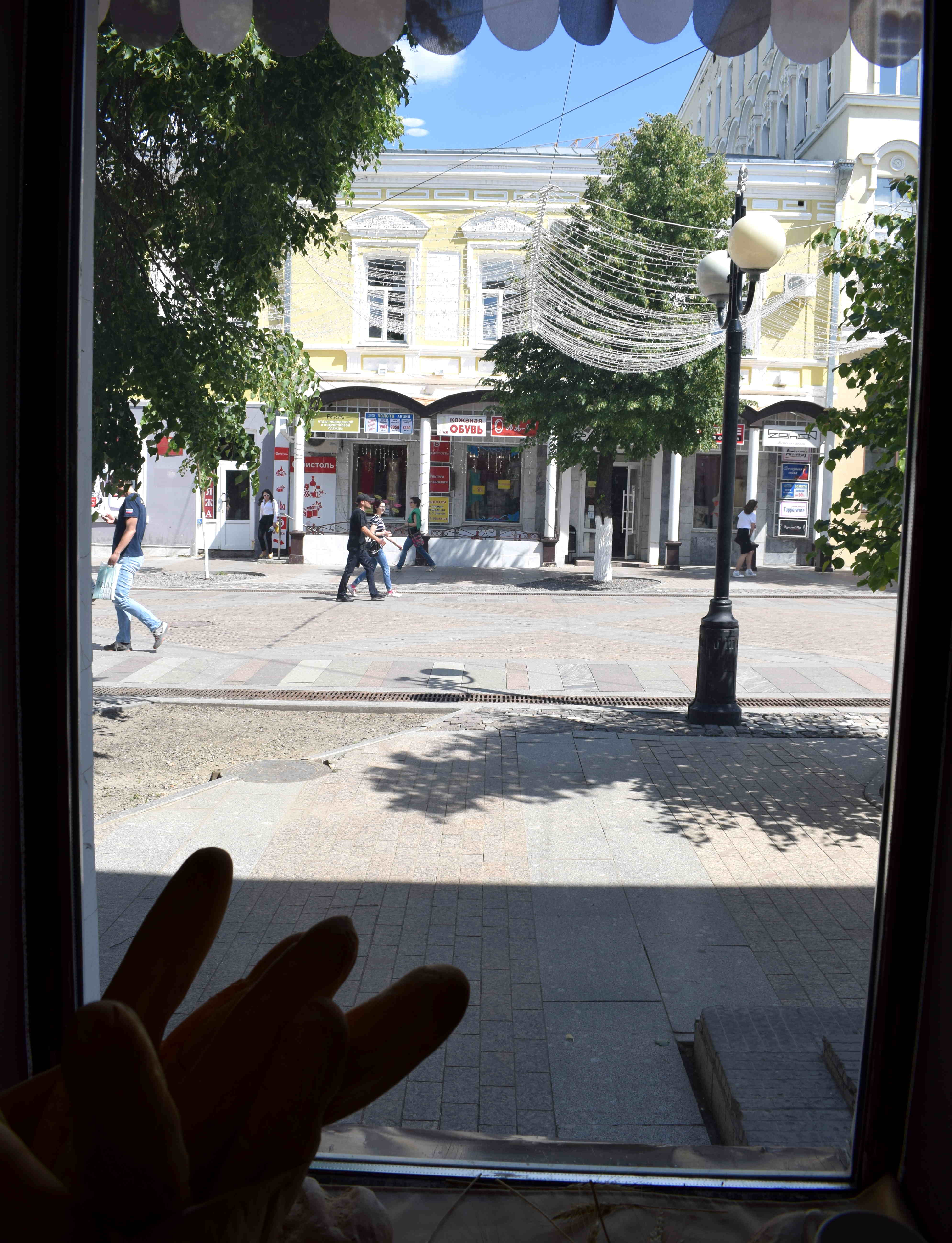 Street coffee.
Street coffee.
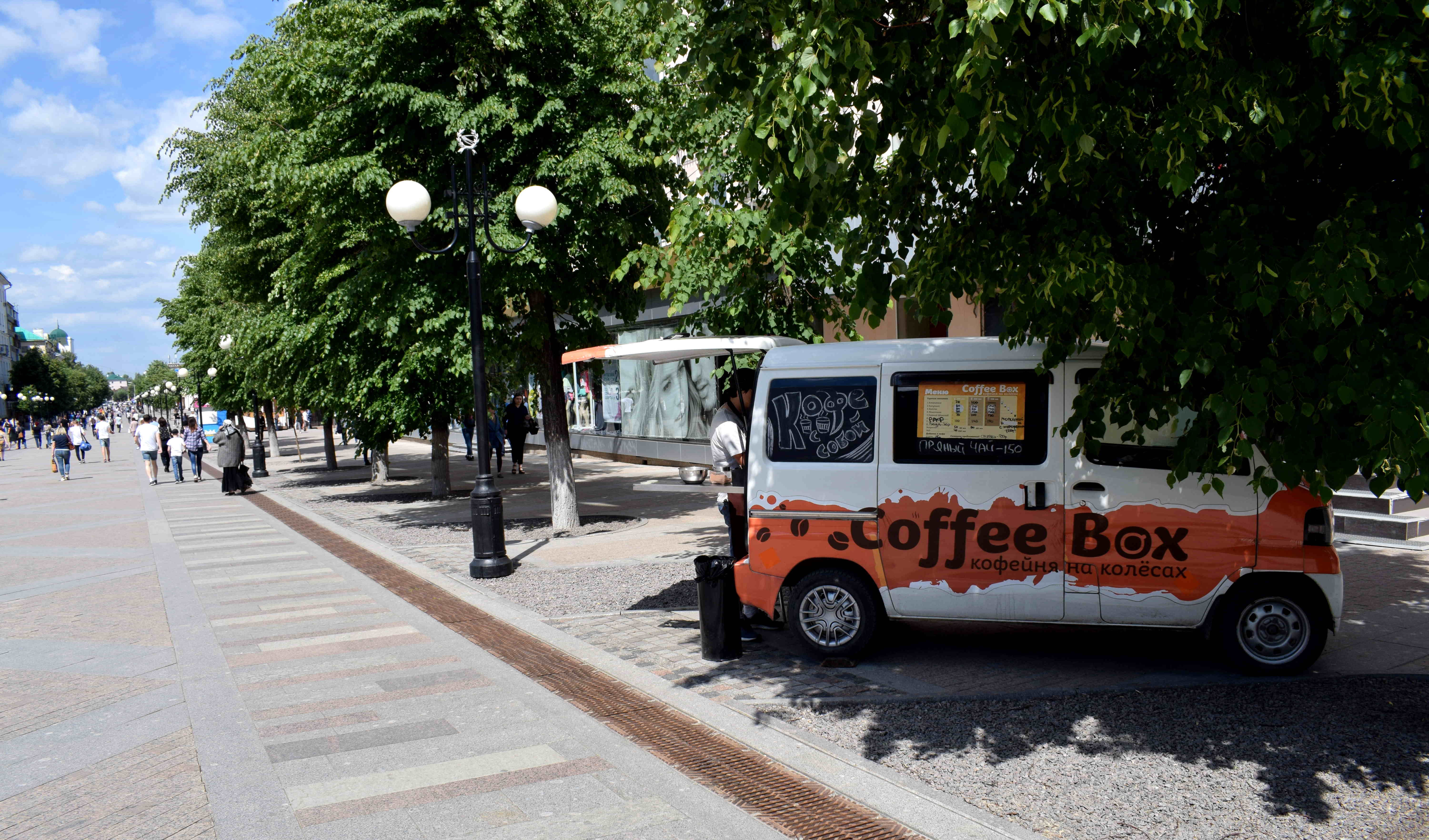 A beautiful khrushchovka located in the center of town.
A beautiful khrushchovka located in the center of town.
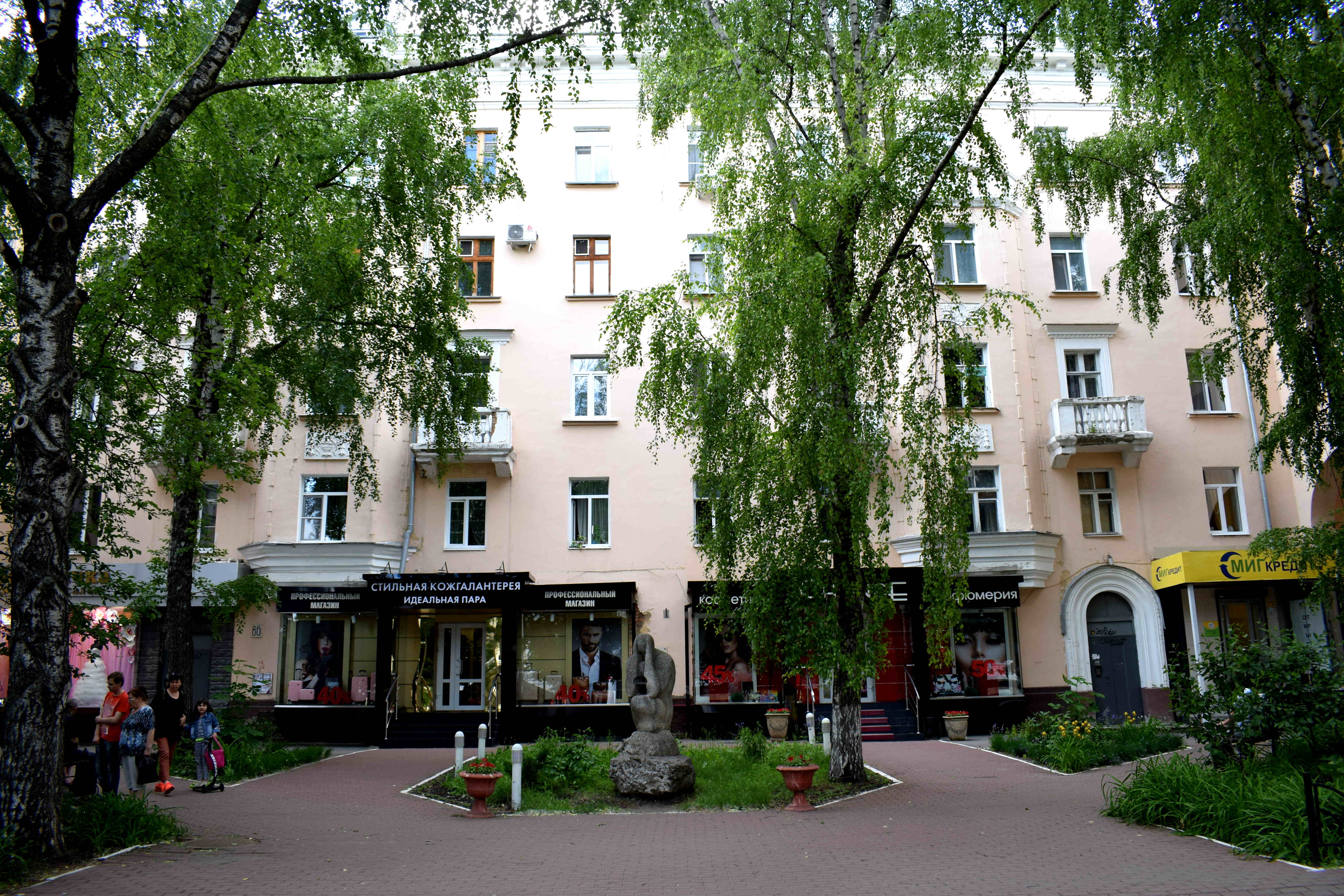 Back on the train headed to Samara.
Back on the train headed to Samara.
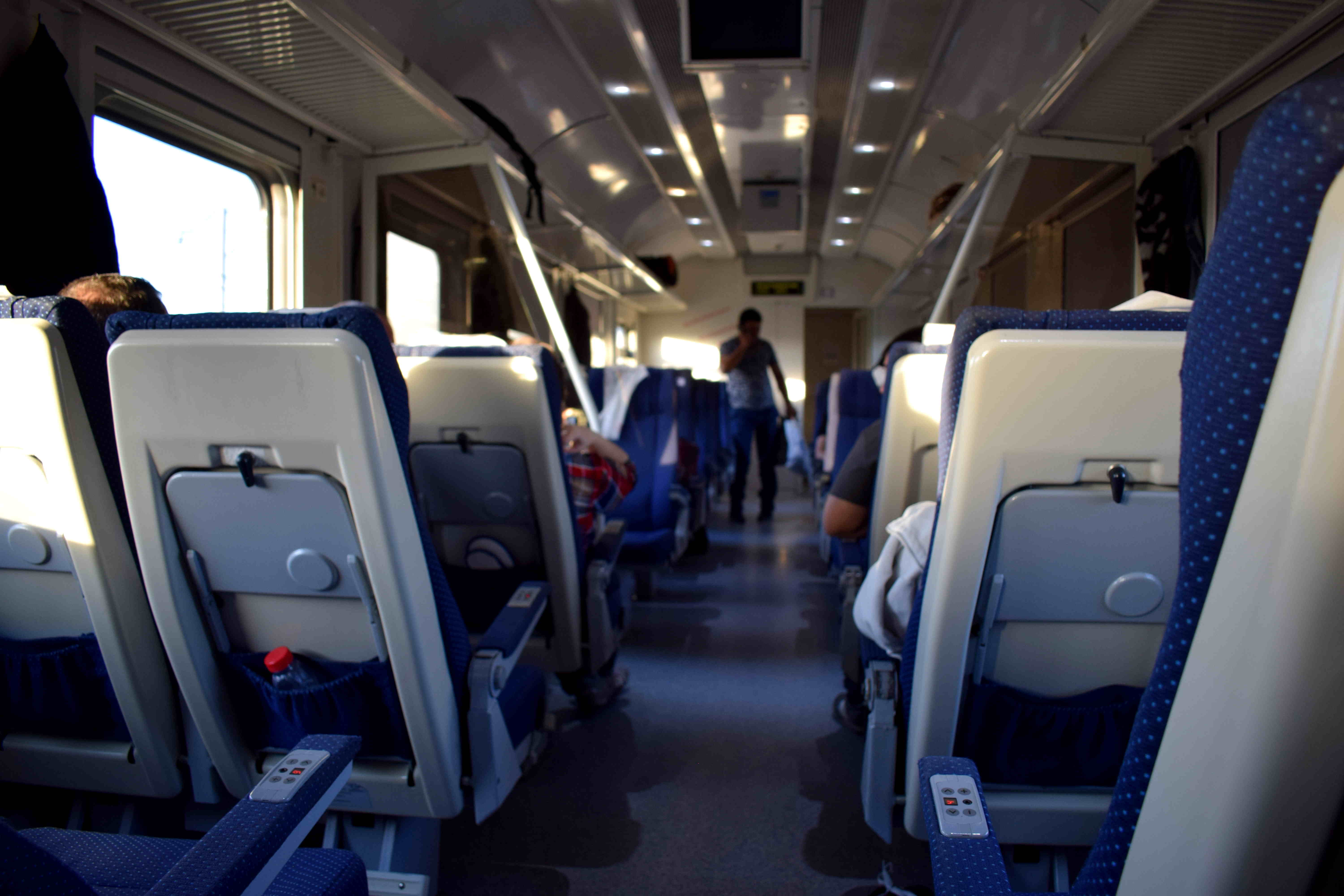 So what can I say about Penza? It’s awesome!
So what can I say about Penza? It’s awesome!
Just like with any country, to truly get to know it, you need to head outside of the tourist spots.
In Russia tourists tend to only visit Moscow and Saint Petersburg. They then head back home and that’s all they get to see of the country.
For years afterward when people ask them whether they have visited Russia, they will answer with a resound ‘yes’.
But I would argue they didn’t really visit Russia.
Because the real Russia is hidden in cities like Penza.
You have to head deep into the provinces to these smaller regional towns, towns that only a handful of tourists visit each year and where the majority of the Russian population lives.
Only in this way will you truly get to experience the real Russia.
After Penza we headed toward Samara, a city of 1 million people located on the Volga River. Stay tuned for an upcoming post on that city.

